▎ For more stories, please click the photos below.
Grand Hotel’s Secret Passageways : No. 1, Zhongshan North Road Section 4, Zhongshan District, Taipei City
At a time when public singing and dancing were banned in Taiwan, the Grand Hotel stood out as one of the few places where nighttime revelry was allowed. Shrouded in the threat of war with Communist China, the hotel constructed secret passages running east and west to provide for emergency escape routes and ensure the safety of President Chiang Kai-shek and his esteemed guests.
Taiwanese People’s Party Headquarters : No. 45, Tianshui Road, Datong District, Taipei City
Despite its seemingly ordinary appearance, 45 Tianshui Road is historically significant as the site of the former headquarters of the Taiwanese People’s Party—the first political party formed by Taiwanese people. Though the building has been demolished, standing on the spot invokes activist Chiang Wei-shui’s memorable phrase: “Compatriots must unite; true strength lies in unity.”
Yin Hai-kuang Residence : No. 1-1, Alley 16, Lane 18, Wenzhou Street, Da'an District, Taipei City
In the quiet and winding Alley 16 off Wenzhou Street stands the former home of philosopher Yin Hai-kuang, an advocate of liberalism. Despite being placed under lifelong surveillance for writing dissenting articles and advocating for the creation of an opposition party, Yin continued writing until his death in 1969.
Freedom Lane : Alley 3, Lane 106, Section 3, Minquan East Road, Songshan District, Taipei City
Cheng “Nylon” Nan-jung played a crucial role in Taiwan’s pro-democracy movement. This narrow alley was on his daily route to his magazine offices. Today, the Nylon Cheng Liberty Foundation is located on the third floor at No. 11, where it preserves the appearance of the editorial office where he set himself on fire when heavily armed police moved to arrest him.
Changqing Temple & Banyan Tree : No. 34, Jinjiang Street, Zhongzheng District, Taipei City
In an alley off Jinjiang Street stands Changqing Temple, a temple dedicated to the Earth God. Behind the temple stands an ancient banyan tree believed to be over 250 years old and with a circumference of over 10 m. This location was also the heart of the historical Guting Village.
Beitou Children’s Amusement Park : No. 2, Zhongshan Road, Beitou District, Taipei City
When winter arrives, Beitou becomes the destination of choice for Taipei residents seeking respite from the cold. Beitou Children’s Amusement Park is a facility attached to the former public baths built in the Japanese colonial era.
Hexing Coal Mine : Lane 471, Alley 150, Xinyi Road Section 5, Xinyi District, Taipei City
The term “coal mine” might evoke images of secluded villages in old movies, with mountain roads and rail cars shrouded in perpetual mist. It’s hard to imagine that the bustling Xinyi District contains Hexing Coal Mine, from the late Japanese colonial period. Despite its small scale, the mine gives a glimpse into the past prosperity of the mining industry in Taiwan.
Wufen Shangxi Mural : Opposite Lane 61, Kang Le Street, Neihu District, Taipei City
The next time you pass the natural boundary formed by Neigou Creek where Neihu meets Xizhi, take a look at the transformed natural environment, with its greenery, insect sounds, and bird calls. The riverside also features a cultural landmark: the Wufen Shangxi Mural.
Nangang Tea Exhibition Center : No. 336, Section 2, Jiuzhuang Street, Nangang District, Taipei City
On one side of the Dakeng River lies Jiuzhuang, on the other Xizhi. During the Qing Dynasty, Jiuzhuang attracted many Anxi tea farmers from China. Meanwhile, the area around Nangang Luoliao, surrounded by mist and clouds, was also the birthplace of Taiwan’s Baozhong tea. A faint aroma floats through the tea gardens, in this place that once played a crucial role in Taiwan’s tea, mining, and osmanthus industries.
Stargazing Rooftop Garden, Taipei Performing Arts Center : No. 1, Jiandao Road, Shilin District, Taipei City
CNN called the Taipei Performing Arts Center the most innovative architecture of the year, the Guardian praised it as the best architecture of the year, and Time Magazine mentioned it when listing Taipei as one of the World’s 100 Greatest Places. In addition to the performance space, the rooftop gardens are worth a visit.
Dah Hsian Seetoo Library, National Chengchi University : No. 36, Wanshou Road, Wenshan District, Taipei City
Search “Taiwan’s most beautiful library” on Instagram, and you’ll likely find recommendations for the Dah Hsian Seetoo Library at National Chengchi University in Wenshan District. Looking up at the towering atrium or gazing down from the top floor, one can admire the spectacular and beautiful layers of bookshelves spanning seven floors.
Nishi Honganji Temple Square : No. 174-1, Section 1, Zhonghua Road, Wanhua District, Taipei City
Nishi Honganji Temple Square is a place for relaxation and tourism, featuring a Japanese-style bell tower that’s great for taking photos and the former abbot residence where you can enjoy traditional Japanese sweets. Once upon a time, 341 households lived in this square, crowded in hundreds of corrugated-iron and wooden shacks.
Beitou Heart Village (main road to hot spring bathhouse) :No. 9, Lane 22, Xinmin Road, Beitou District, Taipei City
Up the hill from Xinbeitou metro station, away from the bustling Beitou Hot Spring District, is a tranquil area filled with greenery and buildings—Beitou Heart Village, which is Taiwan’s only military dependents’ village with hot springs. The main road leads to the most distinctive hot spring bathhouse in the village.
Shuicheliao Trail:adjacent to No. 29-1, Zhuzihu Road, Beitou District, Taipei City
Rice was cultivated in Zhuzihu in its early days, and during the Qing Dynasty what would later become the Shuicheliao Trail was a path used by locals to transport rice. After irrigation canals were dug, a farming village was established here. During the Japanese colonial period, the government decided to use this area to cultivate a new type of rice preferred by the Japanese, which was later named “Penglai rice”.
Sanjiaodu Ferry Terminal:adjacent to the levee at No. 145, Lane 2, Chengde Road Section 4, Shilin District, Taipei City
Formerly a ferry terminal for crossing the river to connect three locations (hence the name sanjiaodu, meaning three-way ferrying), it also served as a transportation hub connecting villages and providing a harbor for the boats local residents needed to make a living. However, after the first engineering works to straighten the Keelung River in 1965, use of the terminal gradually declined and the structure disappeared. Nevertheless, local fishermen still refer to this place as Sanjiaodu.
Abode of Maya (Chang Dai-chien Residence):No. 2, Lane 342, Zhishan Road Section 2, Shilin District, Taipei City
At the home of famous Taiwanese painter Chang Dai-chien, visitors can browse through stories of the last five years of his life. In line with Chang’s wishes, after his passing this picturesque location was donated to the country and is currently managed by the National Palace Museum.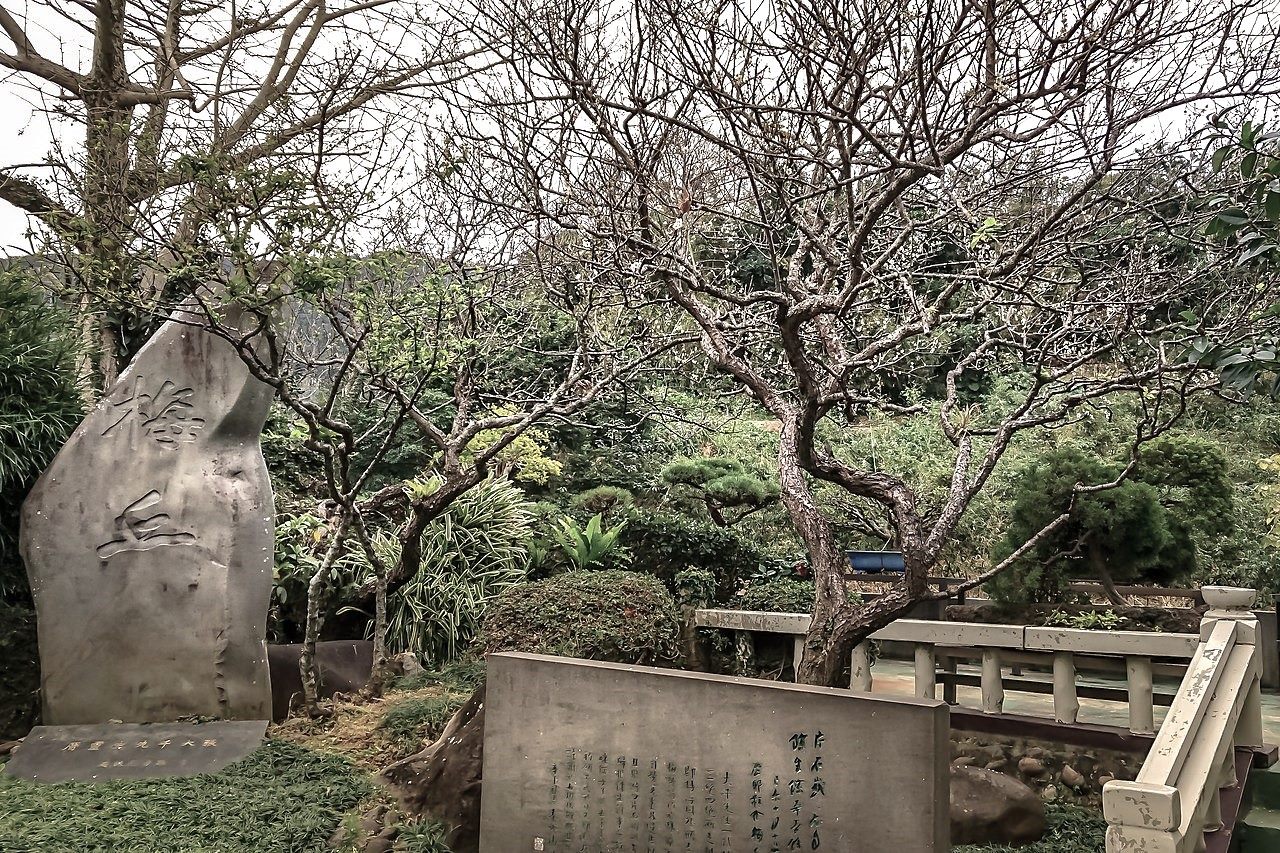
Bazhilan Fanzi Well:Nos 72–74, Lane 14, Zhongshan North Road Section 7, Shilin District, Taipei City
This old well, which still produces abundant water today, had already been built when Fujianese immigrants arrived here in the early 18th century. The well has a history of over three hundred years. Because the Han Chinese knew that it had been built by indigenous people, they referred to it as Fanzijing (“barbarian well”, coming from a derogatory term used for indigenous people at that time).
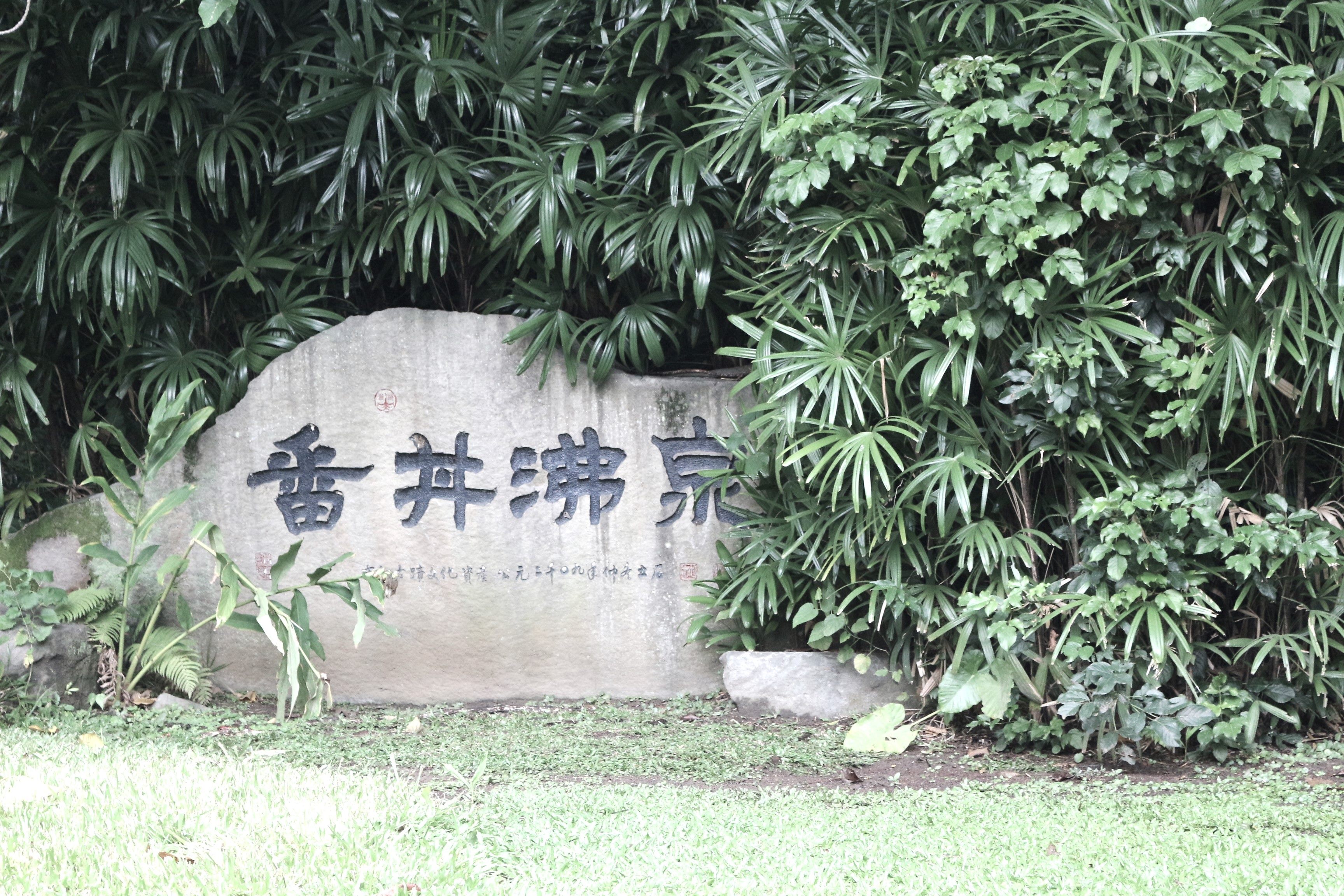
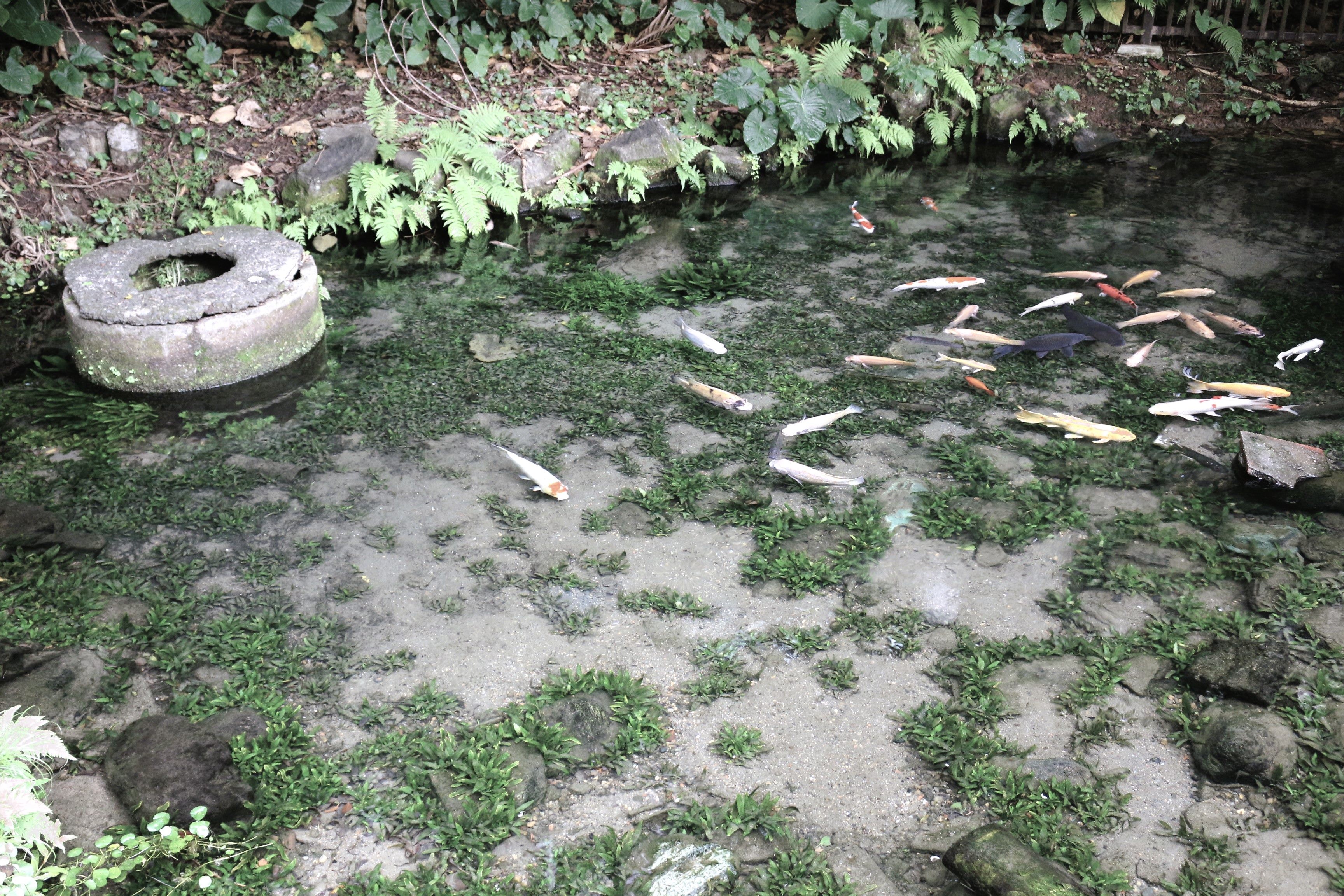
Zhishan Shrine Site (Yunong Exhibition Hall):No. 159, Yusheng Street, Shilin District, Taipei City
Although the Japanese colonial era Zhishan Shrine no longer exists, the 120-step staircase remains. On the site of the former shrine the Yunong Library now stands. The library was built by the post-war government in commemoration of Dai Li, courtesy name “Yunong”, who was a key figure in setting up R.O.C. intelligence units and a trusted confidant of President Chiang Kai-shek during the Second Sino-Japanese War.
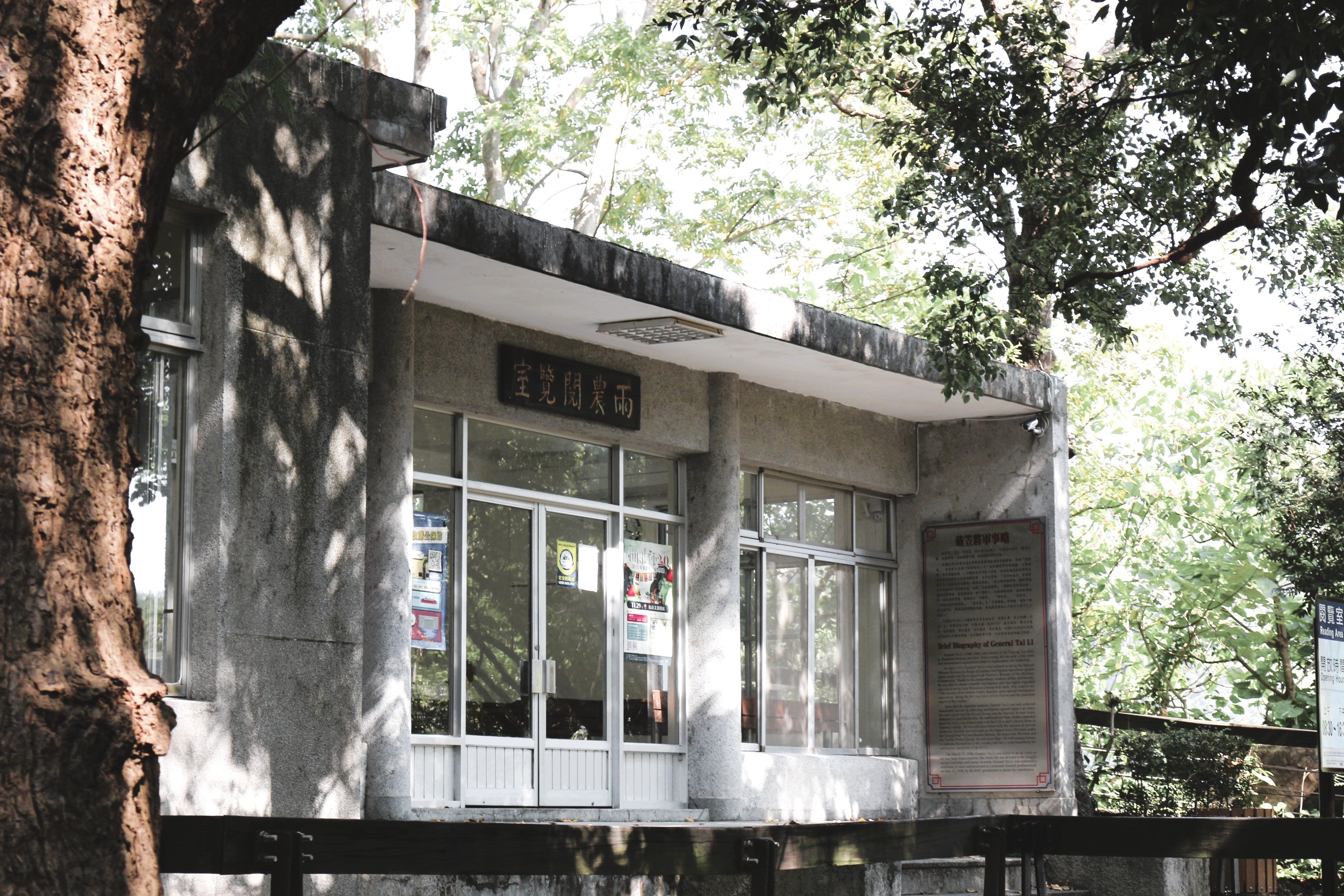
Taisho Town Art Festival Mural:adjacent to No. 102, Linsen North Road, Zhongshan District, Taipei City
Crossing a busy junction on Civic Boulevard into alleys that were planned during the Japanese colonial era. The hit drama series “Light the Night” is set in the 1980s, a time of economic resurgence in Japan, when many Japanese businesses were setting up companies in Taipei. The Hikari Hotel scenes in the series were filmed at the entrance of the Sugar Bar located in the alleys of Linsen North Road.
Jiantan Mountain (Yuanshan Water Shrine):adjacent to No. 82-1, Zhongshan North Road Section 5, Shilin District, Taipei City
Next to the bustling Shilin Night Market lies a hidden gem, the entrance to the Yuanshan Water Shrine hiking trail. The entrance is hidden away in the Taipei Water Department Yangming Branch Office car park. It’s only five minutes’ walk to see the old water facilities built during the Japanese colonial period, before going on to the Yuanshan Water Shrine.
Taiwan Presbyterian Church Dadaocheng Church:No. 40, Ganzhou Street, Datong District, Taipei City
Located on Ganzhou Street, this church was built entirely using funds donated by tea magnate Li Chunsheng during the Japanese colonial period. For devout, wealthy connoisseur Li Chunsheng, full devotion meant using the best building materials and the most beautiful designs. In May 2002, then Director-General of the Department of Cultural Affairs Lung Ying-tai and others intervened to prevent the church from being demolished. It was decided to relocate and restore the building.
Jiahe New Village (Mayday Wall):No. 1, Lane 131, Yongchun Street, Zhongzheng District, Taipei City
In the bustling Shida shopping district, follow the directions to the riverbank, passing through the bustling Tingzhou Road and arriving at Yongchun Street behind the Tingzhou Branch of Tri-Service General Hospital. This street contains a hidden gem: Jiahe New Village. The red gates, brick walls, and old trees in the alleyways have drawn numerous music video, film, and television productions, such as Mayday’s “People Life, Ocean Wild” and the dramas “They Kiss Again”, and “The Way We Were”. The so-called Mayday Wall (a mural depicting the members of the band Mayday) in particular has become a prominent photo spot.
General Sun Li-jen Residence:No. 136, Nanchang Street Section 1, Zhongzheng District, Taipei City
During the Japanese colonial period, this was the official residence of high-ranking colonial officials and was sometimes used to host foreign guests. After the Second World War, this mansion became the residence of the Chief of the Army General Staff. The first general to reside here was the renowned General Sun Li-jen, who was later stripped of his military powers by the president. This residence was subsequently transformed into the Army Officers’ Club, and following democratization it was opened to the public in the 1990s.
Rishan (Air Raid Shelter) Park:No. 65, Dongyuan Street, Wanhua District, Taipei City
This park represents a compressed history of the local area. During the war from 1944 to 1945, there were approximately 15,903 aircraft sorties and around 120,000 bombs dropped during air raids. In the early stages of post-war Taiwan, aircraft were relocated to the Taipei Technical Institute. The park retains the stone walls from the Japanese colonial period and the remnants of air raid shelters from the Second World War, serving as a reminder of the air raids and underlining the value of these historical relics.
Qingyun Building:No. 20, Alley 6, Lane 5, Huanhe South Road Section 2, Wanhua District, Taipei City
Apart from being a landmark of the red light district during the Japanese colonial period, the Qingyun Building was also the largest entertainment venue in Taiwan at that time. Today, it has been transformed into a vibrant cultural space. The exterior retains its magnificent appearance, while interior architectural details have also been meticulously preserved. The preservation and restoration team has carried out work on many elements of the building in a way that stays faithful to the cultural history behind it.
The Iso Eikichi Hut, NTU Campus:No. 42, Lane 42, Keelung Road Section 4, Da'an District, Taipei City
The phrase “The Story of Taiwan Rice” is printed on the curtain of a wooden hut, telling everyone who visits or passes by the story of the birth of Penglai Rice, the sticky, high-yield rice that is a staple in Taiwan. Iso Eikichi and his partner Suenaga Megumu dedicated their lives to research on rice cultivation, often discussing how to improve agricultural methods in this very hut. In 1925, they successfully developed Penglai Rice and changed the face of agriculture in Taiwan.
Mongolian and Tibetan Cultural Center:No. 3, Lane 8, Qingtian Street, Da'an District, Taipei City
Lobsang Pelden Tenpe Dronme, the Seventh Janggya Hotogtu, was born in Qinghai Province in northwest China. One of the four greatest living buddhas of Tibetan Buddhism, the Seventh Janggya Hotogtu’s life was upended by the wars of modern East Asia and he was forced to migrate eastward and southward until he finally settled in a corner of southern Taipei City. He spent his last eight years in the alleys of Qingtian Street. In accordance with his will, his residence was donated and became the present-day Mongolian and Tibetan Cultural Center.
Huanan New Village:No. 17, Lane 65, Xinguang Road Section 1, Wenshan District, Taipei City
The main feature of Huanan New Village is its two-storey, semi-detached red-brick houses. The village has served as a location for the filming of many dramas and TV series, including A Sun and The Teenage Psychic. Sunlight spills onto the red gates, and the traces of weathering reveal a warmth . This was the first university-managed dormitory to do away with gender-based segregation, breaking down barriers and opening a new chapter in standards of living in Huanan New Village.
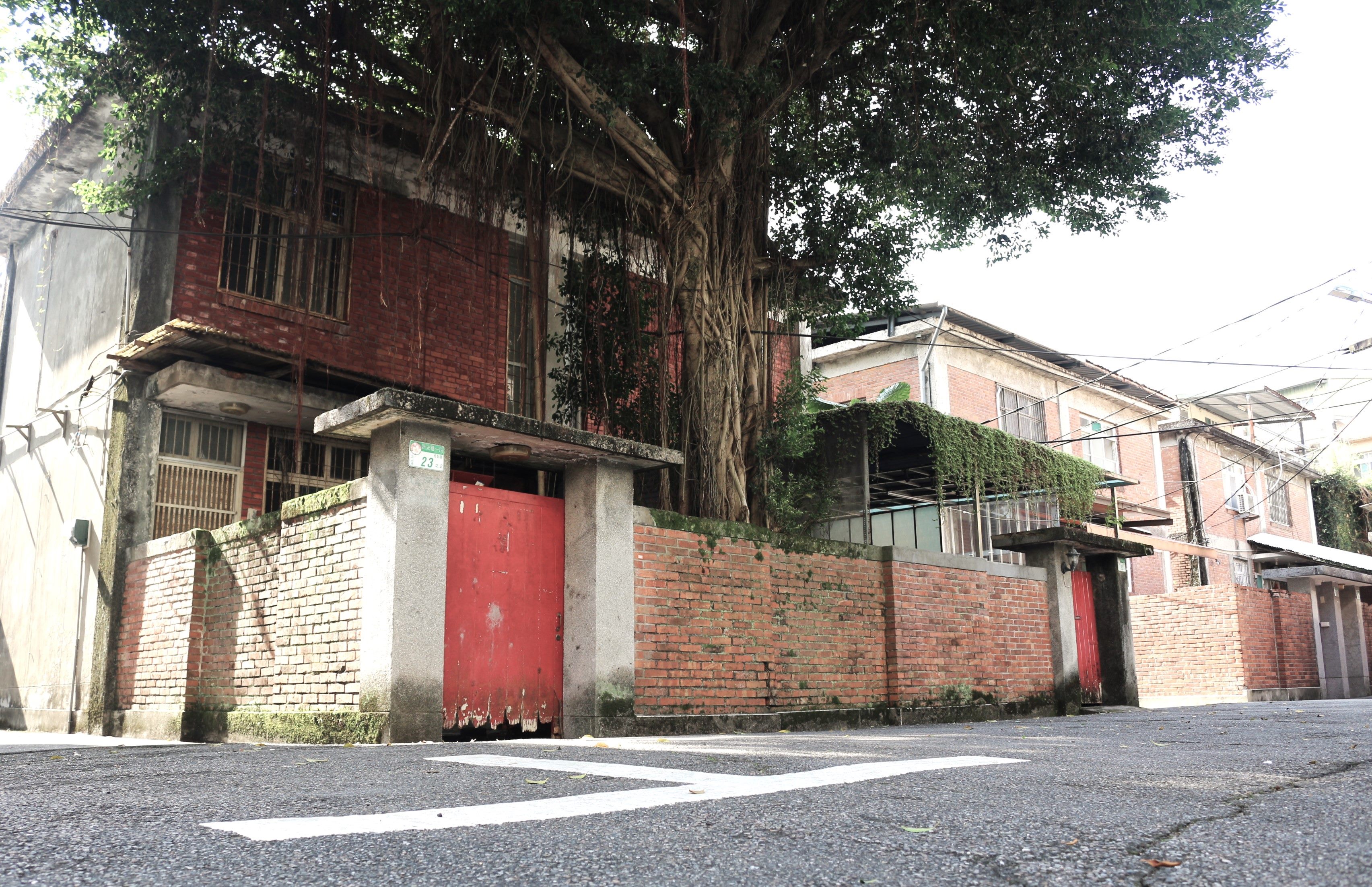
Xiaokengxi Literary Trail (Xiaokeng Centennial Tudigong):No. 210, Lane 210, Zhengda 1st Street, Wenshan District, Taipei City
Next to the century-old Fude Temple in Xiaokeng stands a remarkable tree, eight stories high and with a canopy spanning up to 250m2. This ancient tree is believed to have been planted during the Qing dynasty in the mid-19th century, making it almost two hundred years old. The Xiaokengxi Literary Trail is named for the numerous poetic landscapes on both sides.
Jingmei Neighborhood Activity Center:No. 13, Lane 57, Yueying Street, Wenshan District, Taipei City
Jingmei Old Street has a different air from the bustle of nearby Jingmei Night Market. In this serene environment, your pace naturally slows as you savour the moment. As you turn into Yuying Street’s Lane 57, you are greeted by nostalgic sight of military dependents’ houses.
“This used to be military dependents’ housing,” says the neighborhood chief cheerfully. “When residents moved out, it became vacant space, and later on it was transformed into the Jingmei Neighborhood Activity Center.”
Xikou (Rainbow) Wharf:left bank of the Keelung River at Chengmei Riverside Park (next to Songhe Street, near the No. 4 Water Gate entrance), Songshan District, Taipei City
As far back as 200 to 300 hundred years ago, this area was a key transportation hub. At that time, a ferry port operated here for commercial purposes, its prosperity second only to Wanhua. When the Qing dynasty Governor-General of Taiwan Liu Mingchuan planned the railway lines in Taiwan, he naturally set up a station here. The ensuing Japanese colonial period saw several rounds of expansion, and with transportation and industrial development, river transport was no longer the main mode of transportation, which led to the decline of the ferry port.
Songshan Cultural and Creative Park (Songshan Tobacco Factory Song Monument):No. 133, Guangfu South Road, Xinyi District, Taipei City
The Songshan Tobacco Factory Song Monument is an important monument to the Songshan Tobacco Factory song. It stands on the left of the entrance to the Taiwan Design Museum at the park entrance. The inscription on the monument was composed by lyricist He Zhihao, who came to Taiwan in 1949 and once held the position of Lieutenant General in the R.O.C. Army. The song consists of 73 characters and celebrates Songshan Tobacco Factory, the shining star in Taiwan’s economic history, which achieved a production value of up to NT$21 billion.
Tiaomi Old Trail:No. 100, Alley 600, Wuxing Street, Xinyi District, Taipei City
Located in the southeast of Taipei City, Wuxing Street can be described as a bustling but atypical street. The front part houses a lively market open from morning till night. However, after a turn, the middle and back sections lead to a tranquil area that resembles a small village. A 500-step stone stair trail leads approximately 700 metres into the mountains. This trail was once a shortcut for the transport of rice to Nangang, Muzha, Shenkeng, Jingmei, and other areas, and is also known as Tiaomi Old Trail.
Hu Shih Memorial Hall:No. 130, Yanjiu Road Section 2, Nangang District, Taipei City
Hu Shih, one of the founders and leaders of the New Culture Movement in China, is known from school textbooks for having a mother who had a profound influence on his approach to life. However, less well known is that during the last three years of his life, this important figure in the intellectual history of the Chinese-speaking world actually lived in a Western-style house in Taipei (the house which subsequently became the Hu Shih Memorial Hall).
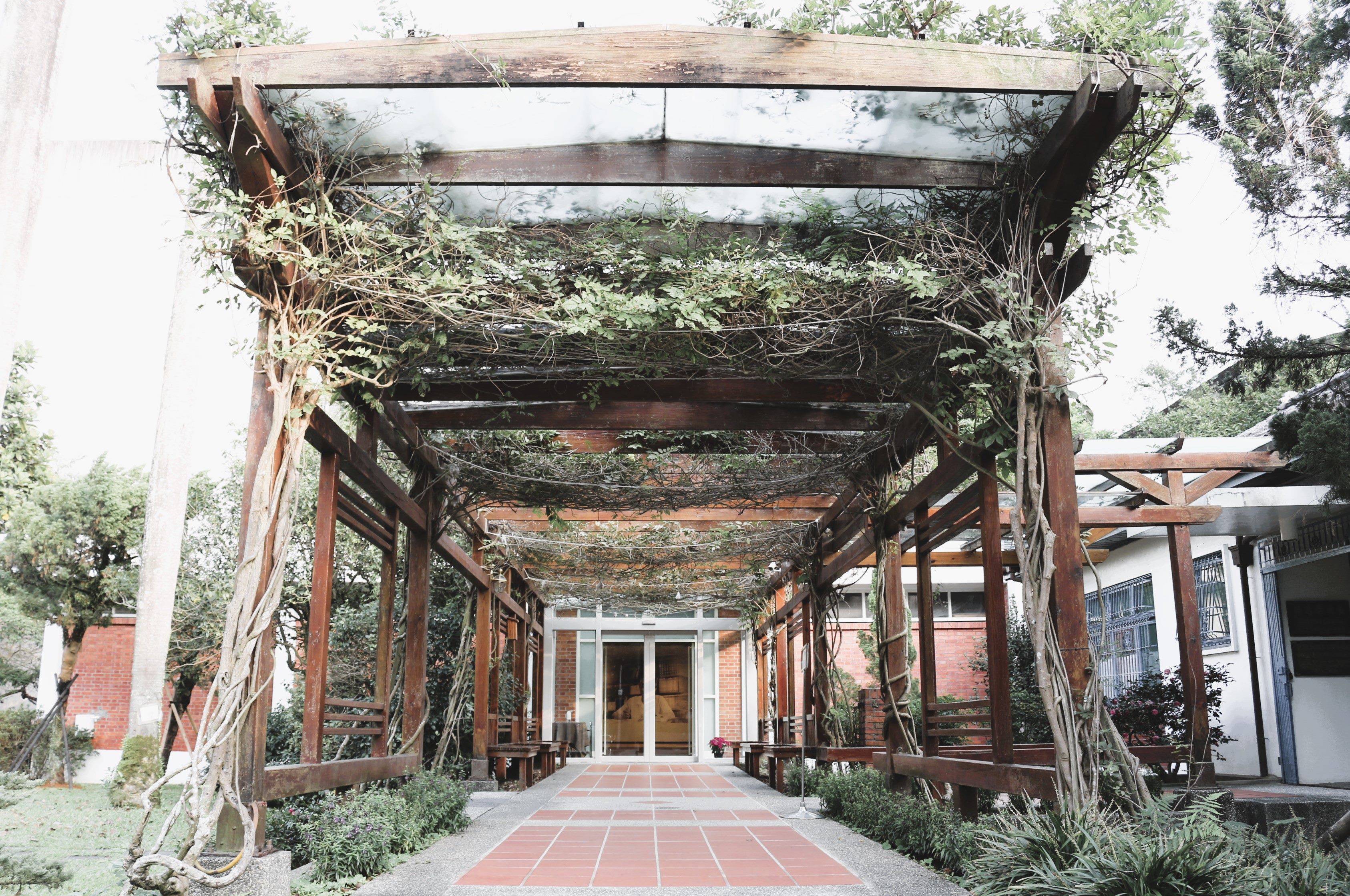
Xinfu Main Pit: No. 131, Lane 131, Dahua Street, Neihu District, Taipei City
Xinfu Main Pit has borne witness to a century of mining history. The reconstructed mine carts and tracks allow you to embark on a small adventure, imagining yourself as one of the diligent miners who worked here. Like many mines in Taiwan, this one closed after a mining accident that claimed the lives of thirteen miners. Although the Taipei of today is modern and glamorous, its rapid economic growth was built on many tales of sorrow. The mine is a reminder of the sacrifices of those who went before us.
Tianshui Yuanyang Lake: No. 44, Lane 44, Bishan Road, Neihu District, Taipei City
Located on Dalun Tou hill in Neihu, Tianshui Yuanyang Lake boasts abundant emerald green water. It is hard to imagine that less than twenty years ago, this place was a muddy pond covered in dry weeds. In the two-year clean-up project that only started in 2008, the city government eschewed the use of conventional cement, which is easy to use but bad for the environment, opting instead for a highly waterproof and environmentally friendly bentonite liner to repair the lake bed. The restoration was a success, and the restored pond was transformed into a secluded haven known to only a few people.
Qilian Quarrying Cultural Display Wall: Opposite No. 380, Donghua Street Section 2, Beitou District (near Qilian Metro Station, Exit 2)
Known for its refractory properties, locally quarried Qilian stone was a commonly used building material from the Qing Dynasty to the Japanese colonial era. It was also used in the construction of furnaces for the smelting and glass ceramics industries. Stone quarrying in Qilian gradually declined after it was banned in the 1970s. Located next to Qilian Metro Station, the Qilian Stone Quarrying Cultural Display Wall not only showcases preserved stone walls but also presents the history and tools of the stone quarrying industry.
Caoshan Waterway (Sapphire Springs) : At the entrance to Tianmu Historic Trail at Lane 12, Aifu 3rd Street, Shilin District, Taipei City
Completed in 1932, the Caoshan Waterway became the second water source for the Taipei area. The Yongquan Terrace, a stone structure, houses the Sapphire Spring, which is rich in minerals. The spring water is naturally filtered through andesite and acquires a sapphire-like lustre that creates a picturesque scene with the stone structure.
Old Shuangxi River Trail (Wufengang Creek) : Adjacent to Fenyang Wuwangsheng Temple at No.500, Lane 109, Chengde Road Section 7, Beitou District. Also adjacent to the Beitou Refuse Incineration Plant Swimming Pool at No. 271, Hemei Street, Beitou District
Wufengang Creek was once part of the lower reaches of Shuangxi River, creating a fertile sandbar separated from the Keelung River, with vast rice fields rarely seen in Taipei City. In recent years, volunteers from the Beautiful Waterways Association have taken on environmental clean-up duties. The association also organizes a range of guided tours, walks, and promotional activities, all aimed at transforming this area into Taipei’s most beautiful river.
Guandu Nature Park: No. 55, Guandu Road, Beitou District, Taipei City
Located at the confluence of the Danshui and Keelung Rivers, Guandu Nature Park is a wetland ecological nature reserve that has received international recognition and is home to a rich diversity of migratory waterbirds and native species. Since 2006, the park has held the annual conservation-focused Guandu International Nature Art Festival. International artists are invited to use natural materials to present outdoor installations that can form a space for dialogue about humans, art and nature.
Taiwan New Cultural Movement Memorial Museum : No. 87, Ningxia Road, Datong District, Taipei City
The Taiwan New Cultural Movement Memorial Museum occupies a building that was formerly the rebuilt North Taipei Police Station, which was completed during the Japanese colonial era. The fan-shaped detention rooms and water dungeon within the police station were used to detain and torture hooligans, thieves, unemployed people, illegal opium users, gamblers, and political prisoners.
Puppetry Art Center of Taipei (Storage): 2F., No. 99, Civic Boulevard Section 5, Songshan District, Taipei City
When Dr. Lin Ching-fu, chairman of the Taiyuan Arts and Culture Foundation, donated his decades-long personal collection of puppets to the Puppetry Art Center of Taipei, it became a rare institution in Taipei with storage, exhibition, and theater facilities all under one roof. The center has long collaborated with schools and organizations to promote exhibitions of its collection, performances, and educational activities.
Winding River, Flourishing Flowers, Dome of Light, Songshan Metro Station: No. 742, Bade Road Section 4, Songshan District, Taipei City
On the ceiling of the lofty concourse at B1 level, the artwork Winding River, Flourishing Flowers, Dome of Light by Chiang Yang-huei depicts Songshan’s rich cultural landscape using over 50,000 LED lights. Arranged vertically, the tubular lights represent the undulating terrain and meandering paths of ancient rivers. A giant crystal light sculpture conveys the imagery of flowers in bloom and the dynamic force of life.
Echo Publishing Co. (Hansheng Lane): No. 1, Alley 16, Lane 72, Bade Road Section 4, Songshan District, Taipei City
The Hansheng Lane bookstore is located in the alleyway off Bade Road, next to Civic Boulevard. A huge statue of an ink brush engraved with the characters漢聲 (“Hansheng”) stands before an automatic door with a unique, gourd-shaped design. This peculiar entranceway symbolizes that what is sold—culture—is to be taken in the manner of a cure. While Echo Publishing no longer releases new publications, the books and magazines on display in the store still reflect the historical strivings of Taiwanese intellectuals.
Guo Ziyi Memorial Hall: No. 19, Lane 267, Wende Road, Neihu District, Taipei City
Also known as Neihu Red House and Neihu Kuo Family Estate, this Minnan-style Western house features the traditional Taiwanese layout of a central main section and two wings, but also incorporates elements of Western Baroque in the protruding curved balcony on the second floor. The square tiles at the center of the white-washed terrazzo were introduced to Taiwan from Japan during the mansion’s construction in the 1920s and became frequently used in the building of residential houses and temples.
Shuangji Banyan: Lane 113, Xiamen Street, Zhongzheng District, Taipei City
The Shuangji Banyan stands quietly at the intersection of Xiamen Street’s Lane 113 and Tong'an Street. This old tree has witnessed the rise and fall of the surrounding publishing houses and bookstores, as well as the lives of many literary figures. This banyan tree carries countless stories and memories, much like the infinite tree of literature.
Taipei Museum of Drinking Water & Guanyinshan Reservoir: No. 1, Siyuan Street, Zhongzheng District, Taipei City
Poor sanitary conditions causing disease among troops plagued the Japanese authorities during the Japanese colonial period. Goto Shinpei, a sanitation advisor from the Taiwan Governor-General’s Office, invited Scottish engineer William Burton and his student Hamano Yashiro to survey various locations across Taiwan and select sites for the construction of waterworks. They chose the current site of the Taipei Water Park, constructing a large reservoir capable of supplying water to approximately 150,000 people. Situated high up on Gongguan Guanyin Mountain, the water flowed naturally down into the city under the pull of gravity.
Site of the Second Branch of Wulixue Canal: Lane 45, Wenzhou Street, Da’an District, Taipei City
Wulixue Canal is the oldest of Taipei’s historical canals. It runs through Gongguan to the area around Wenzhou Street, where it divides into nine branches at Jiubiantou, three of them major branches. The one currently flowing by Lane 45 of Wenzhou Street is the second branch of the canal. Only a short section of the original open canal remains. Thanks to the efforts of the local district chief, it has been transformed into a community field where residents can grow things together.
Taipower Spider Tree: No. 30, Lane 283, Section 3, Roosevelt Road
In the 1970s, Taipower employee Chen Wen-wang gave a tree branch to his apprentice, Chen Lin-jin. Thinking the branch came from a Bodhi tree, they planted it in a symbolic act meant to wish for the success of the Taipower construction. They took turns diligently caring for the tree for 15 years, until it finally blossomed. Much later, students from the nearby National Taiwan University picked some blossoms, analysed them and realized that the tree, long thought to be a Bodhi tree, was in fact a spider tree from Oceania.
Forestry Section Dormitory Complex of the Government-General of Taiwan, 0kmTaipei: No. 21, Lane 203, Jinshan S. Road Section 2, Da’an District, Taipei City
In the 1930s, the Forestry Section of the Government-General of Taiwan set up and gradually developed an employee welfare organization, the Forestry Mutual Aid Association, to provide staff housing for its employees. In 2006, following public advocacy, the Forestry Section Dormitory Complex of the Government-General of Taiwan was designated by the Taipei City Government as a municipal heritage site and historical building. After more than a decade of research and restoration, the historical significance of the dormitory complex has been reclaimed and the site is now open to the public, allowing people to appreciate its charm firsthand.
Yangmingshan Chungshan Hall ("Feng Shui Tree")_No. 15, Yangming Road Section 2, Beitou District, Taipei City
In the courtyard of the Qingcun Guojian Hall in front of the Zhongshan Hall archway stands a sweetgum tree known as the “Feng Shui Tree”. It is said that the location of Zhongshan Hall was chosen because of this tree, which gave rise to the saying, “First came the Feng Shui Tree, then came Zhongshan Hall”. This urban legend of a so-called “Imperial Axis” adds an air of mystery to Zhongshan Hall.
Lane 22, Xiaobei Street_Lane 22, Xiaobei StreetShilin District, Taipei City
Lane 22 of Xiaobei Street, which is behind Defu Clinic where Xiaobei Street meets Shilin Roundabout, was also known as Chuanwu Alley (“Through House Alley”). In the past, houses were built very close together, so the alley has a unique shape to allow people to pass through. In 2022, the winding alley was redesigned as part of the Taipei Design on Street Corners project and rebranded as the Exploring Peach Blossom Alley installation.
Yanshan New Village_No. 2, Lane 79, Zhiyu Road Section 1, Shilin District, Taipei City
At first, Yanshan New Village was not officially classified as a military dependents’ village. It began as an informal settlement by people who came here after relocating with their units. It was only later that it was officially recognized and managed by the Military Intelligence Bureau. The village buildings were constructed over time in response to various needs, thus embodying the historical development and collective memory of a specific community.
Floriculture Experiment Center_No. 32, Lane 175, Yangde Boulevard Section 4, Shilin District, Taipei City
Located in Shilin District, the Floriculture Experiment Center was initially set up as the Yangmingshan Demonstration Citrus Farm and was focused on growing fruit-bearing trees. However, the local climate is well-suited for the cultivation of other types of trees and flowers, so the farm was later converted to the collection and cultivation of plants such as camellias and azaleas. Today, it serves as a popular destination where people can take a leisurely stroll and learn about plants.
Xinzhuangzi Pond_No. 1, Lane 171, Kunyang Street, Nangang District, Taipei City
During the Qing Dynasty and the Japanese colonial period, Xinzhuangzi Pond played a vital role in sustaining numerous villages, including Dongxinzhuangzi Village. However, with urban development and economic transformation, inevitably the pond shrank. Today, the area has been designated by the government as a public parkland and has become a favored spot for birdwatchers.
Dunhua Art Corridor_medians and road islands along Dunhua North and South Roads (between Minquan East Road and Keelung Road)
In order to give Dunhua North and South Roads a more international image, in 1999 Taipei City Government launched the Dunhua Art Corridor public art installation project. Using an open selection process, nine works were chosen from over 100 submissions and installed along a 2-km stretch of Dunhua Road, transforming it into an outdoor art gallery and giving it a vibrant atmosphere of culture and art.
Chiang Wei-shui Memorial Plaza_adjacent to No. 267, Chongde Street, Xinyi District, Taipei City
Although named in honor of social activist Chiang Wei-shui, this plaza feels more like a hidden gem. The compact space accommodates two benches and a stone monument inscribed in red with the words “Tomb of Revolutionary Martyr Chiang Wei-shui”. Beneath the inscription is a quotation from Chiang Wei-shui, expressing his hope that Taiwanese people “unite even more closely”.
Linsen Park Torii_No. 88, Nanjing East Road Section 1, Zhongshan District, Taipei City
The lush greenery of Linsen Park today makes it hard to imagine that after the war this area was a settlement for Nationalist soldiers who moved to Taiwan with the Republic of China government. Even more difficult to envision is its earlier history during the Japanese colonial era, when it was known as Sanbanbashi and served as a crematorium and communal cemetery.
Former Residence of Lee Lim-chhiu_No. 4, Lane 86, Xining North Road, Datong District, Taipei City
This is a memorial to the legendary musician Lee Lim-chhiu. But the restoration of Lee’s former residence into a museum goes beyond merely displaying manuscripts and celebrating his contributions. In just 15 minutes, visitors can immerse themselves in the atmosphere and details of domestic life from 70–80 years ago.
Taiwan Railways Bureau Beidan Line (Yuanshan Station) Dormitory_No. 13, Lane 9, Jiuquan Street, Datong District, Taipei City
As you exit Yuanshan metro station, you immediately see the former dormitory of the old Beidan Line’s Yuanshan Station. The Beidan Line, which connected Taipei to Tamsui, opened on August 25, 1901. The dormitory is one of the few surviving structures from the Beidan Line railway.
Zhongshan Hall (Water Buffalo)_No. 98, Yanping South Road, Zhongzheng District, Taipei City
In 1930, inspired by years of observing Taiwanese water buffaloes, sculptor Huang Tu-shui created a large-scale sculpture intended for the Imperial Art Exhibition in Japan. However, before the work was completed, Huang died from illness. In 1937, Huang’s widow, Liao Qiu-gui, donated Water Buffalo to the Taipei City Hall, and it was later displayed on the wall of Taipei Public Hall.
South City Chronicles, Taipei Vignettes_Entrance to Lane 230, Tingzhou Road Section 3, Zhongzheng District, Taipei City
Artist Cheng Ruo-han wanted to connect her work to the lived experiences of local residents by hosting four paper sculpture work during the creative process. These involved over 135 participants, including residents, students, and businesspeople, as well as interviews with locals. The result was a luminous iron sculpture wall, combining paper sculpting techniques with everyday life, landscapes, and historical narratives.
Taipei Botanical Garden Herbarium (Urbain Jean Faurie and Hayata Bunzō Memorial)_No. 53, Nanhai Road, Zhongzheng District, Taipei City
By the 1980s, Treasure Hill, a settlement built by post-war residents, was under threat as the area was incorporated into an urban flood prevention and riverfront park plan. In 2004, advocacy efforts by residents and wider society led to its recognition as a historic site. The area has since been transformed into the Treasure Hill Artist Village and fosters a unique coexistence of art and living spaces.
Treasure Hill Historical Cross-Section_Lane 230, Tingzhou Road Section 3, Zhongzheng District, Taipei City
Nestling in greenery and built entirely of red brick, the Herbarium was constructed in 1924. A herbarium is a collection of preserved, typically dried, plant specimens. This was the first facility in Taiwan dedicated to the preservation of botanical specimens.
Peace Herbal Park, Wanhua Park No. 402 (Renji Sanatorium)_No. 42, Xiyuan Road Section 2, Wanhua District, Taipei City
Taiwan’s first mental health institution, Renji Sanatorium, played a pivotal role in the modernization and supplementation of contemporary public welfare. Despite post-war political changes, the facility continued to house psychiatric patients until 2004, when its operations were relocated to the Xinzhuang branch to accommodate the development of the park.
Xiao Zi Hao Bridge (Zhonghua Mall Xiao Building Plaque)_No. 98, Zhonghua Road, Wanhua District, Taipei City (opposite Fuxing Elementary School)
Zhonghua Mall is a shared memory for many old Taipei residents. Stretching from the North Gate to the Lesser South Gate, the mall is divided according to street boundaries, with its eight buildings named after the Eight Virtues: loyalty, filial piety, benevolence, love, honesty, justice, harmony, and peace. The eight three-story cement buildings, which include both commercial and residential spaces, were designed to symbolically resolve the troubles of the past.
Bean Sprout Alley_Lane 73, Changtai Street, Wanhua District, Taipei City
Recognizing the excellent quality of local water, the Japanese colonial government actively supported the cultivation of crops here, starting with sugarcane and flowers and later moving to bean sprouts and bamboo shoots. The area around today’s Lane 73, Changtai Street was once a thriving hub for bean-sprout farming, with each household sprouting beans, which gave rise to the large-scale Bean Sprout Alley.
Huajiang Housing Complex (Circular Overpass) _No. 294, Heping West Road Section 3, Wanhua District, Taipei City
In 1969, Taipei City Government selected this location to resettle displaced people, planning housing reconstruction alongside the construction of Huajiang Bridge, and it became the first resettlement site. Half a century later, from the outside Huajiang Housing Complex may look outdated and less striking, but it has preserved the atmosphere of the “old Taipei” of the 70s and 80s, which brings many film and television productions to shoot here.
Bangka Fude Temple_No. 207, Changsha Street Section 2, Wanhua District, Taipei City
Once, goods were unloaded at the dock here and transported to the bustling Sweet Potato Market in Wanhua. Over time, a sizable settlement grew, and the area became known as “Taipei’s Foremost Neighborhood”. As the settlement expanded, settlers built the first Tudi Gong temple at what is now No. 119 Xichang Street.
Ferryhead Fude Temple_No. 9, Yong'an Street, Wenshan District, Taipei City
Faced with the awesome might of nature, early settlers in Muzha placed their hopes in faith, raising funds to build a temple and praying for divine protection. This led to the creation of the Ferryhead Fude Temple, which watches over ferry workers.
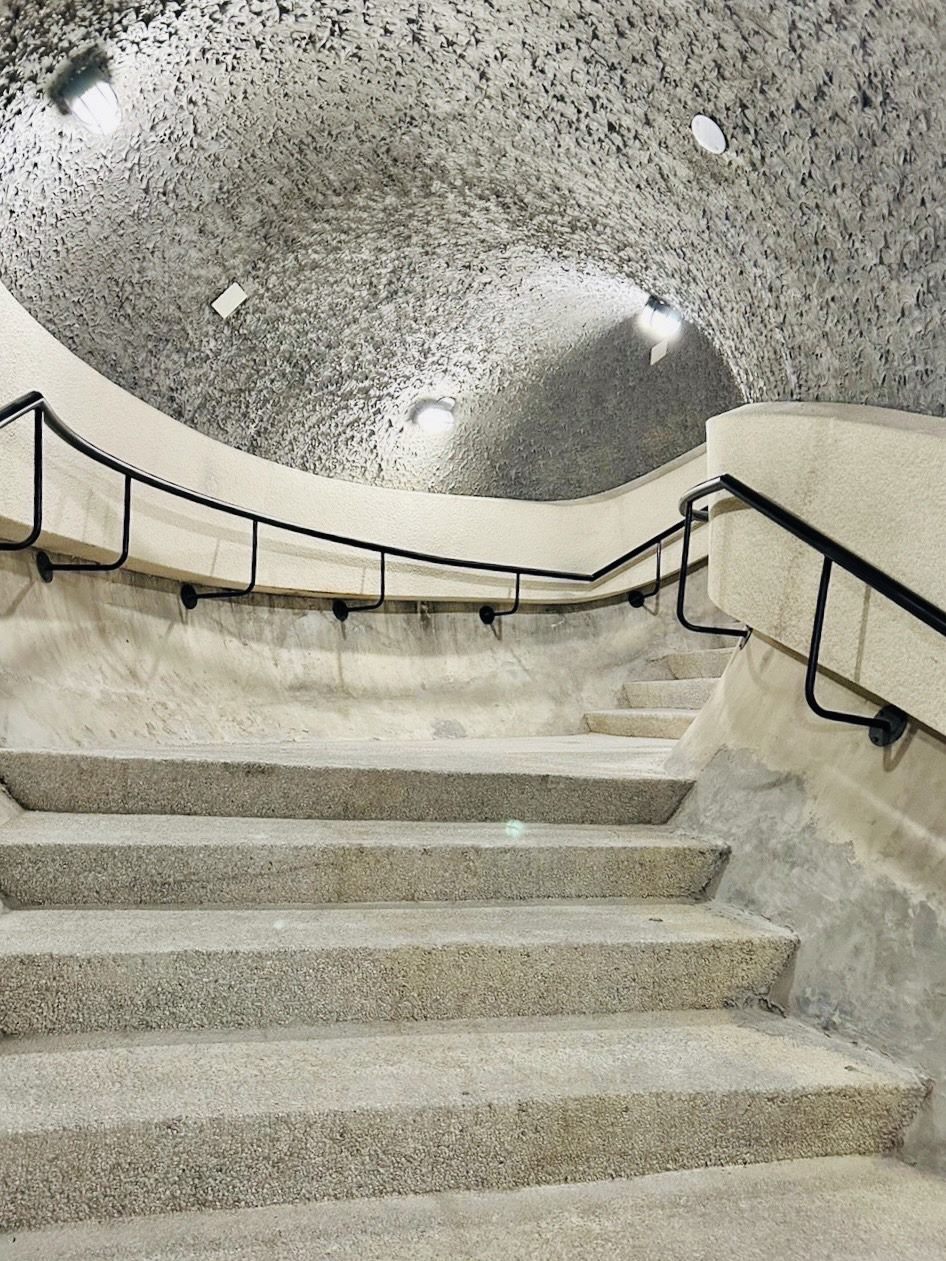
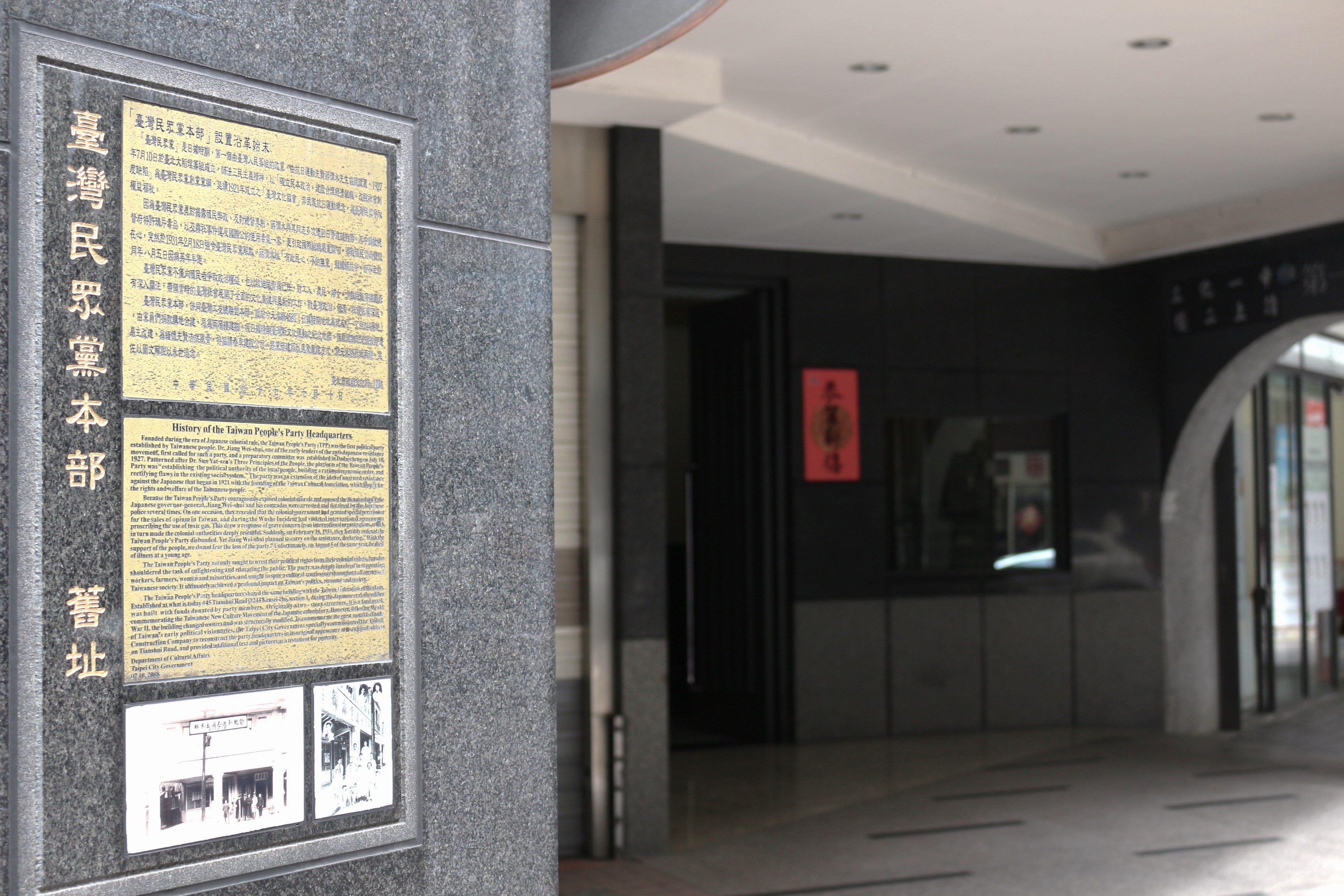

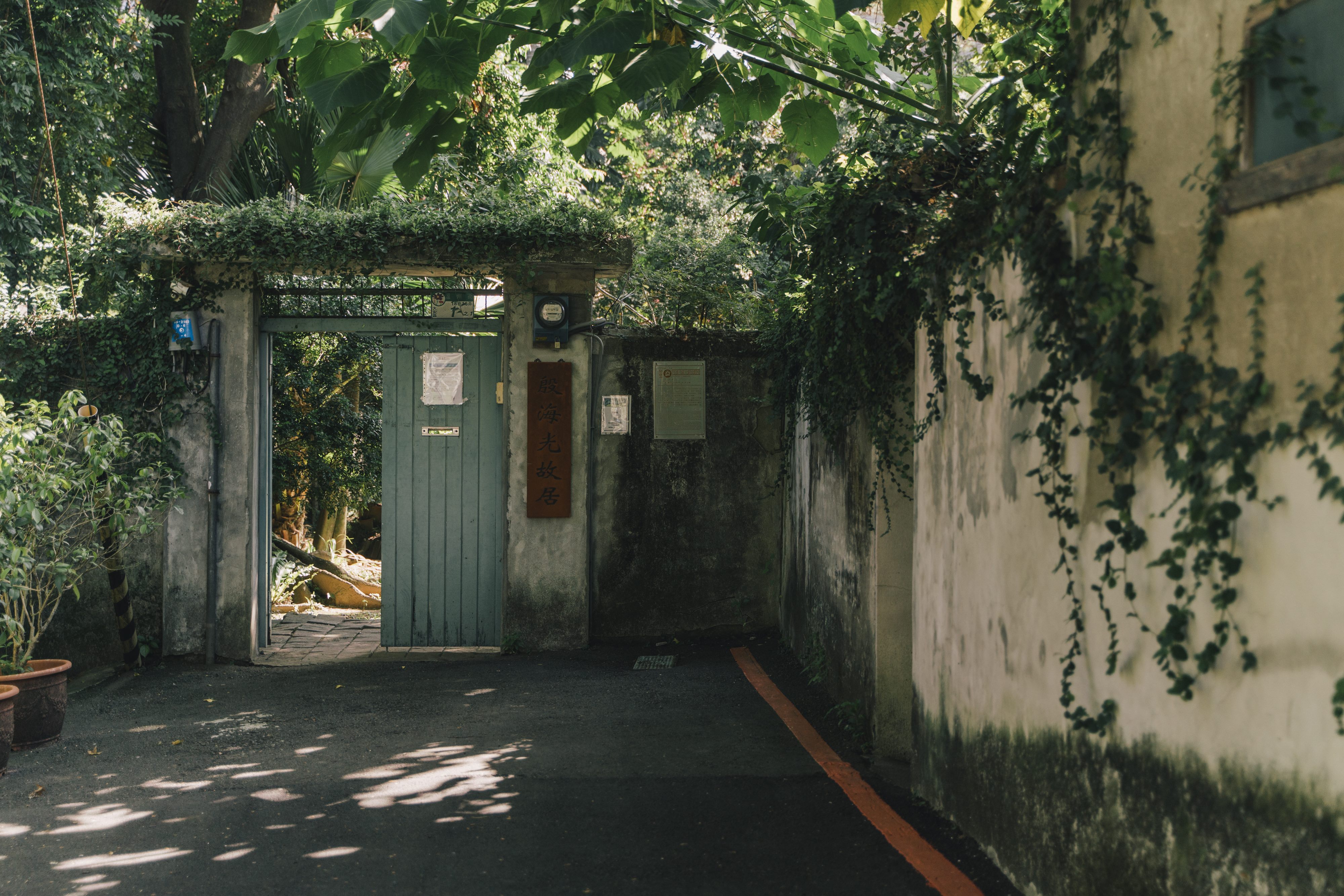
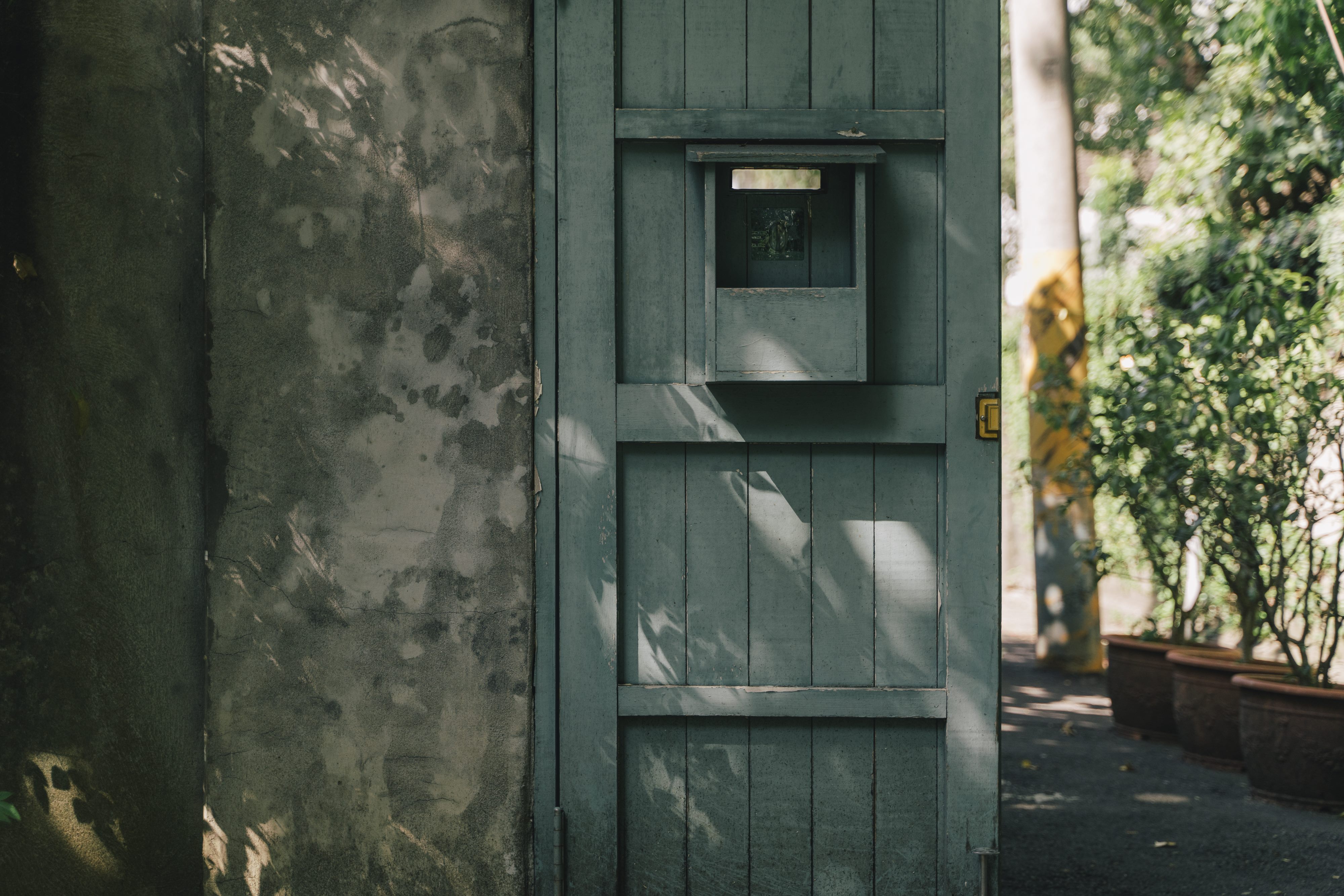
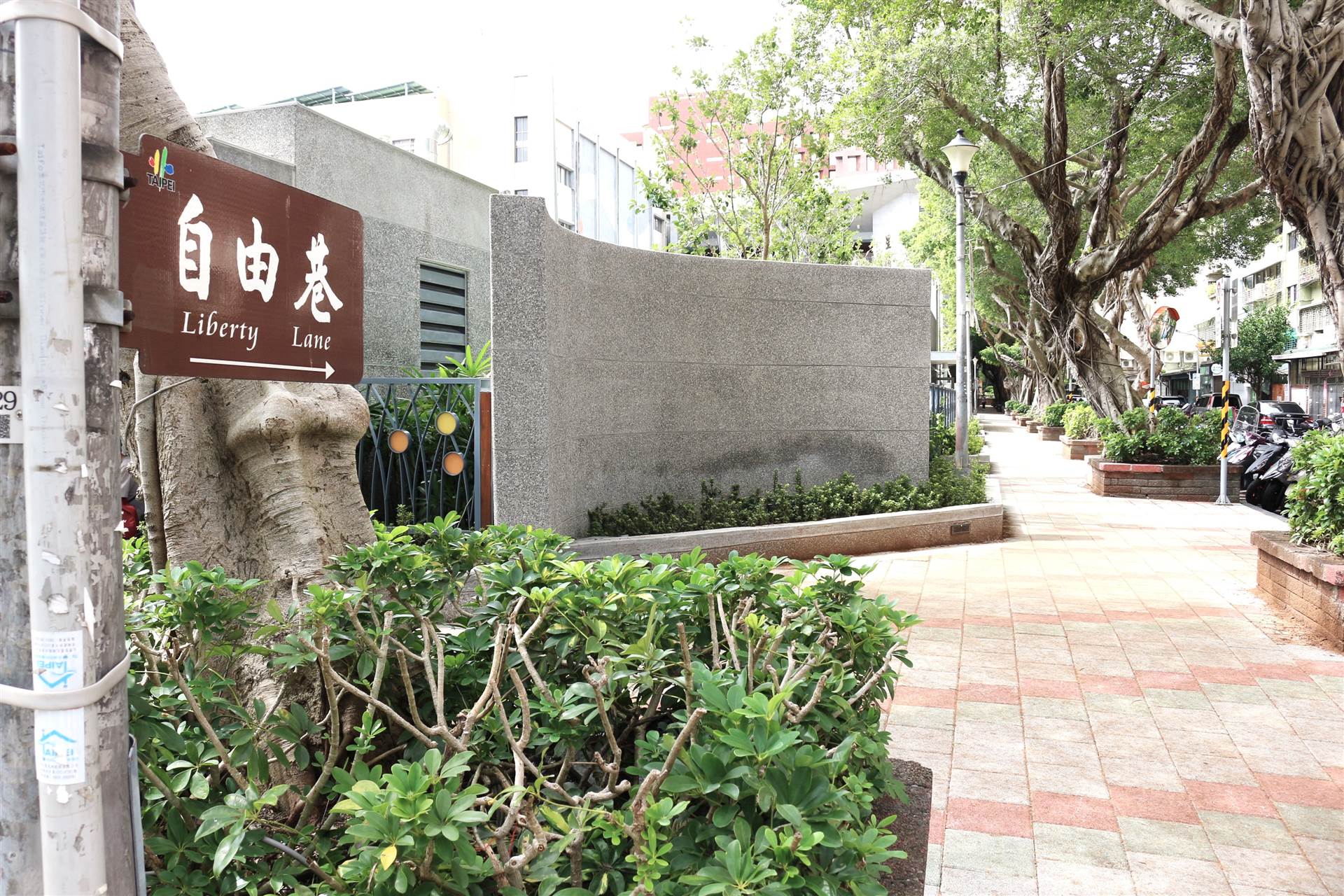
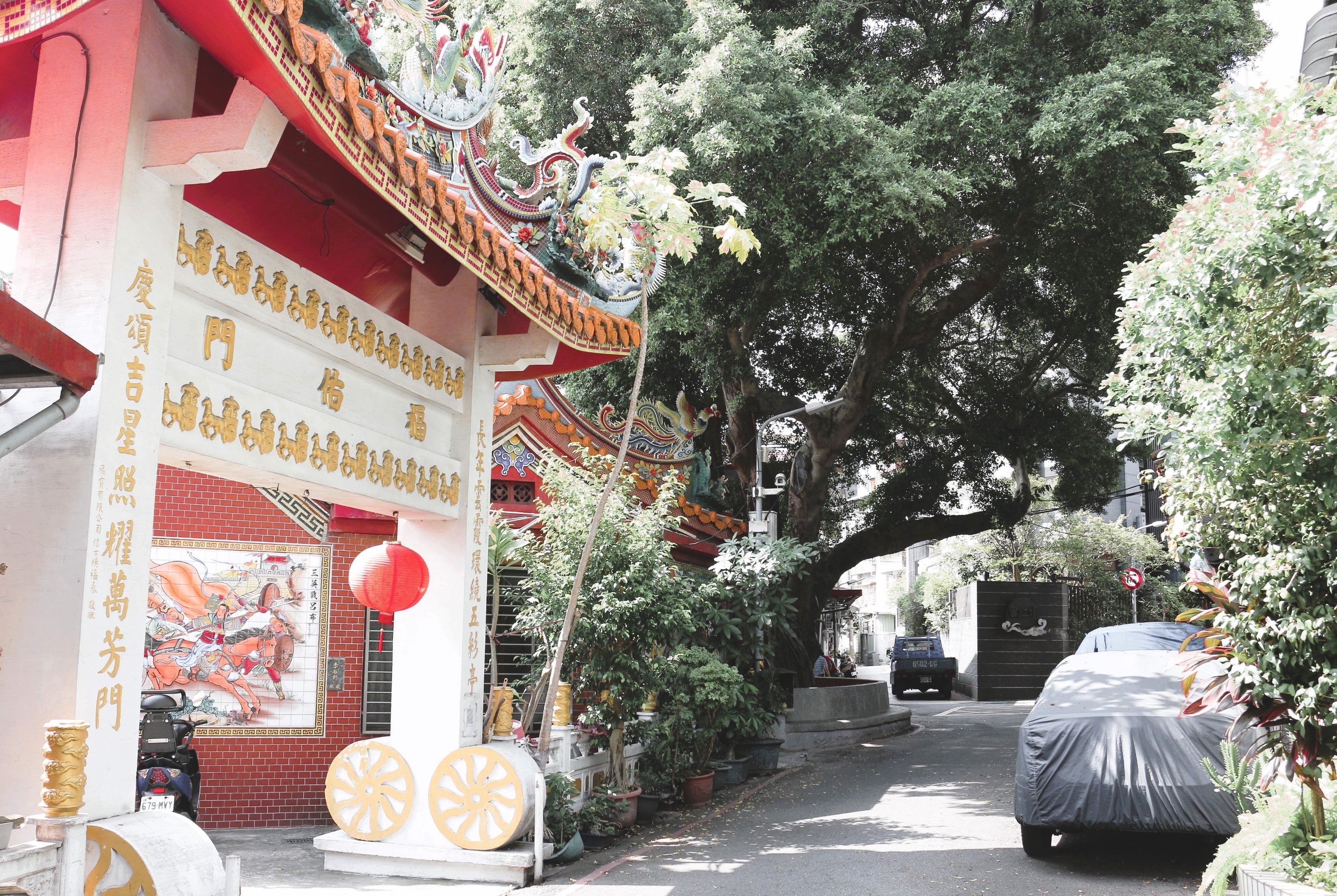
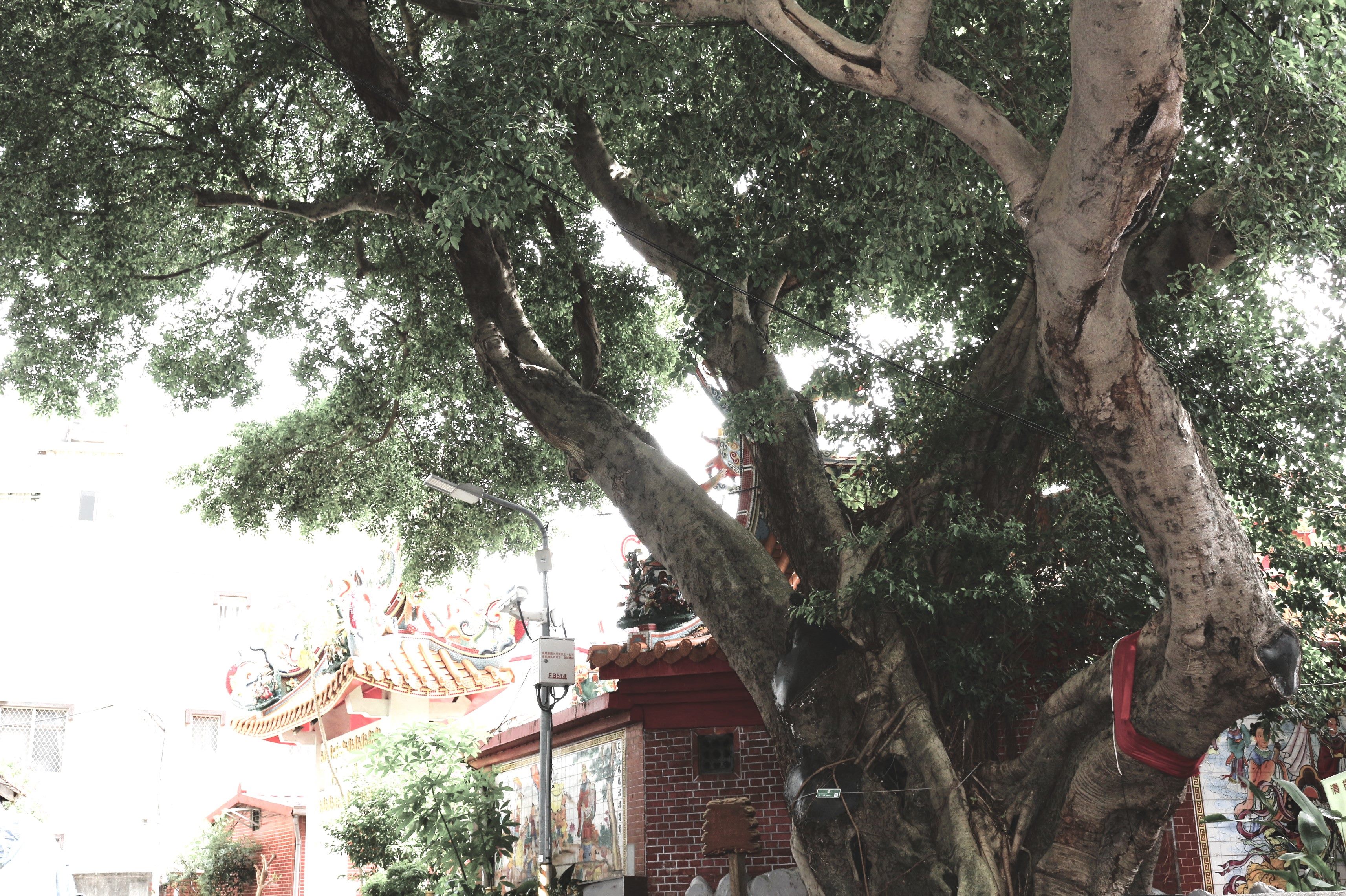
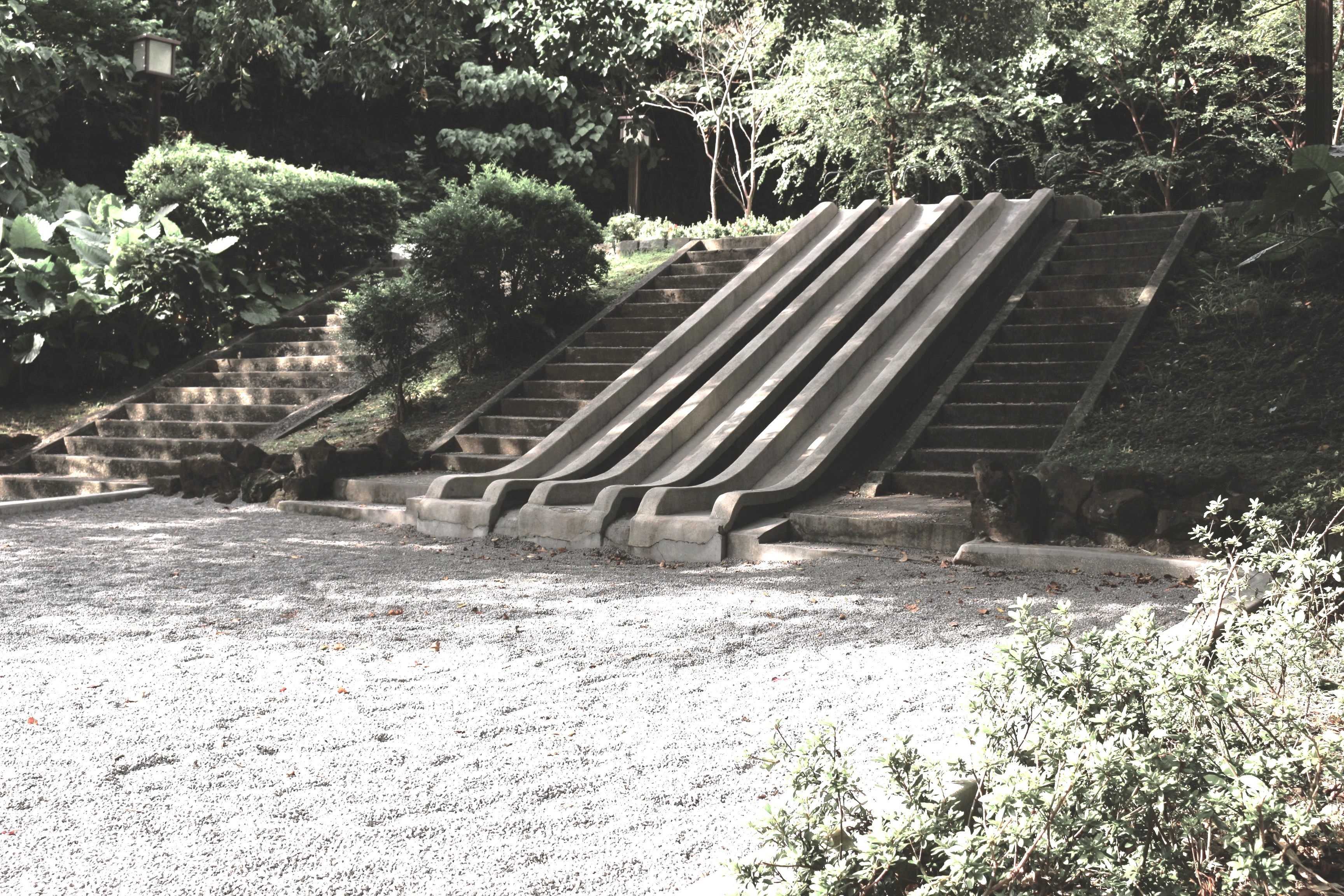
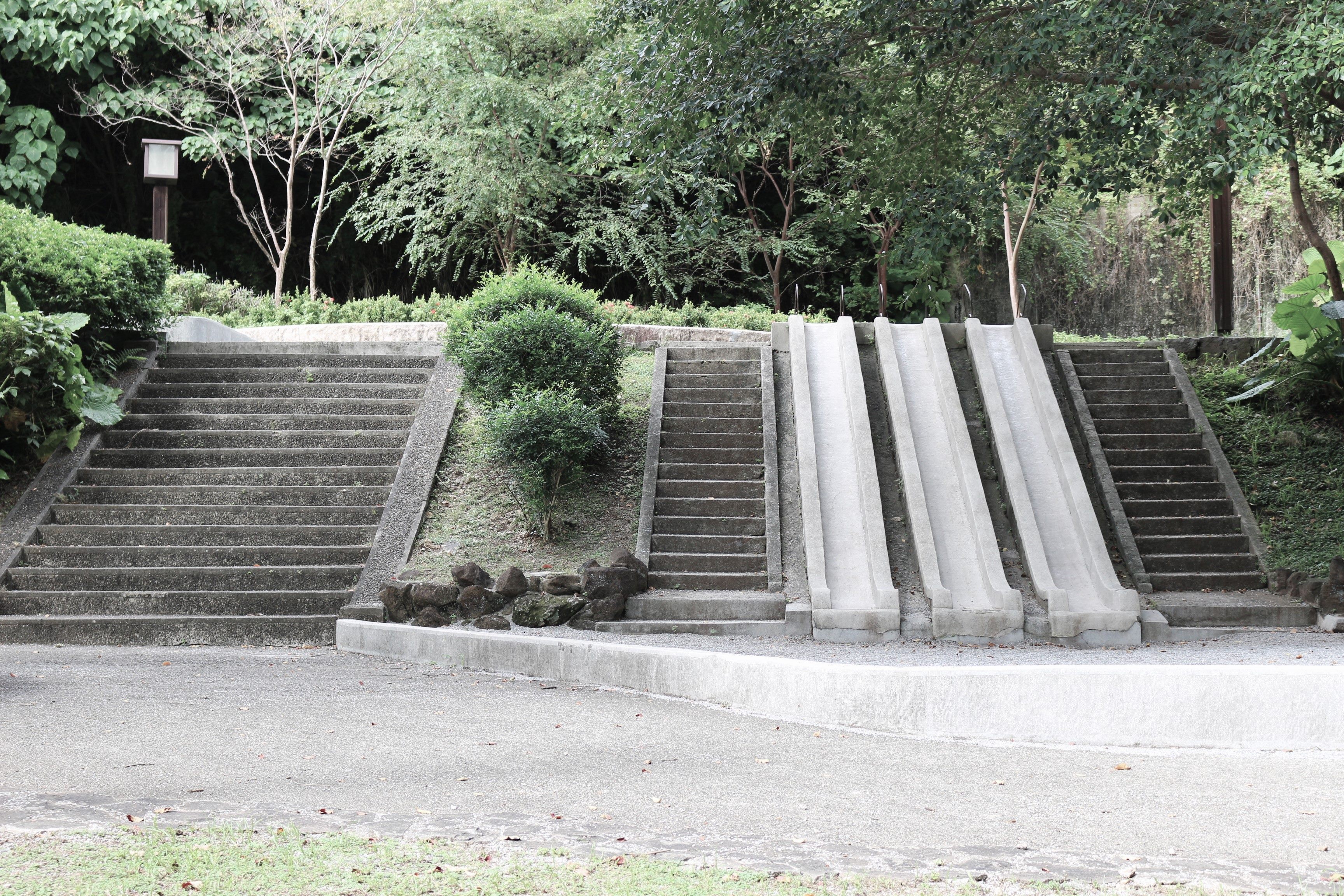
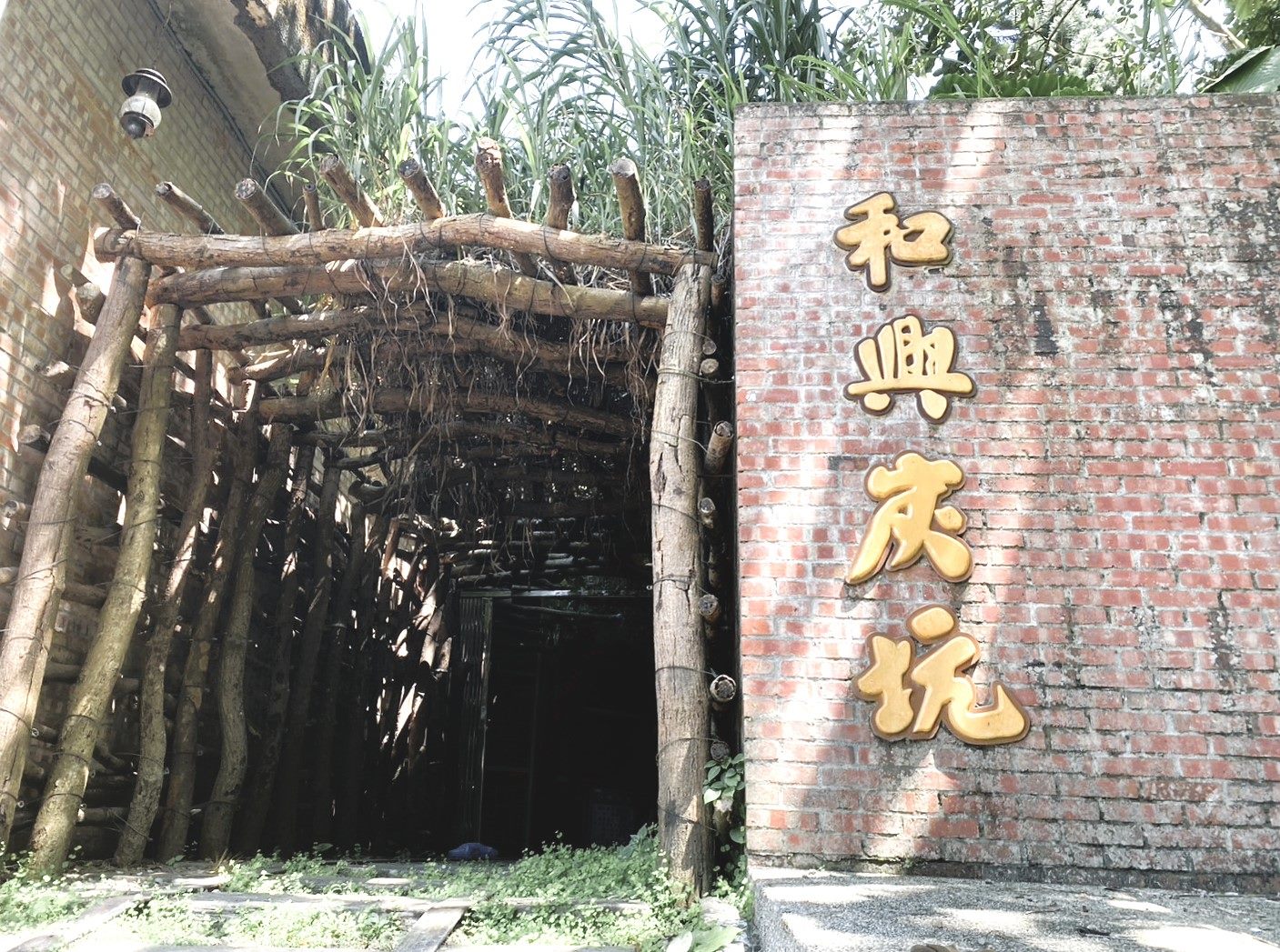

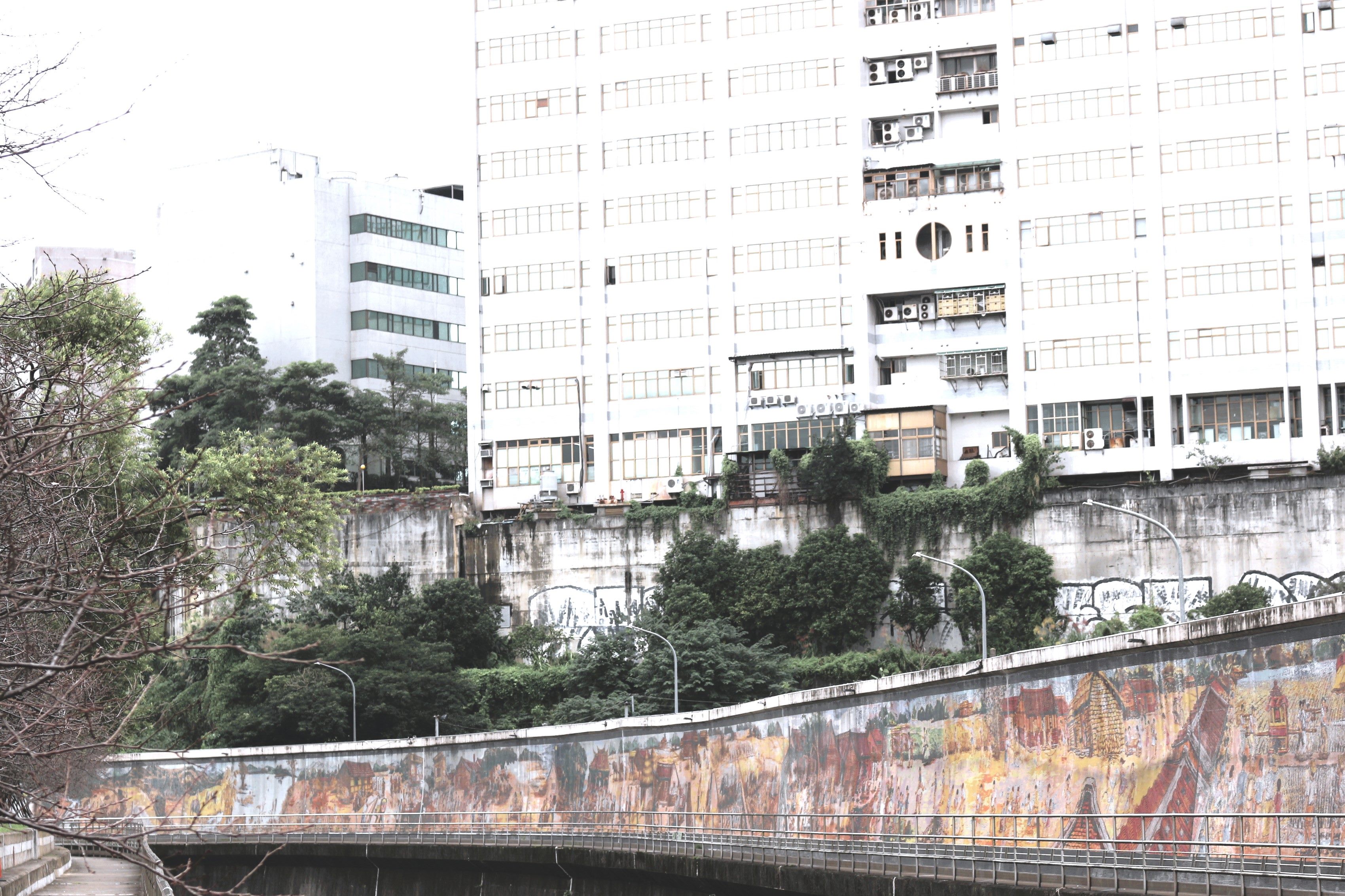
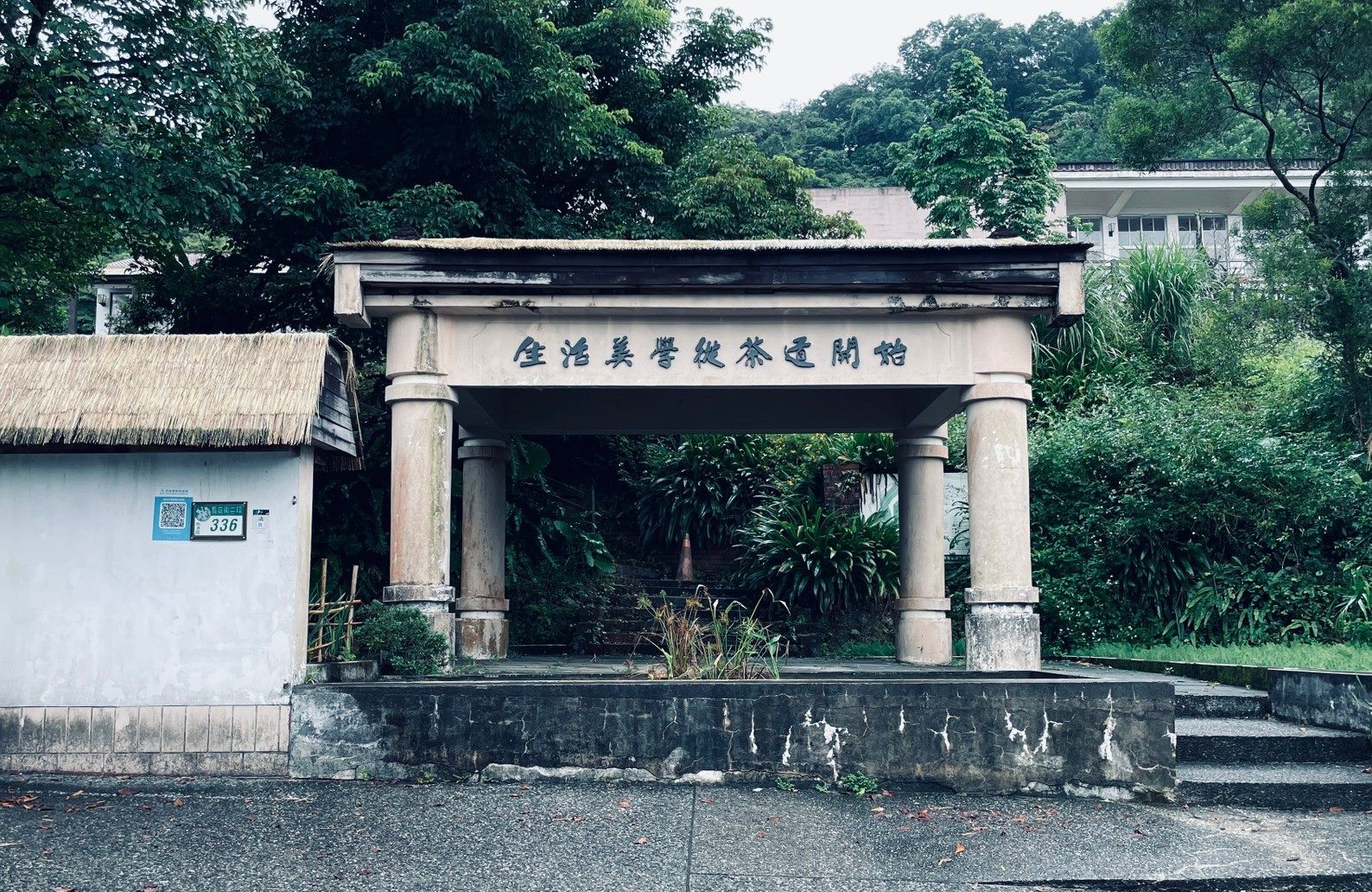

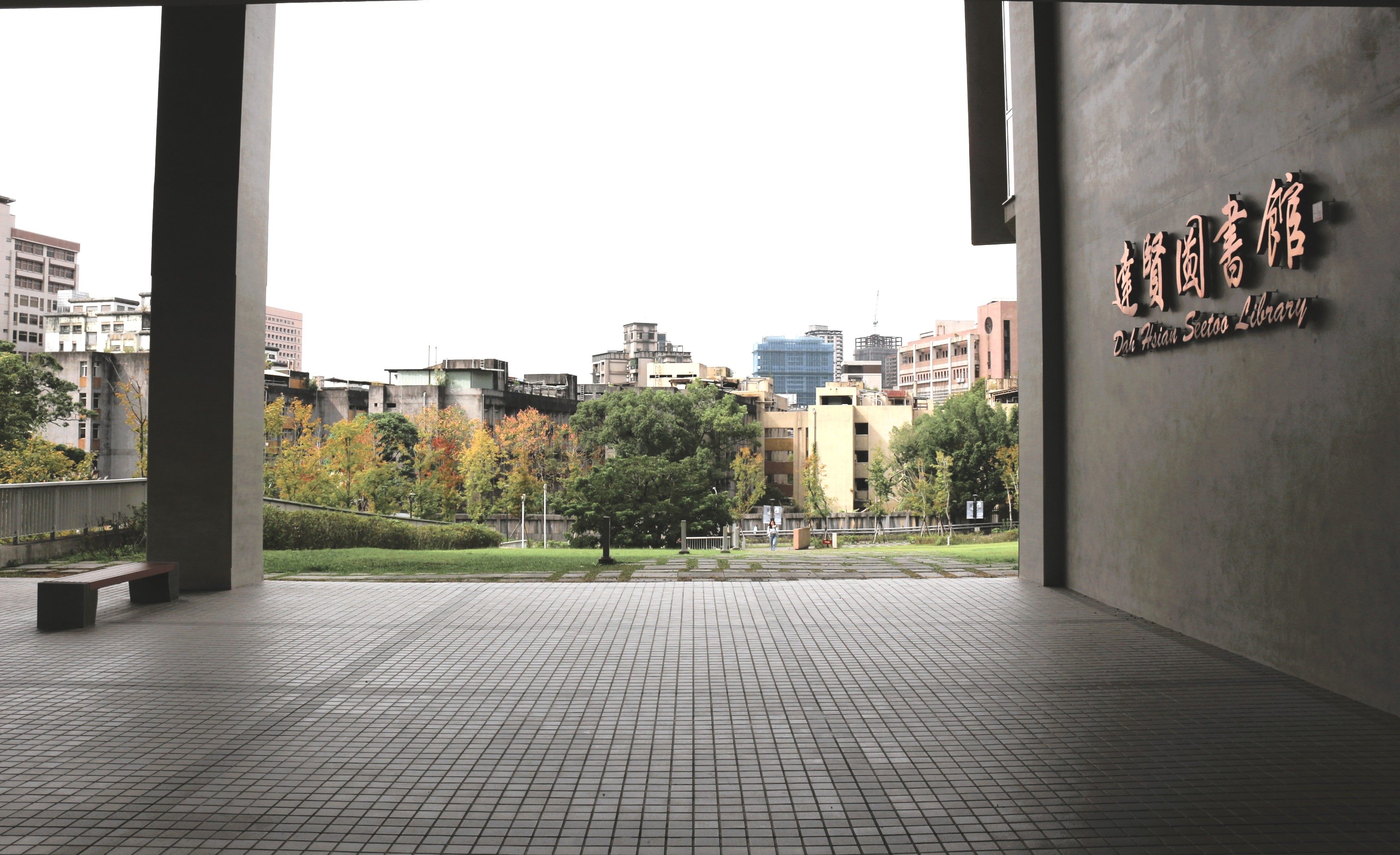
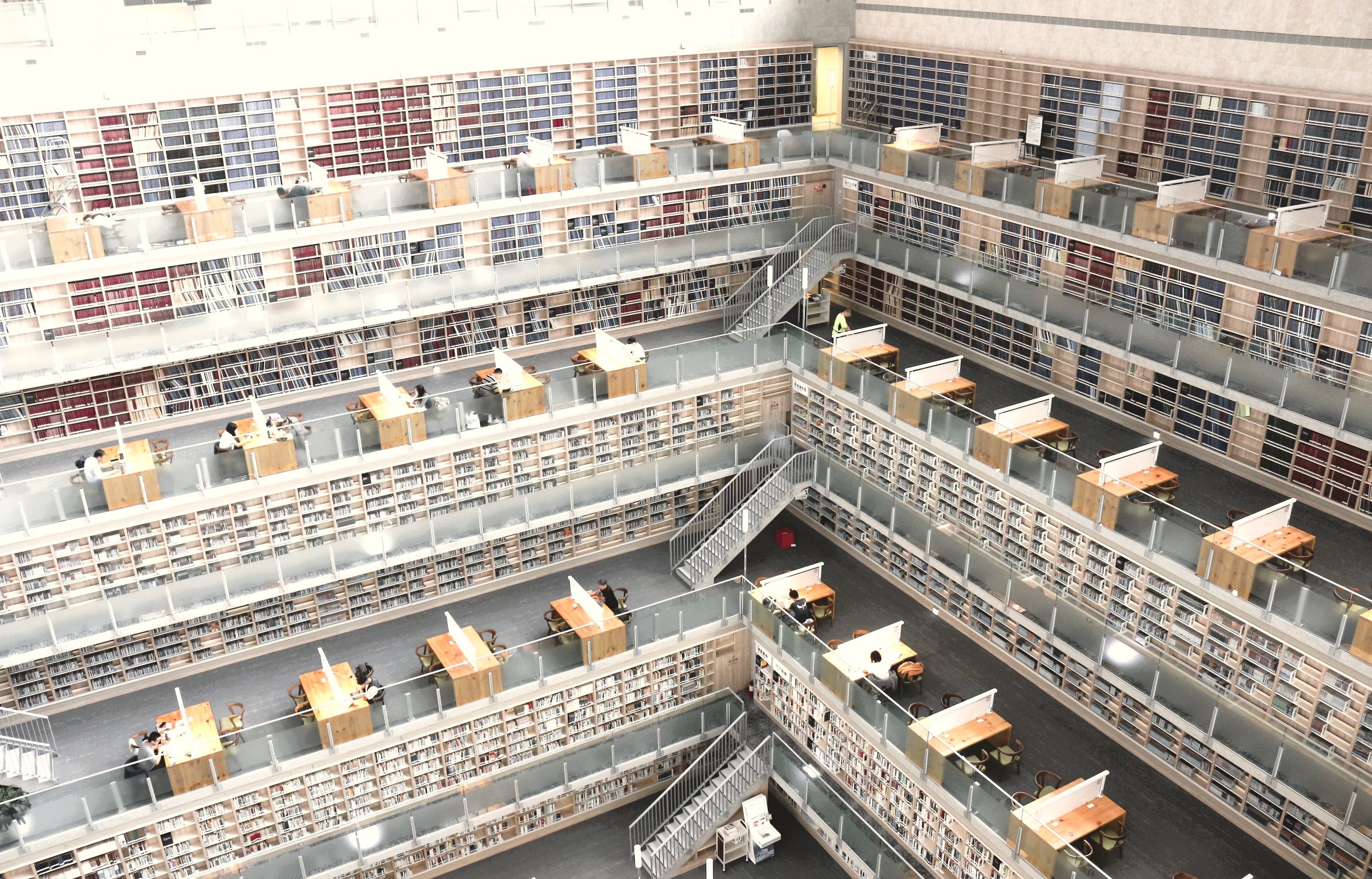
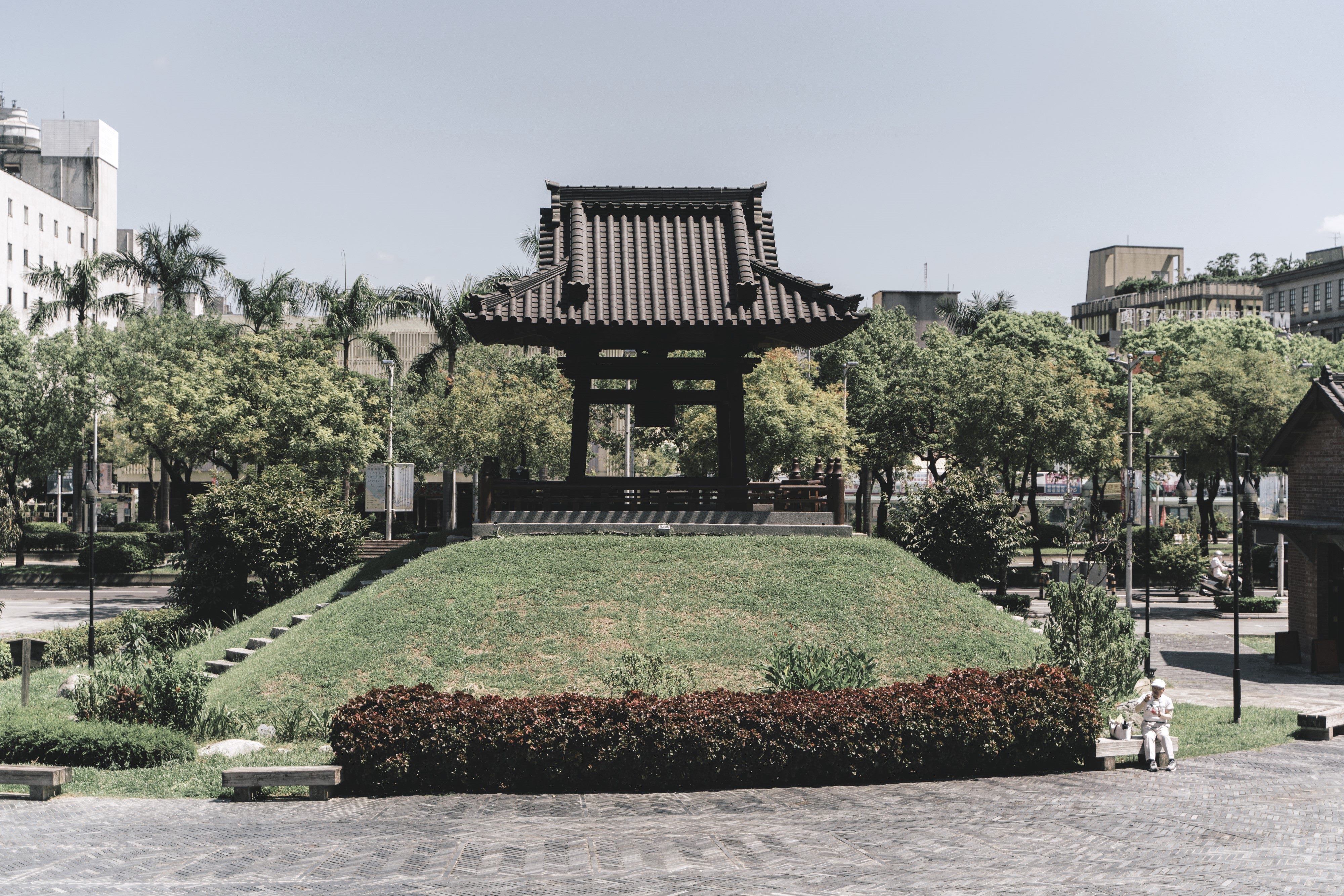
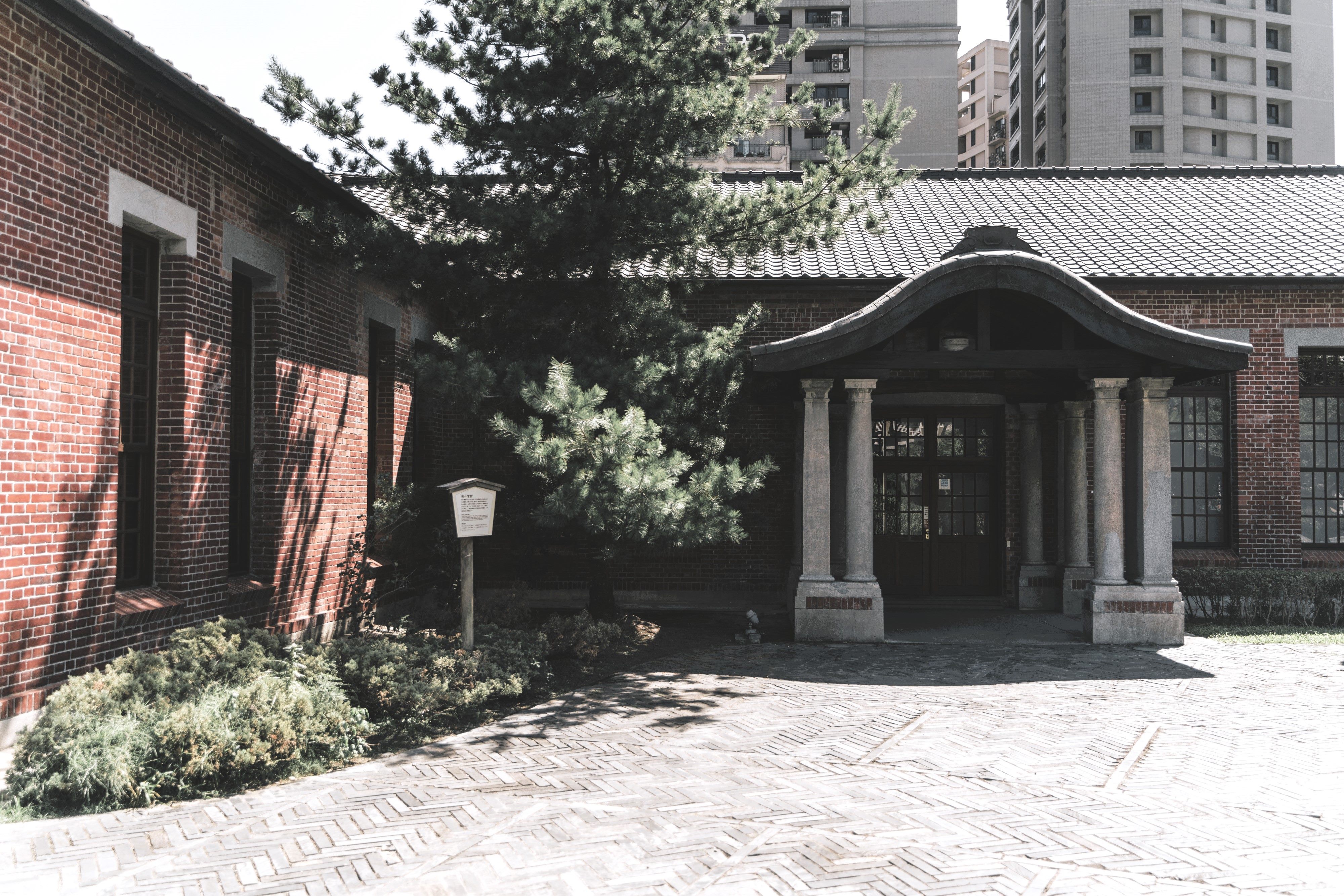
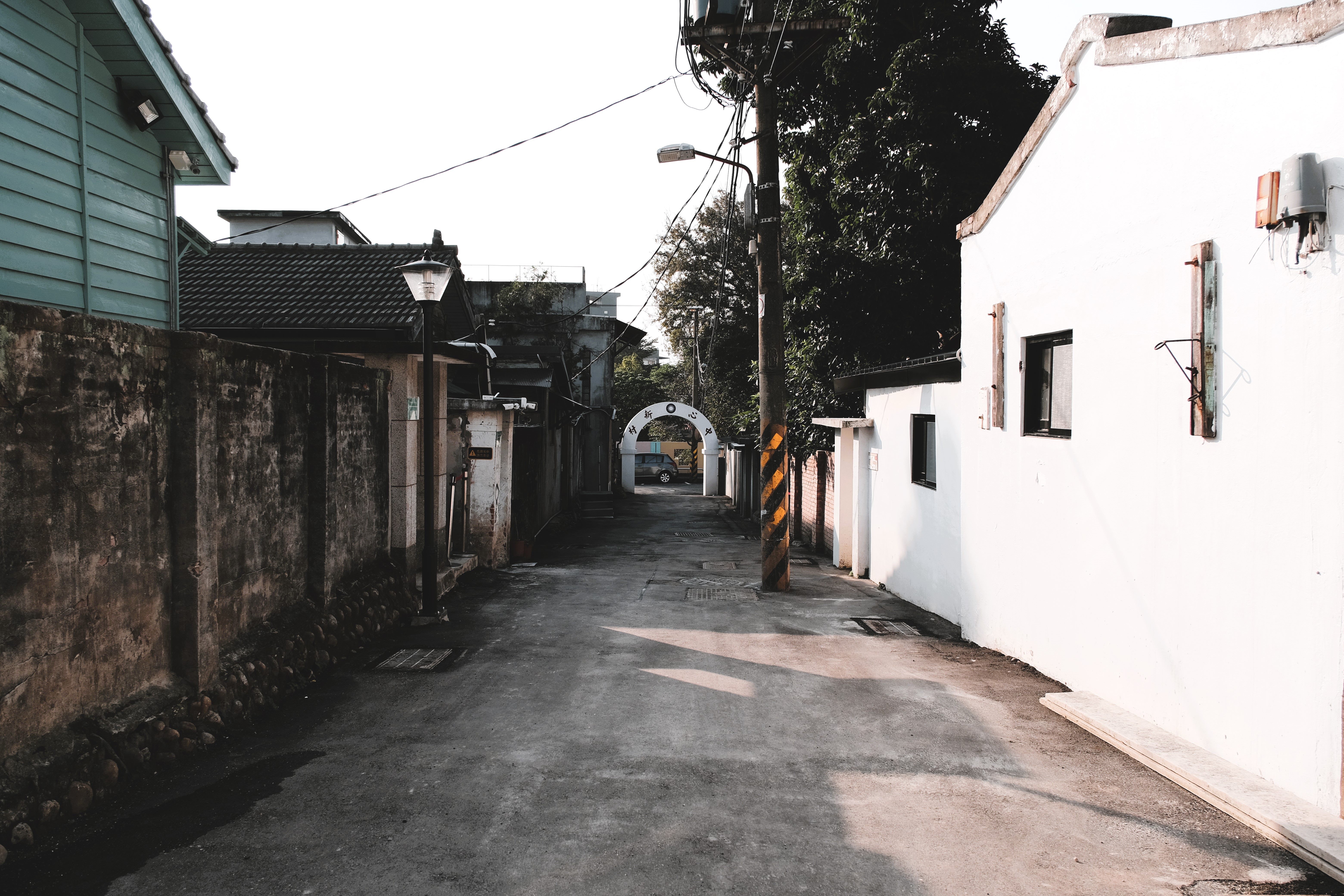
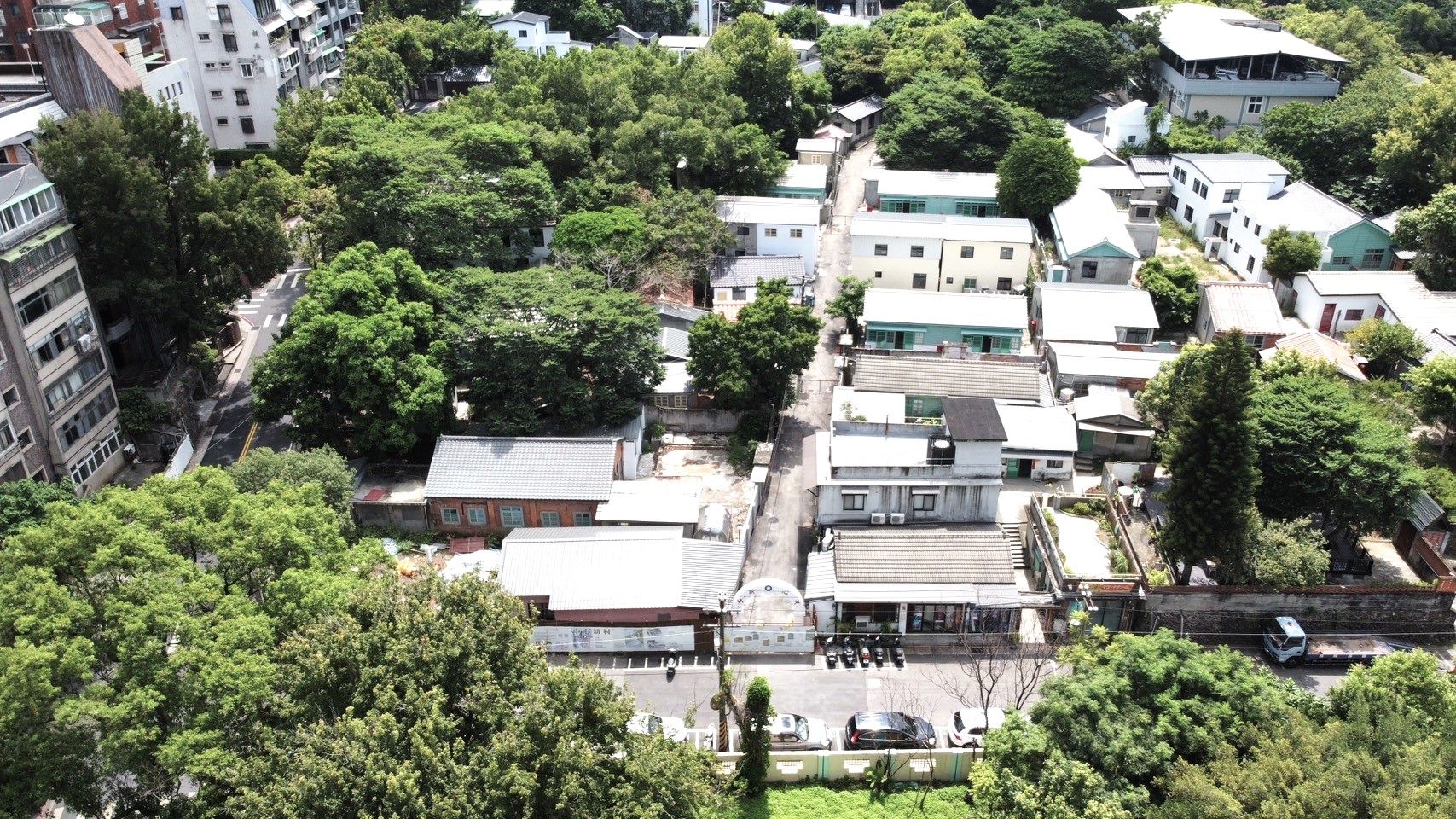
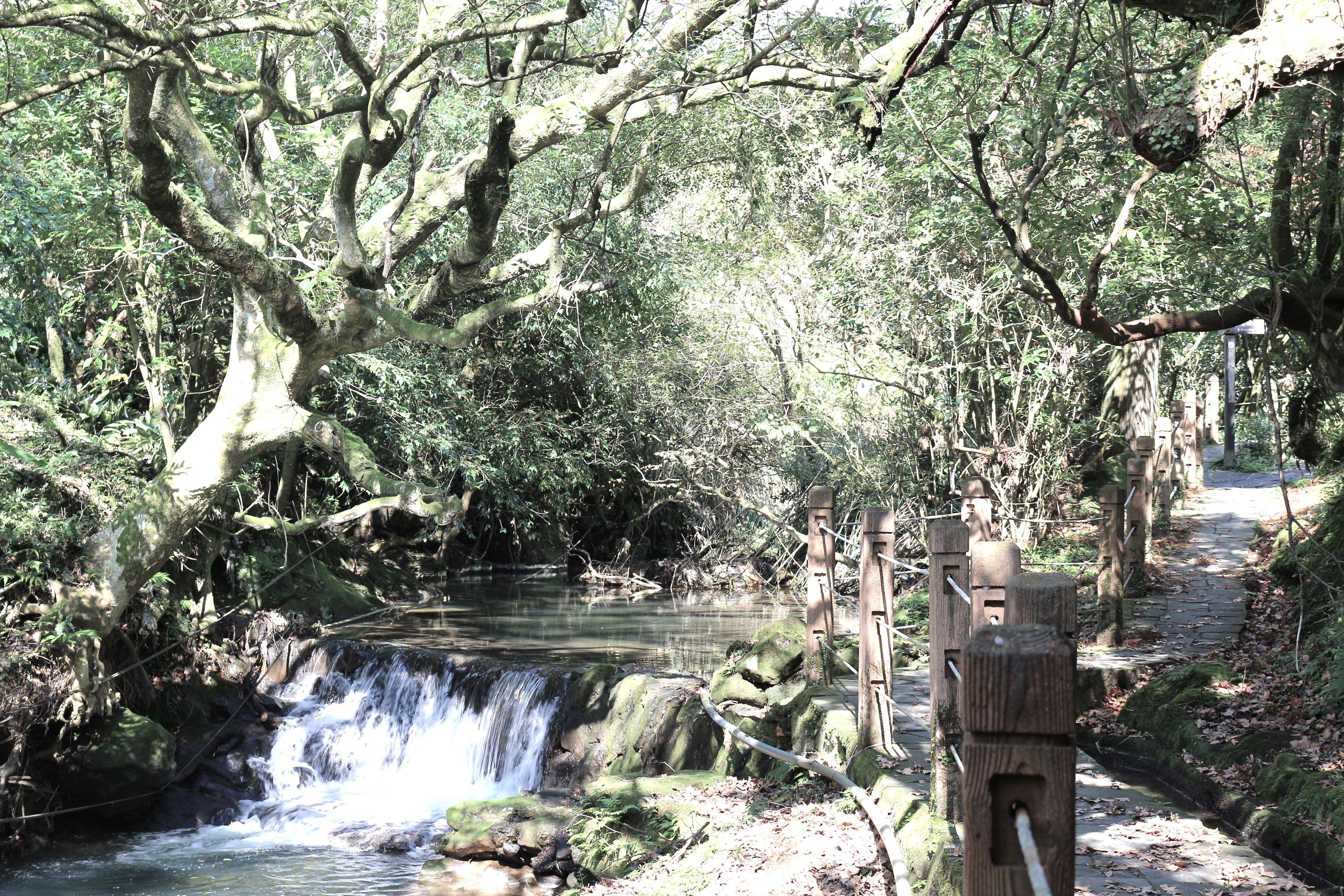
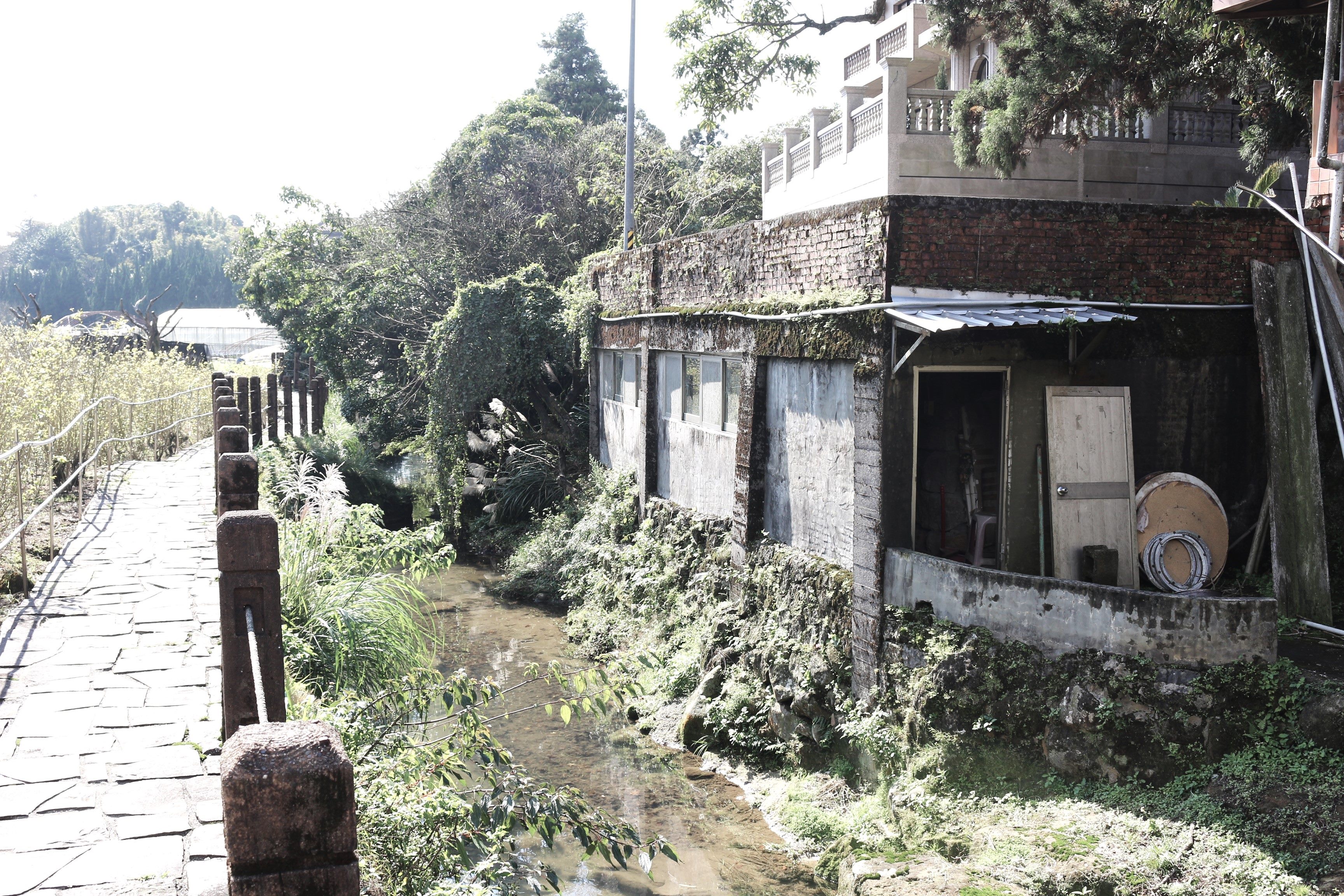
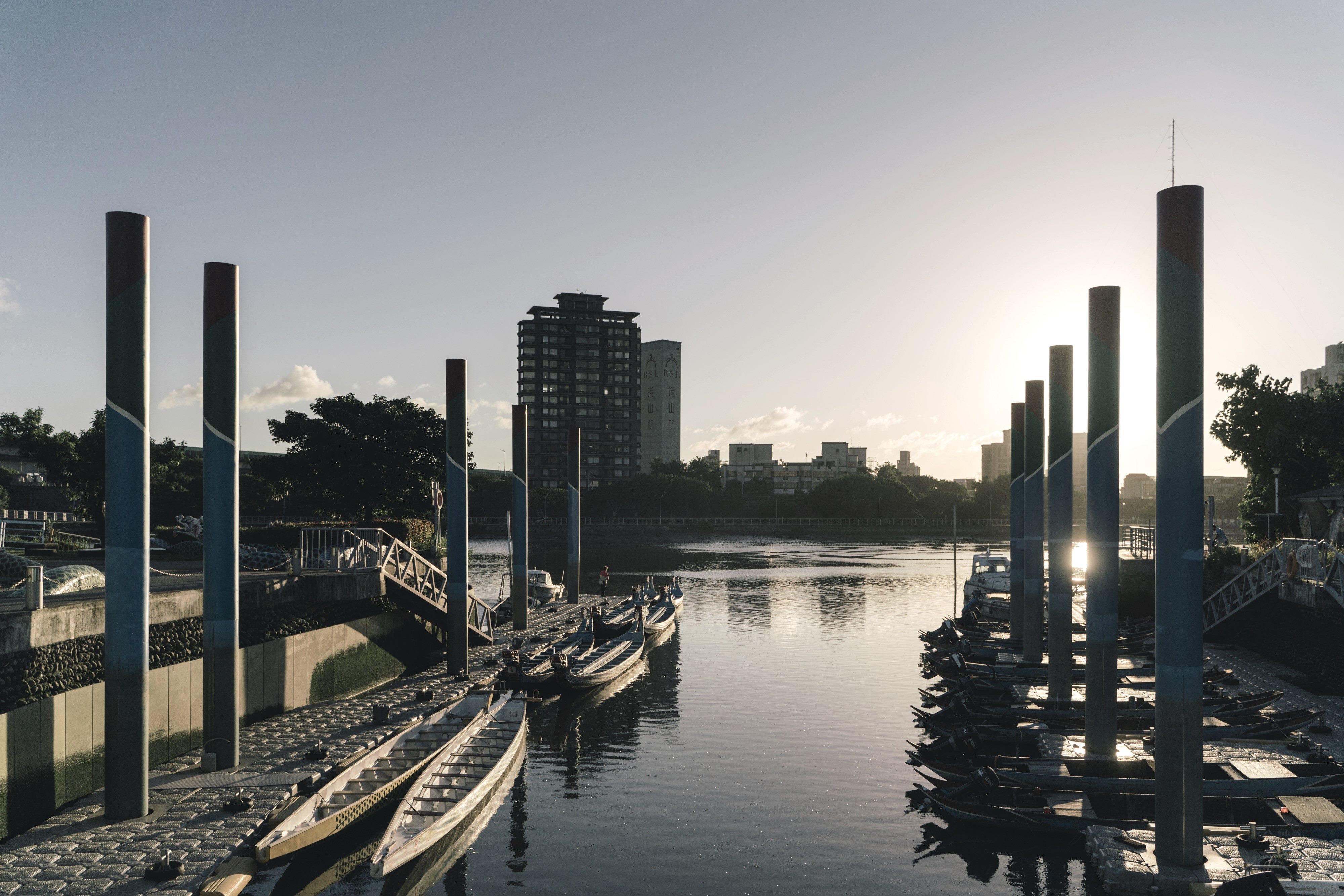
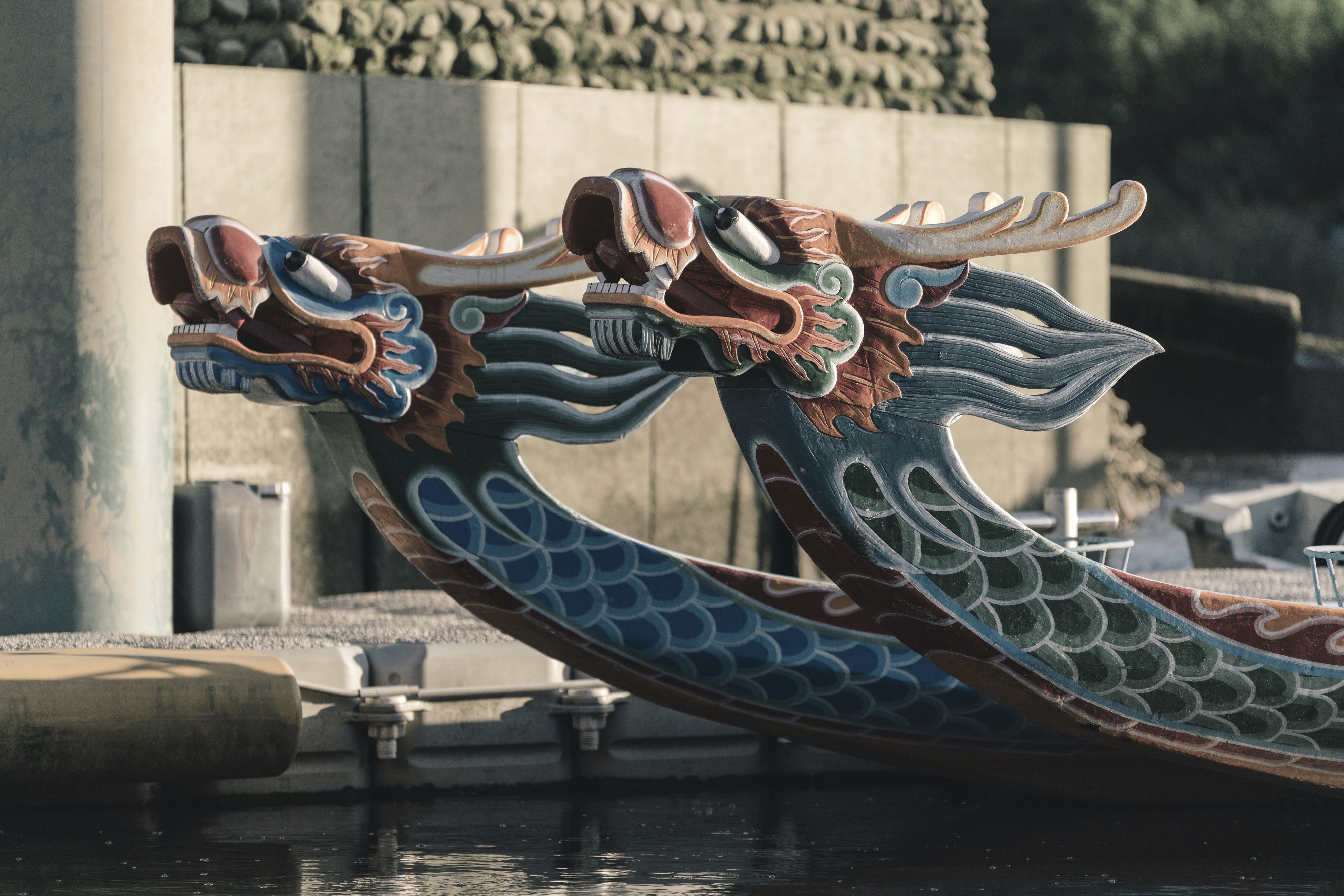
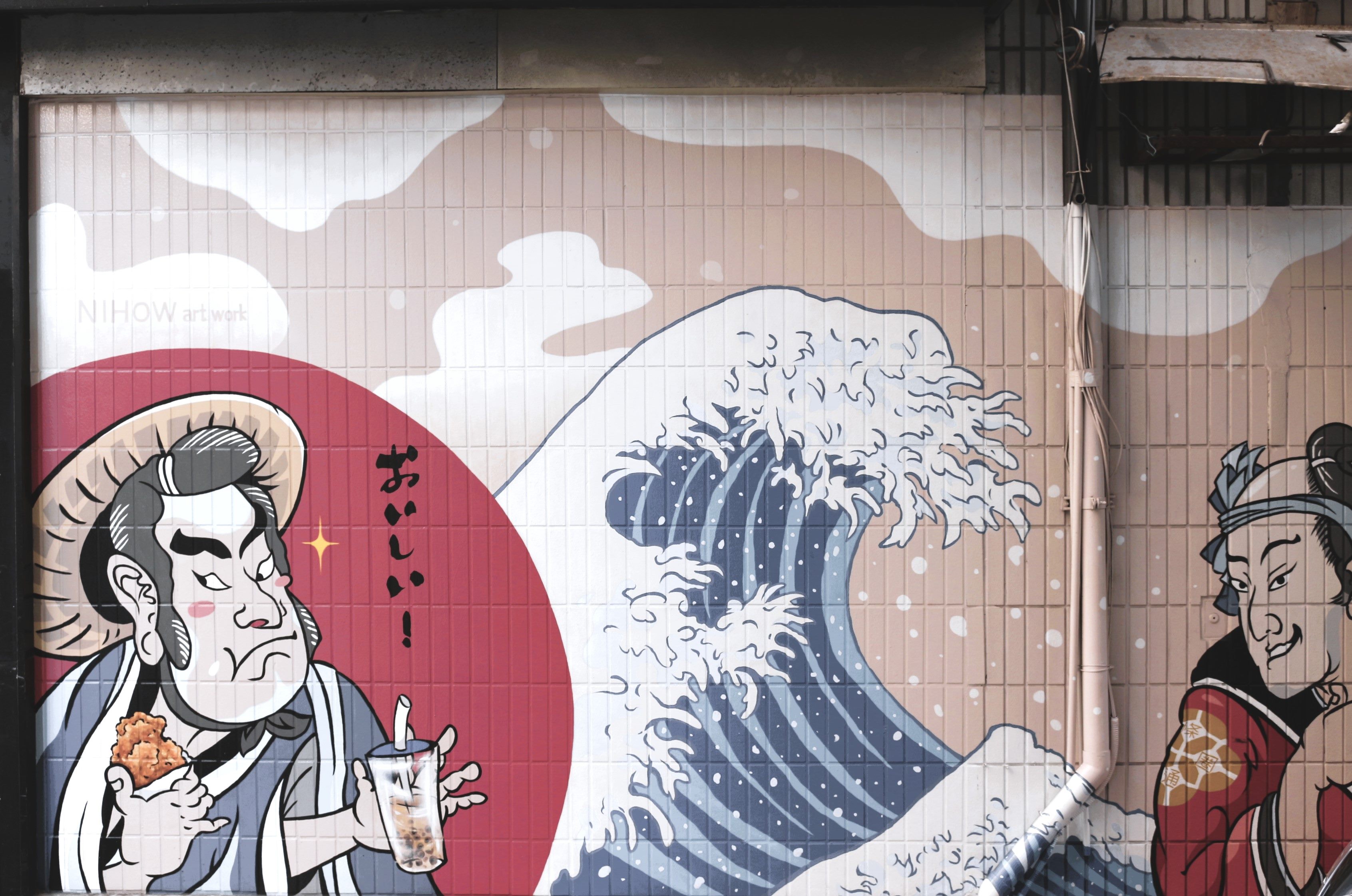
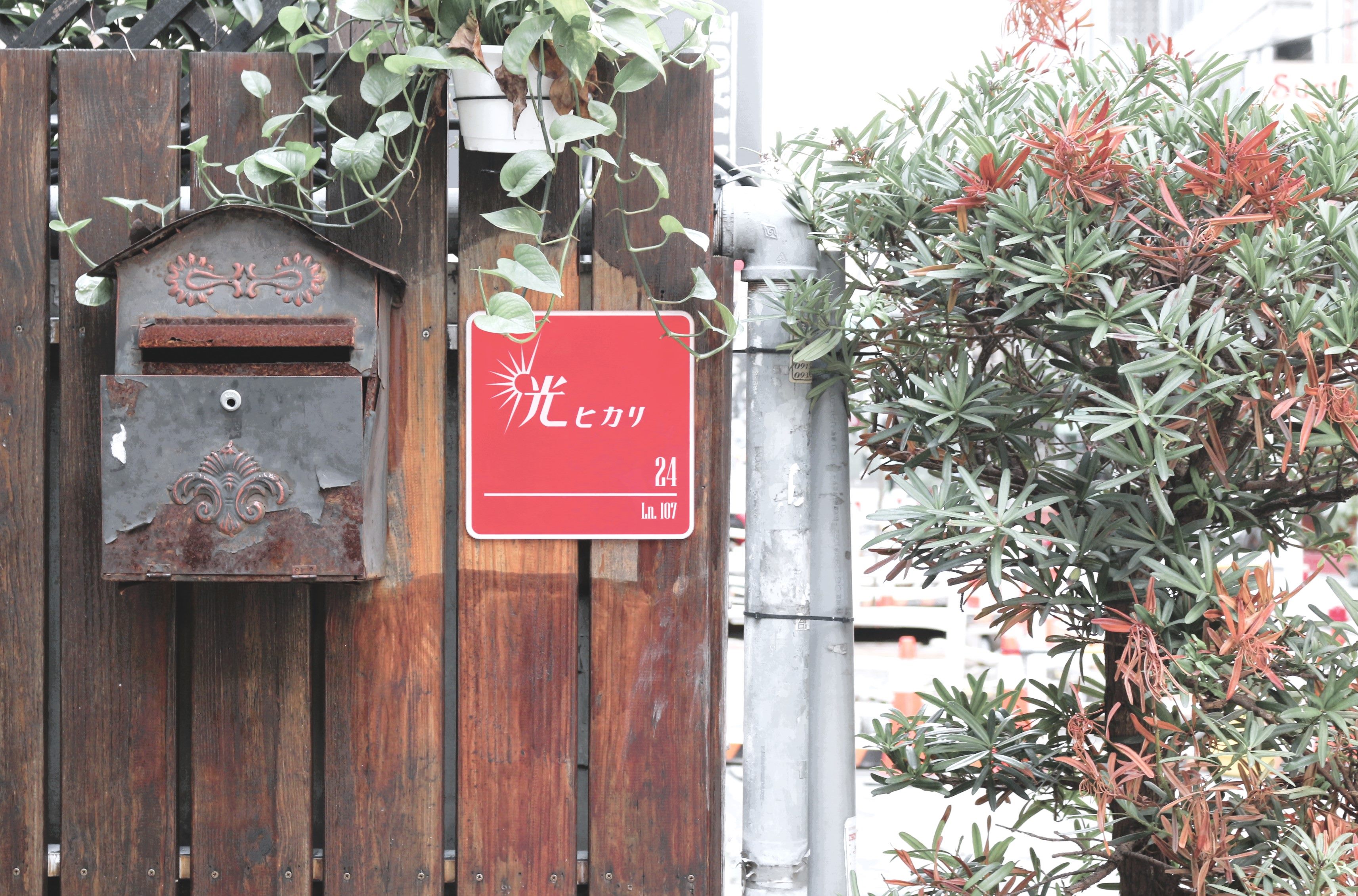
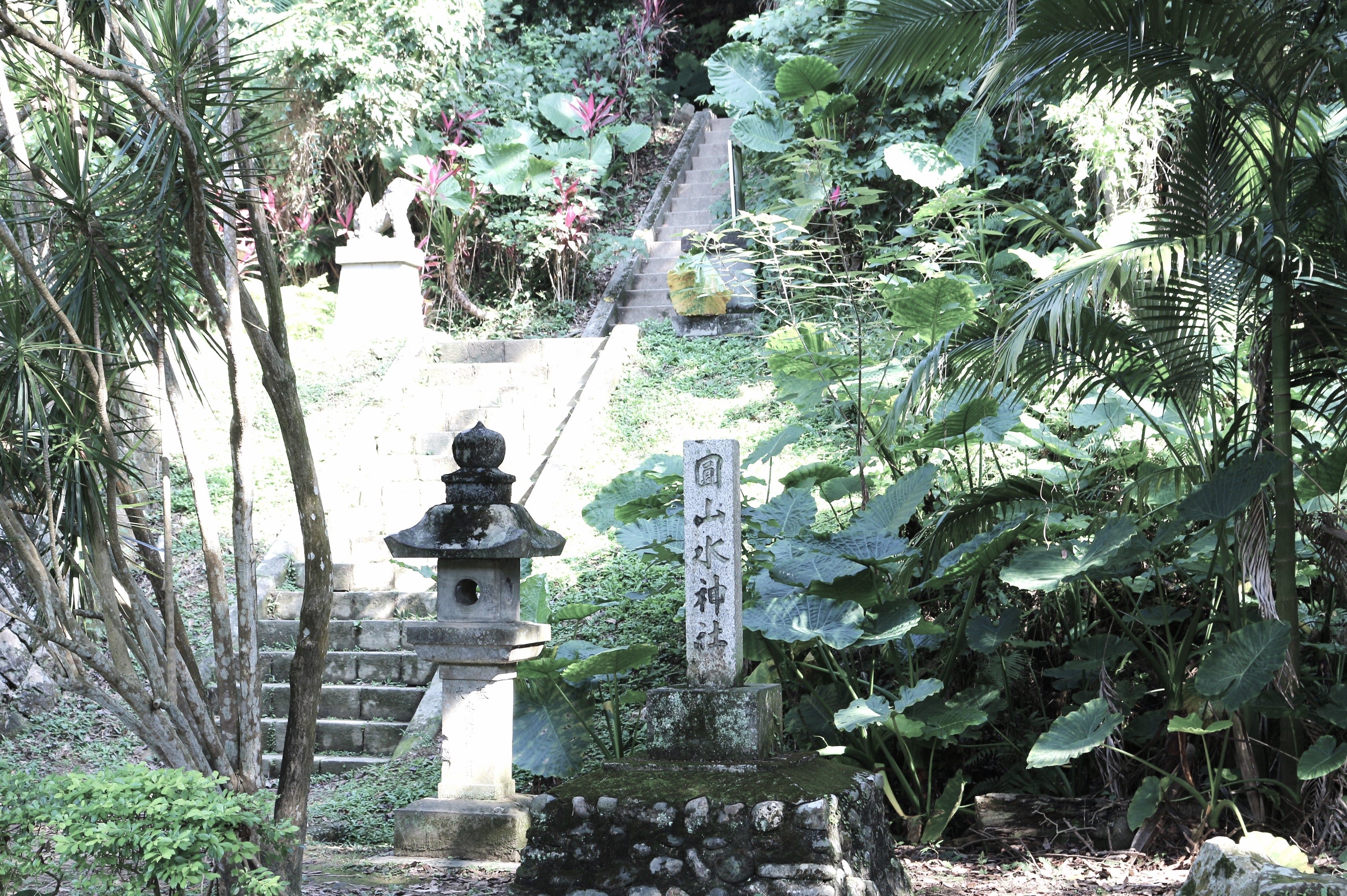
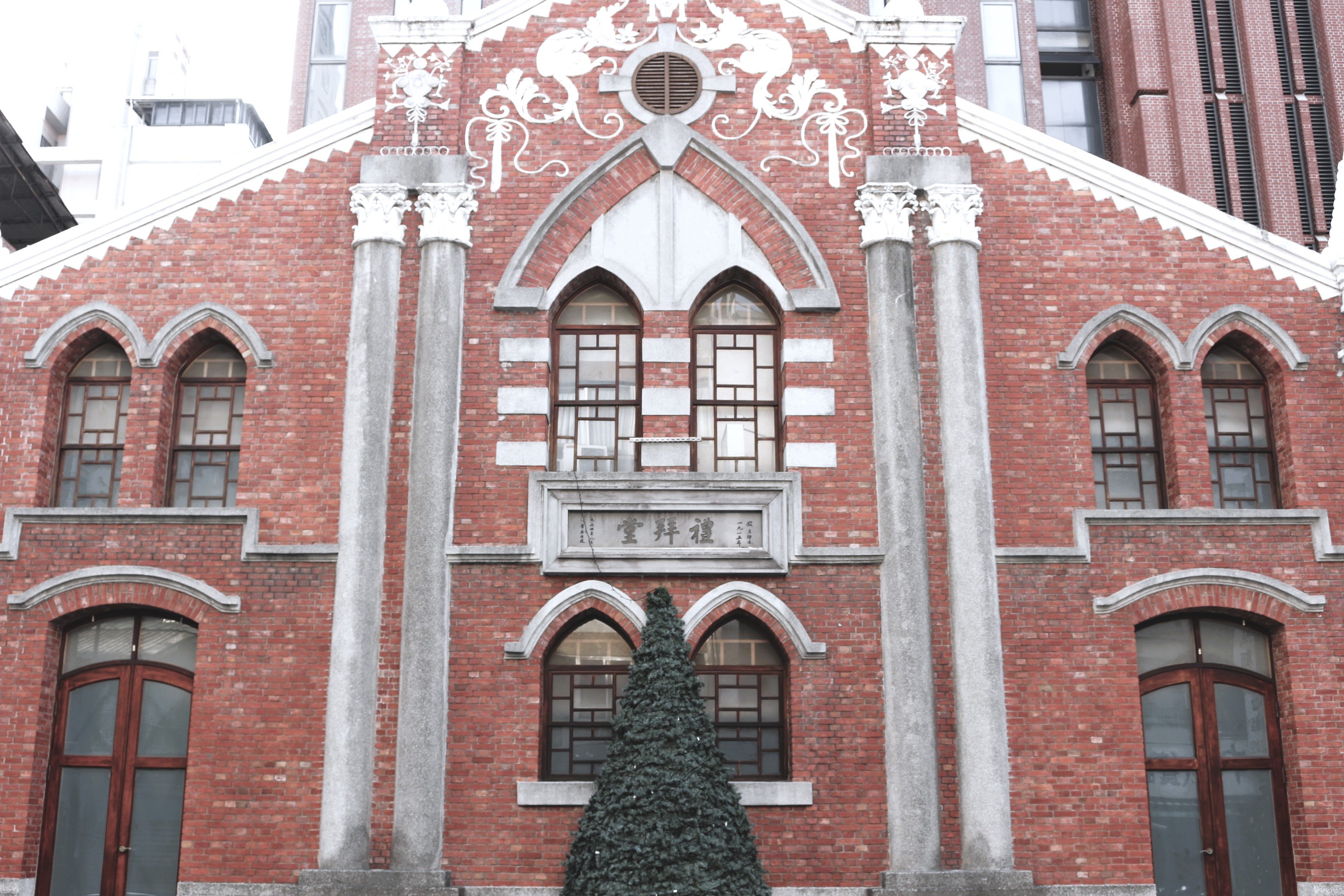
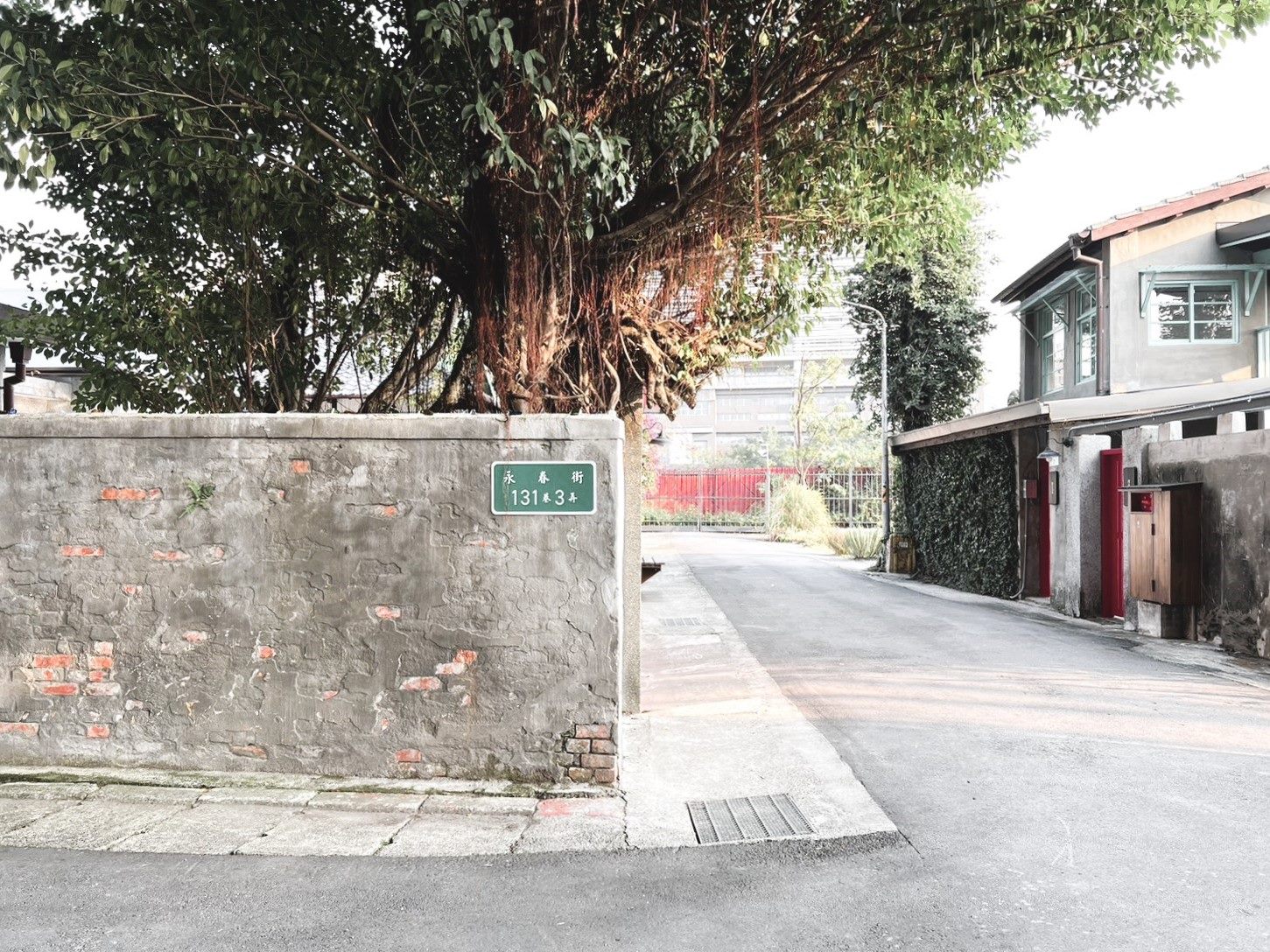
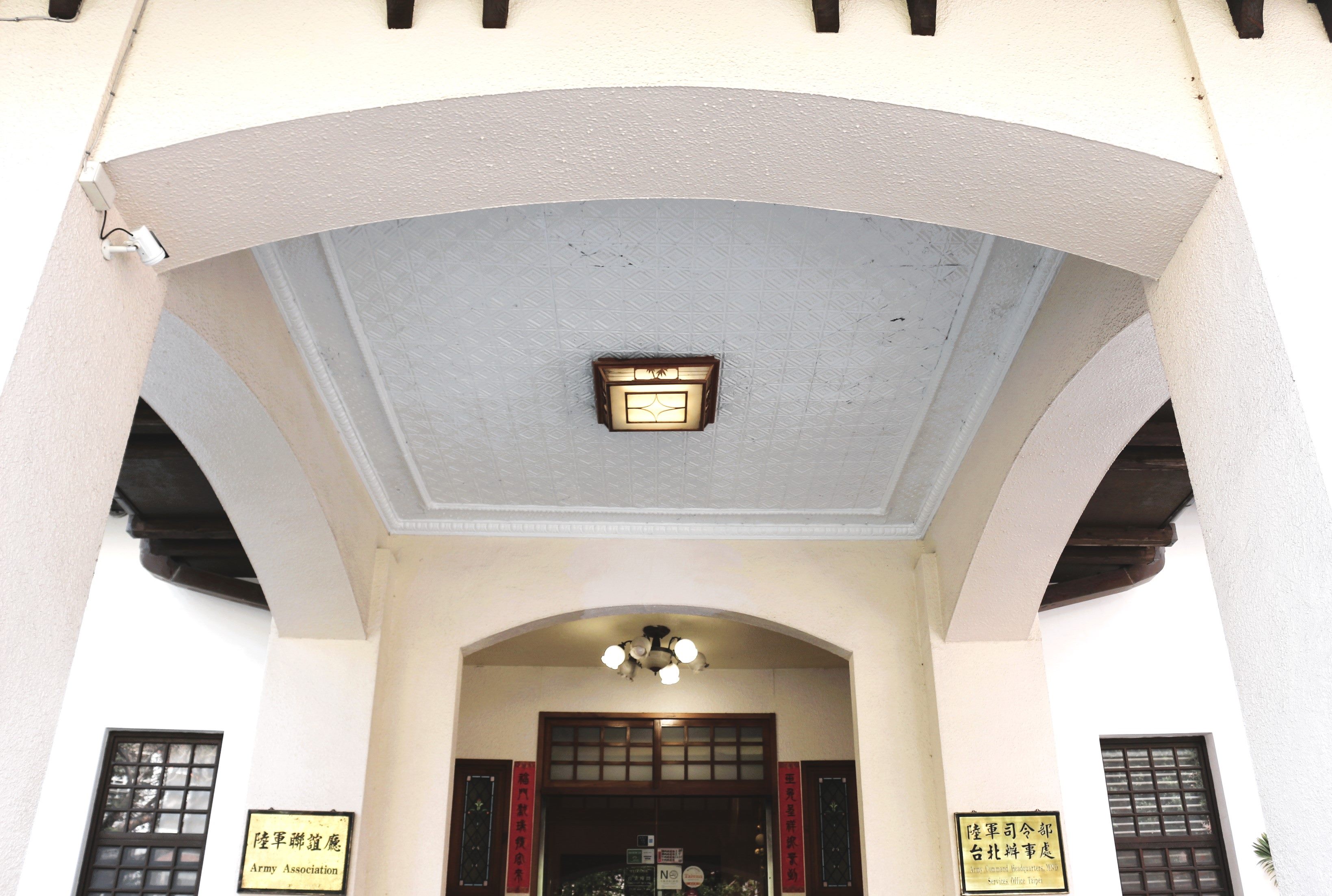
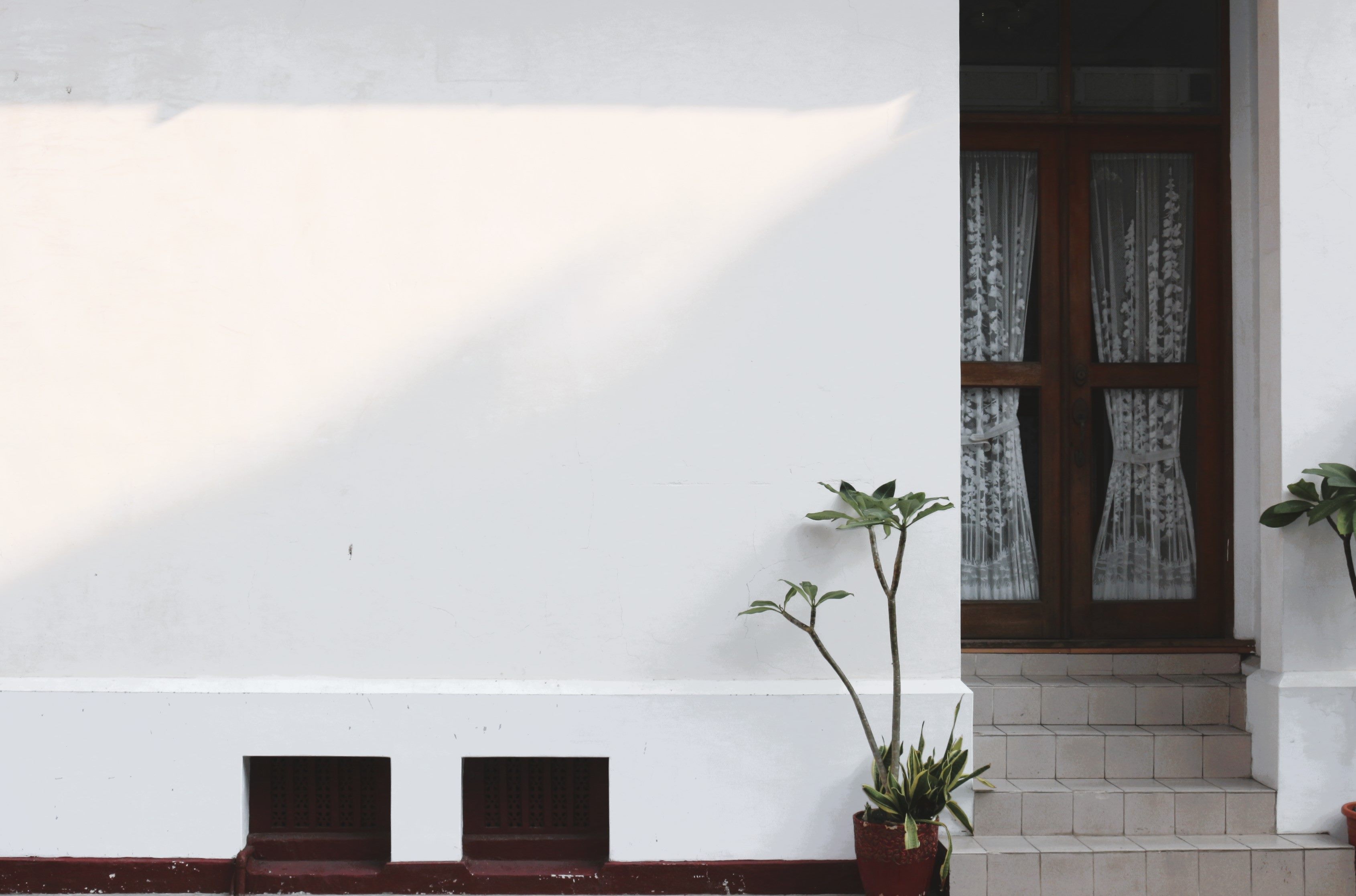
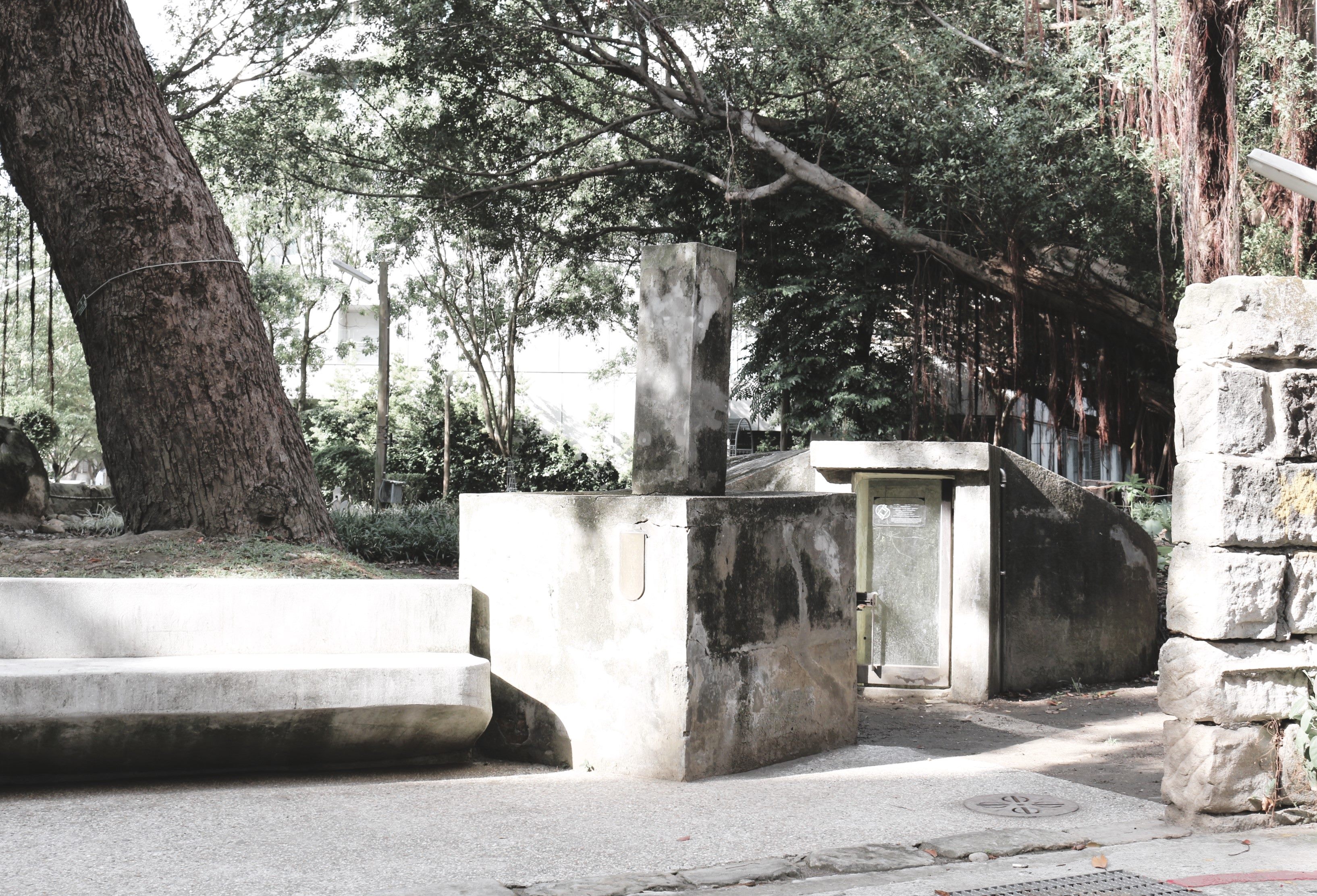
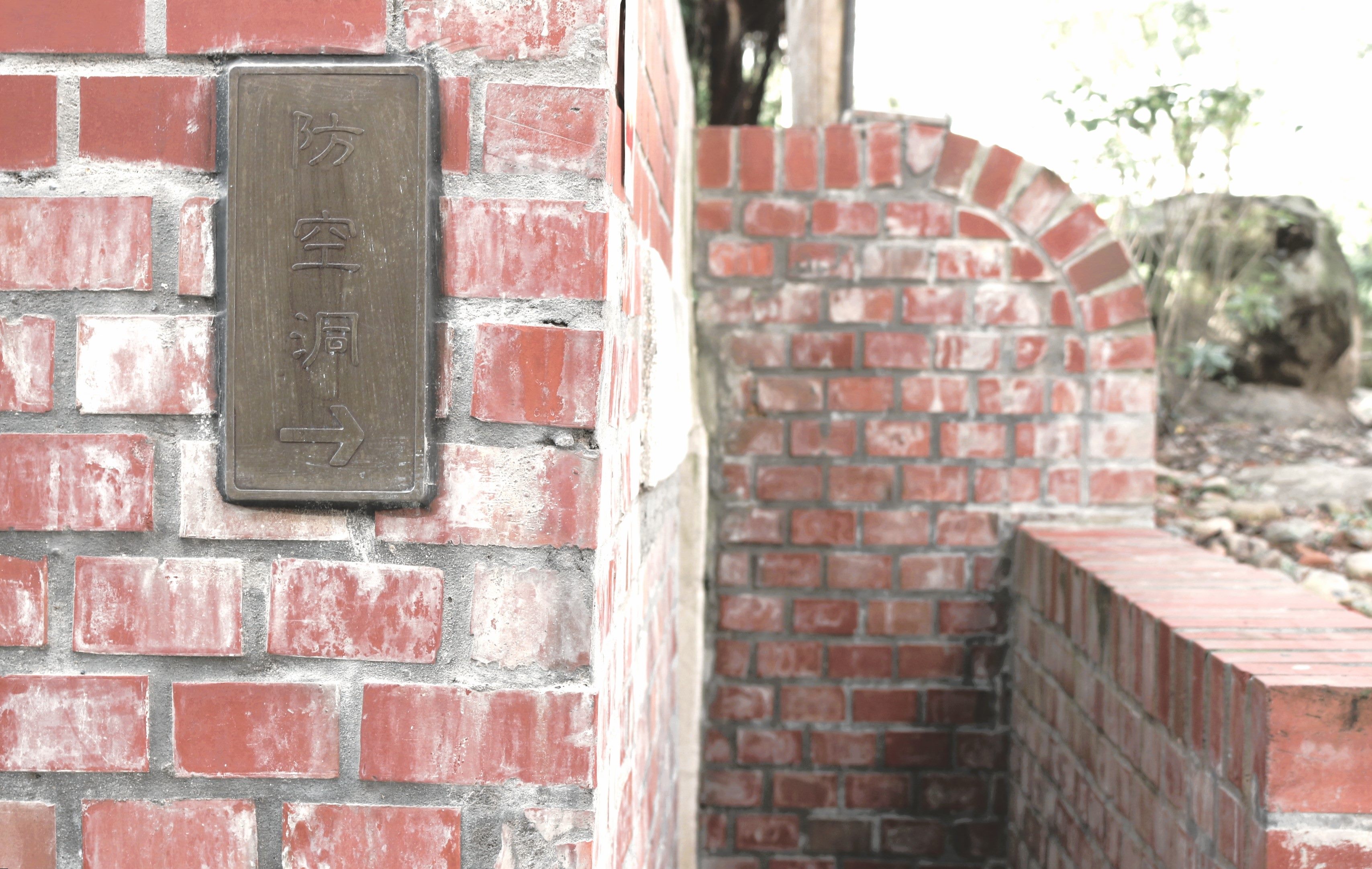
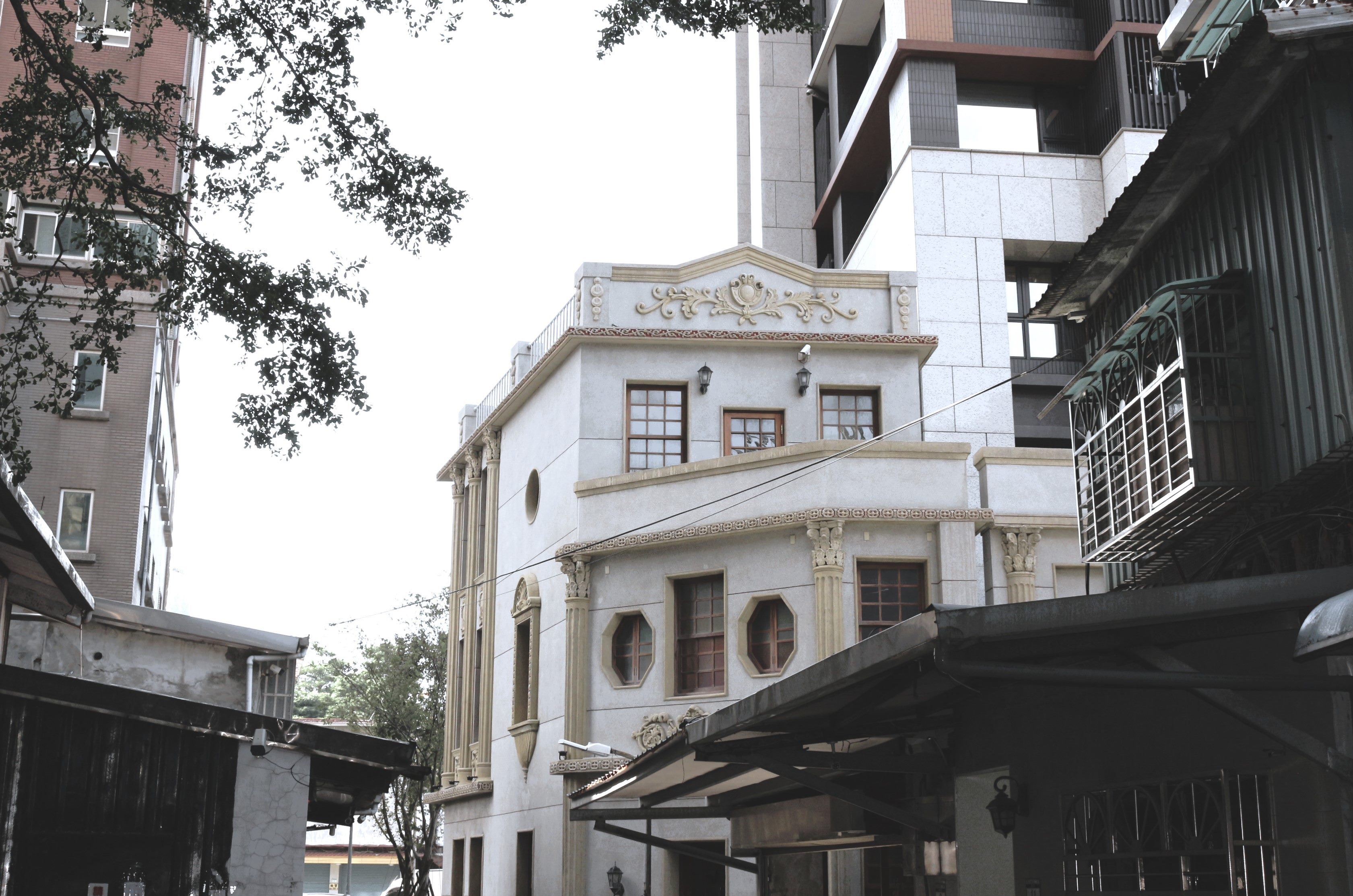
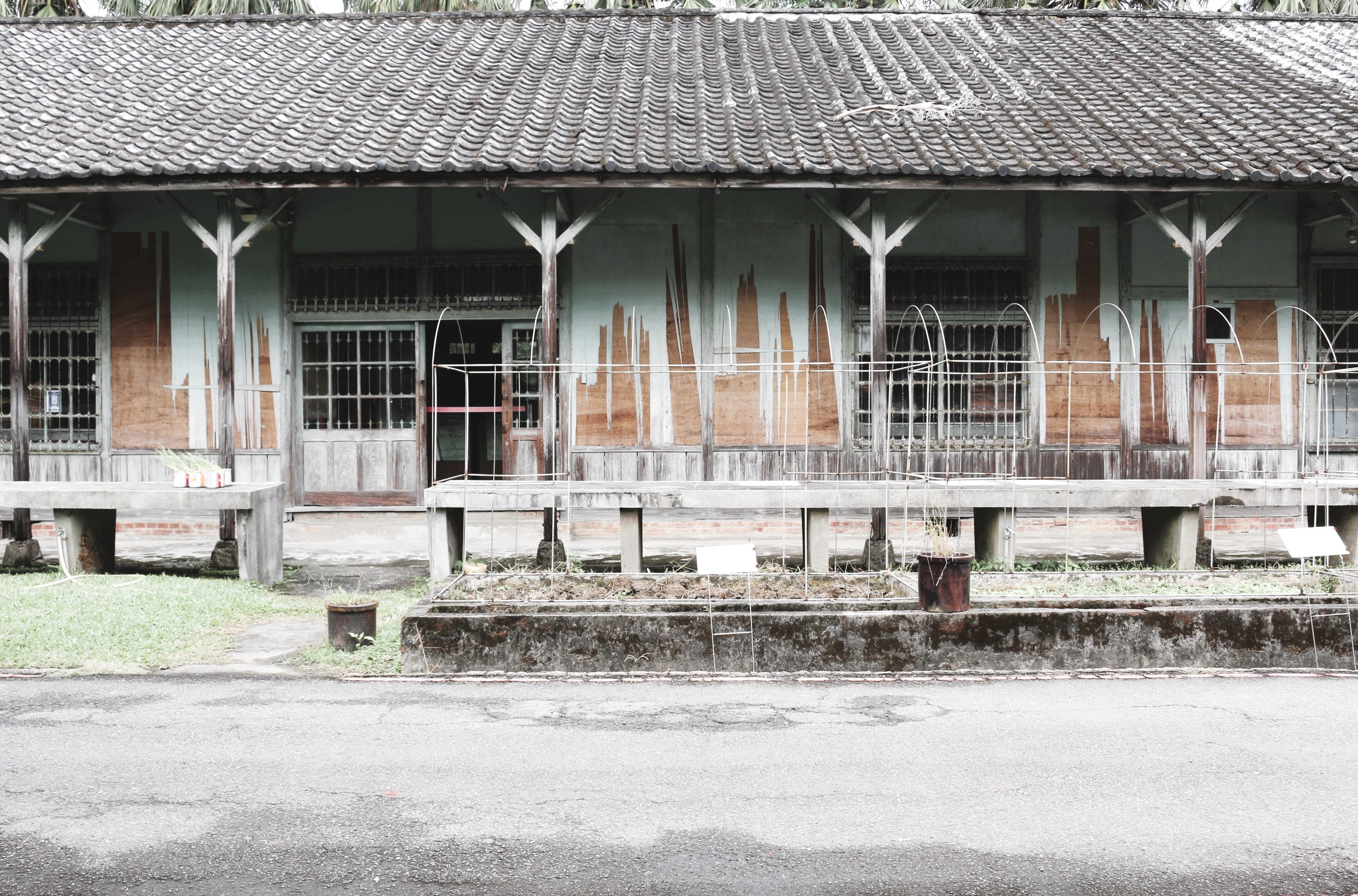
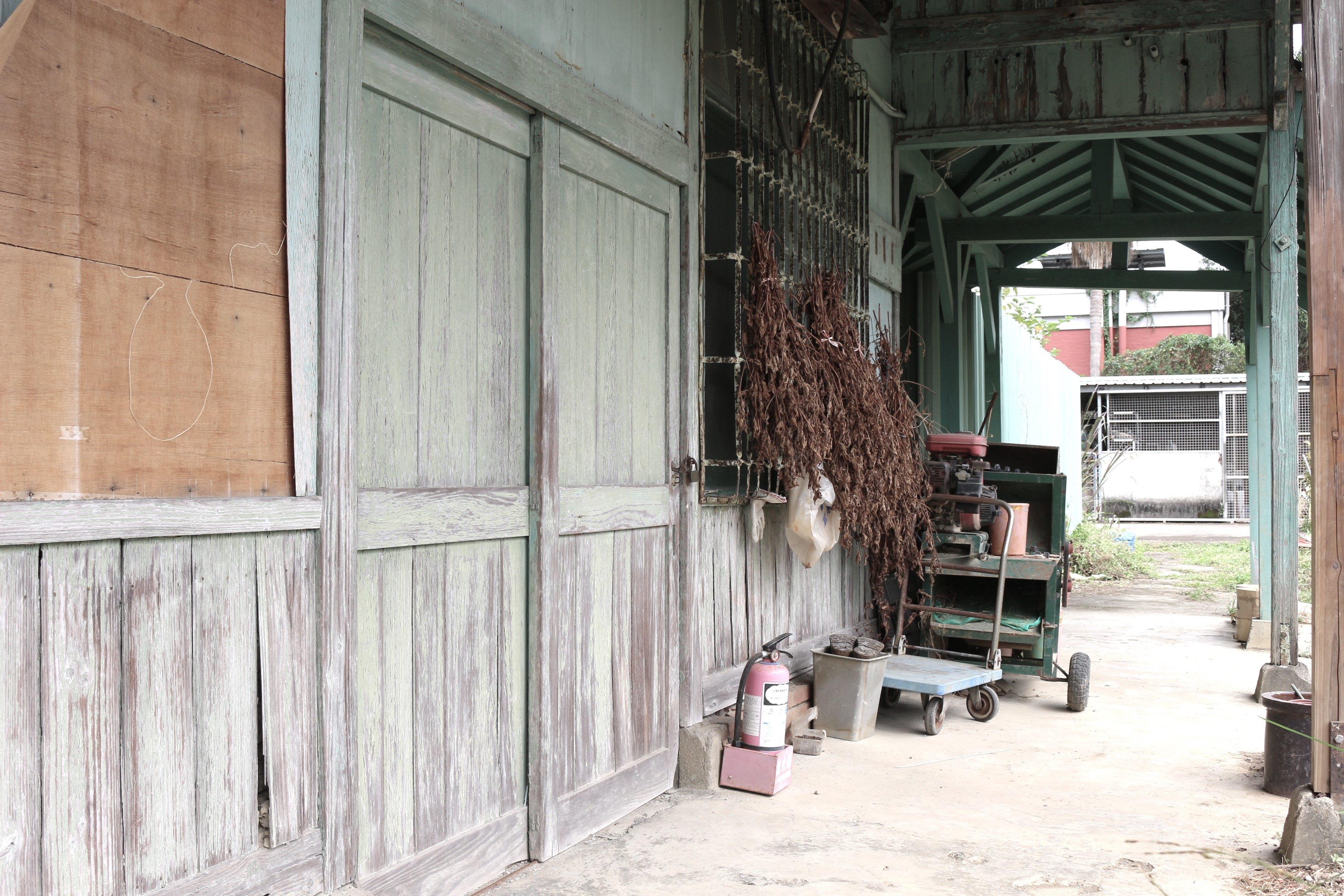
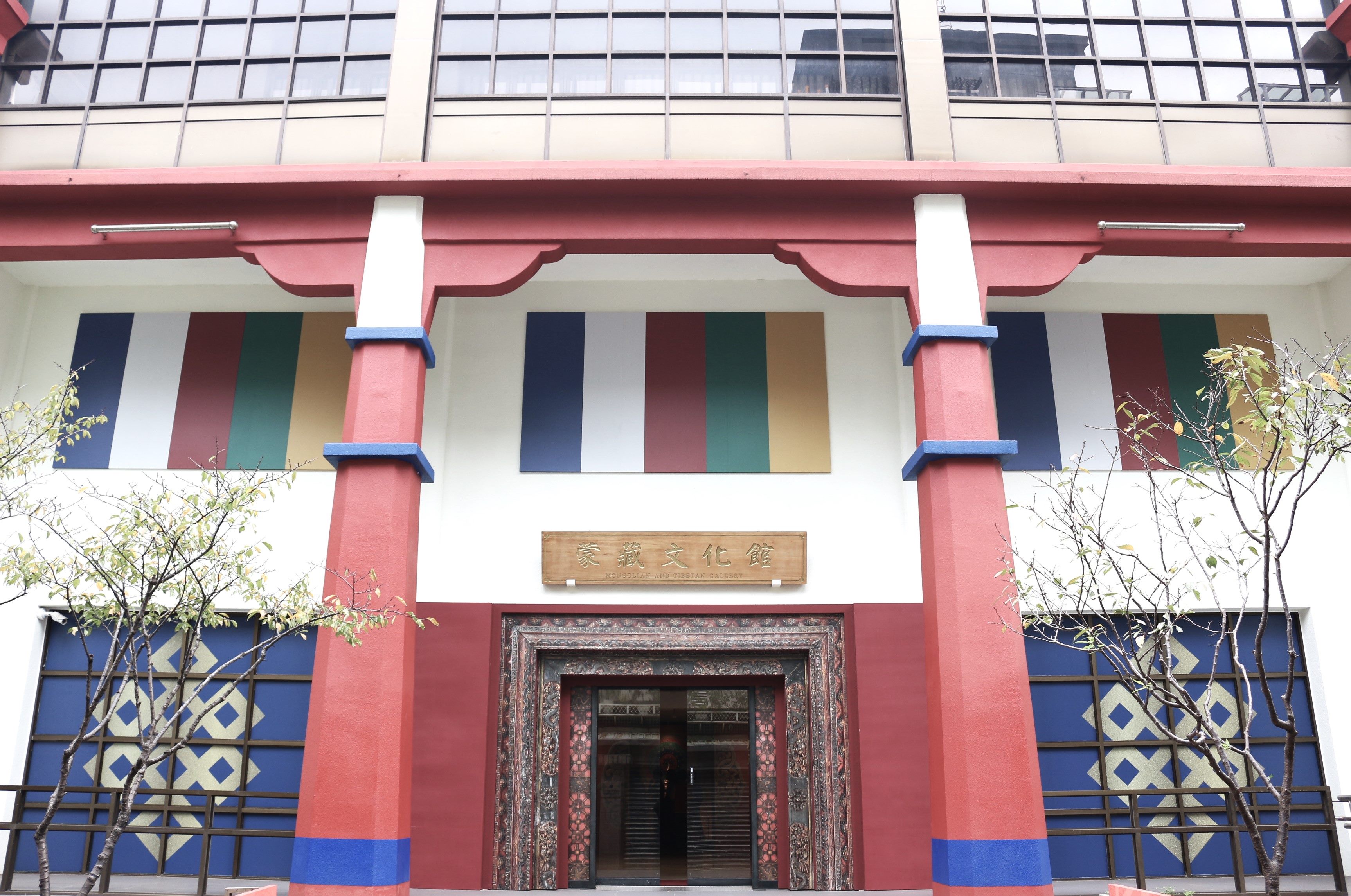
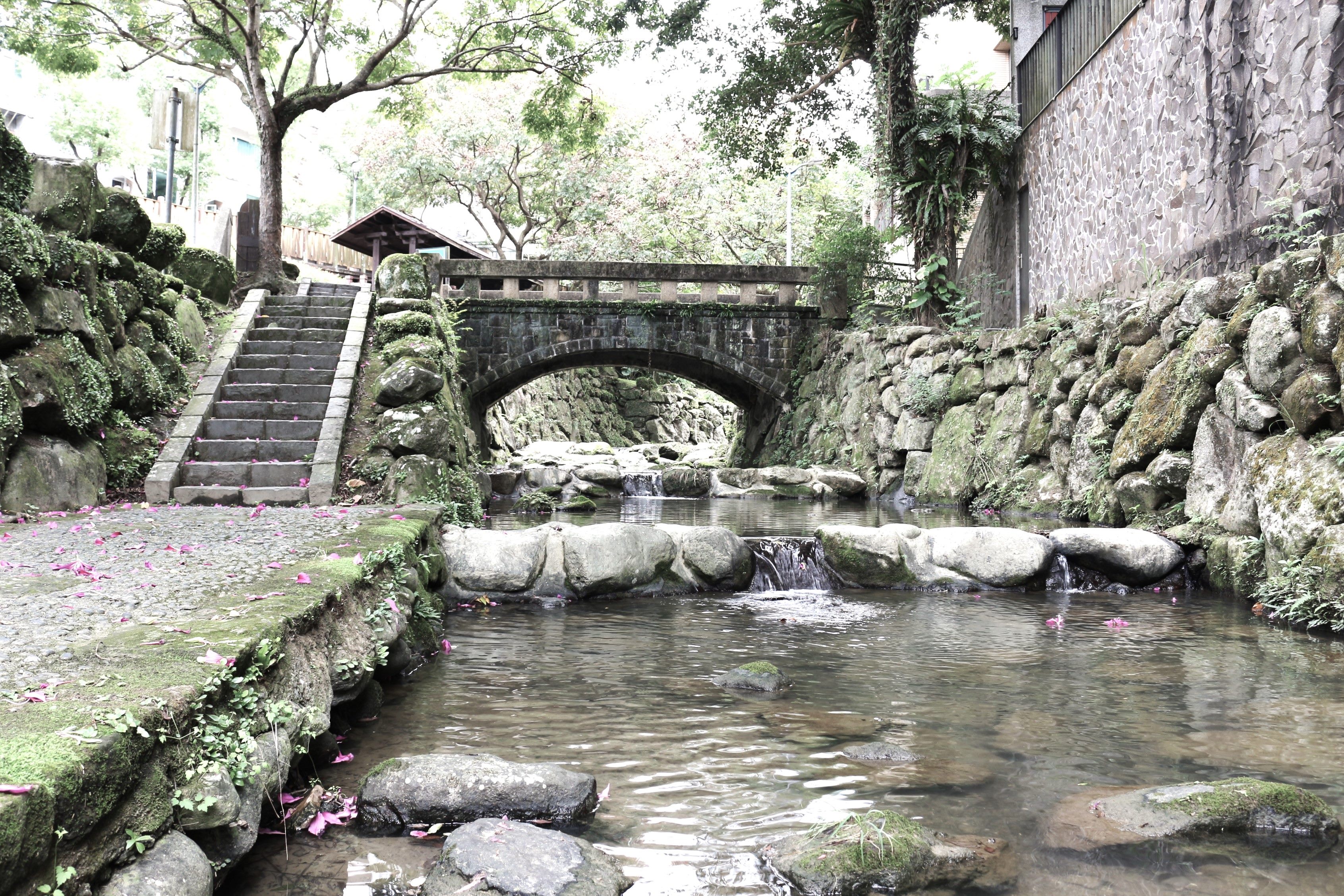
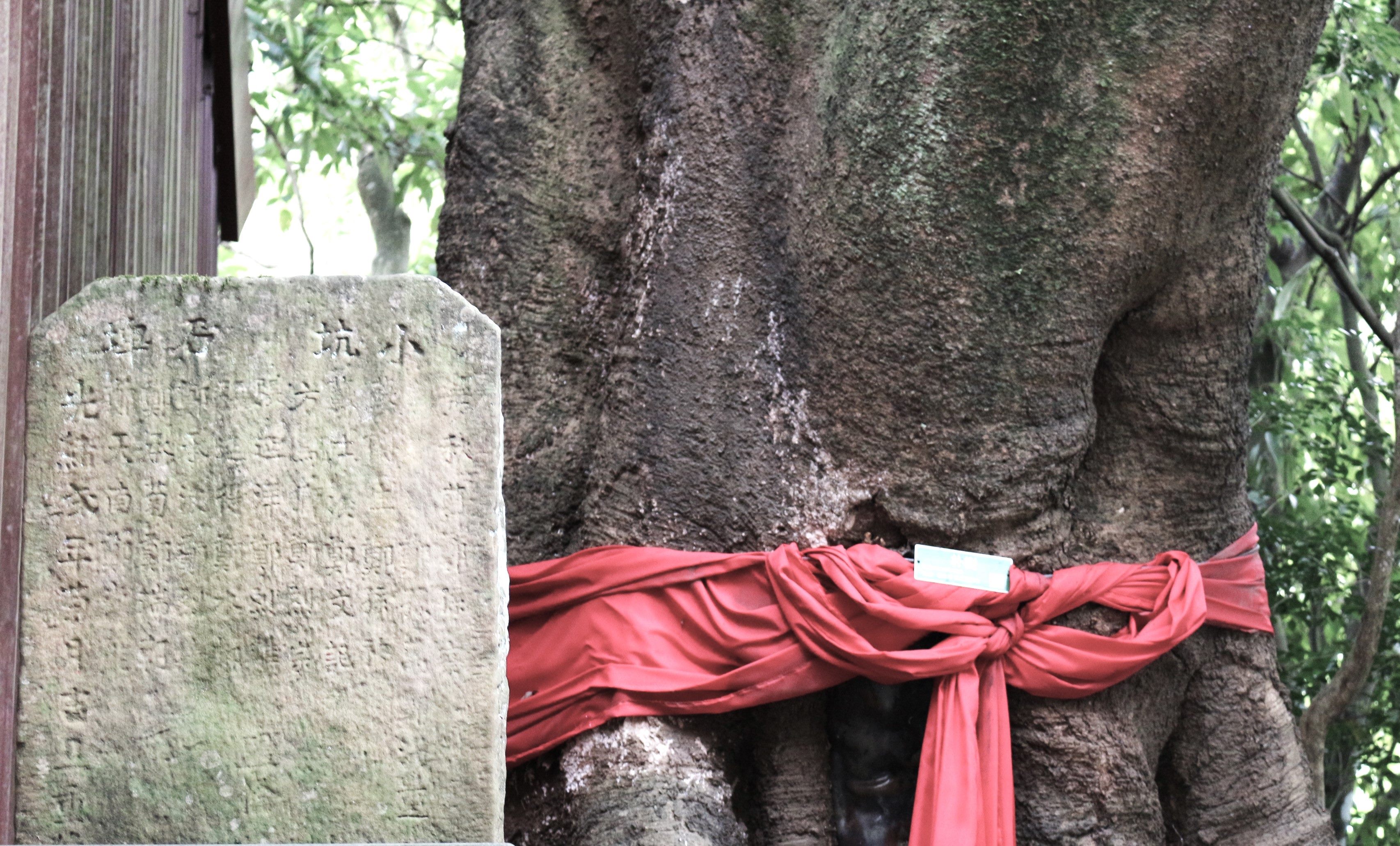
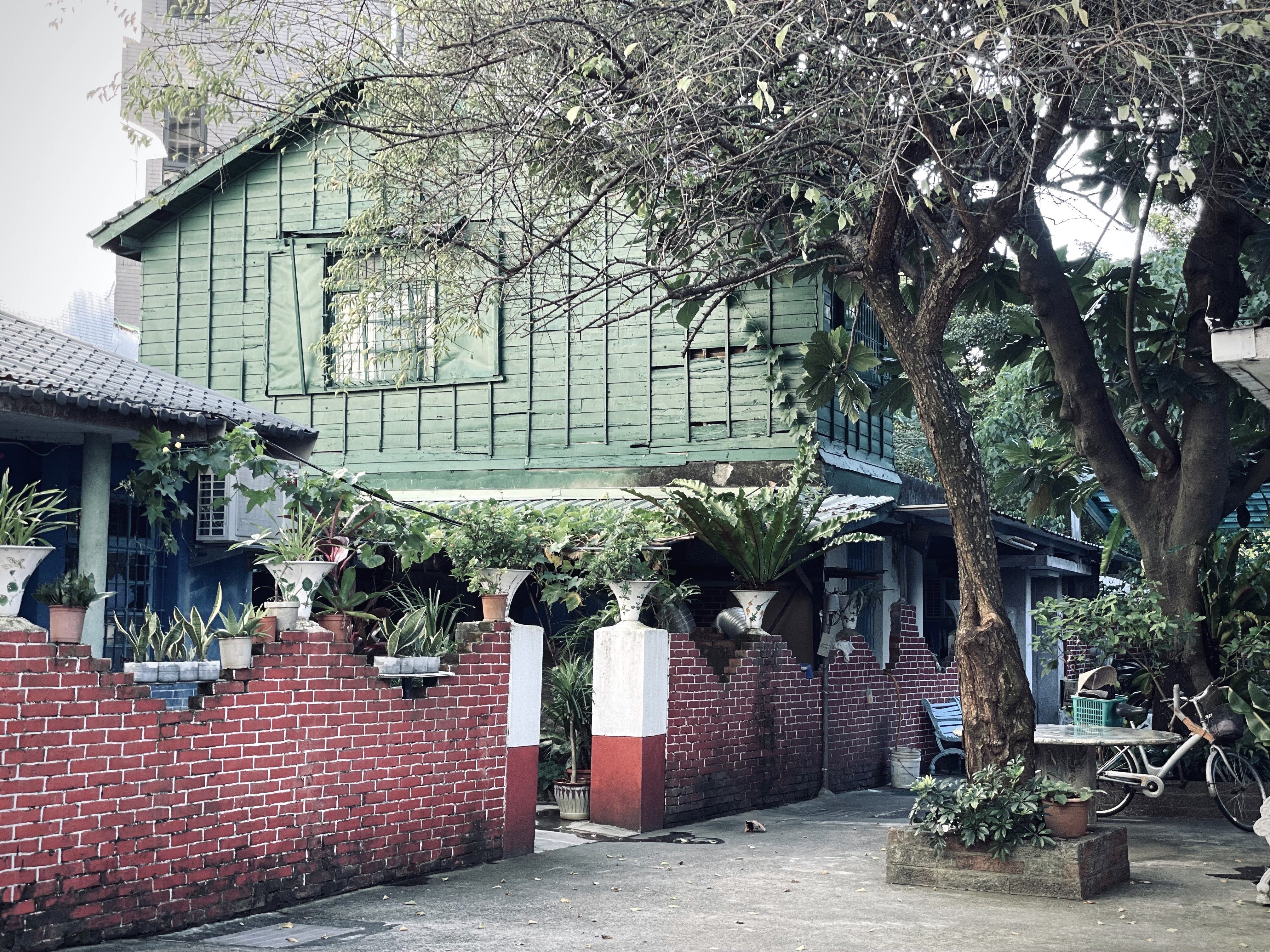
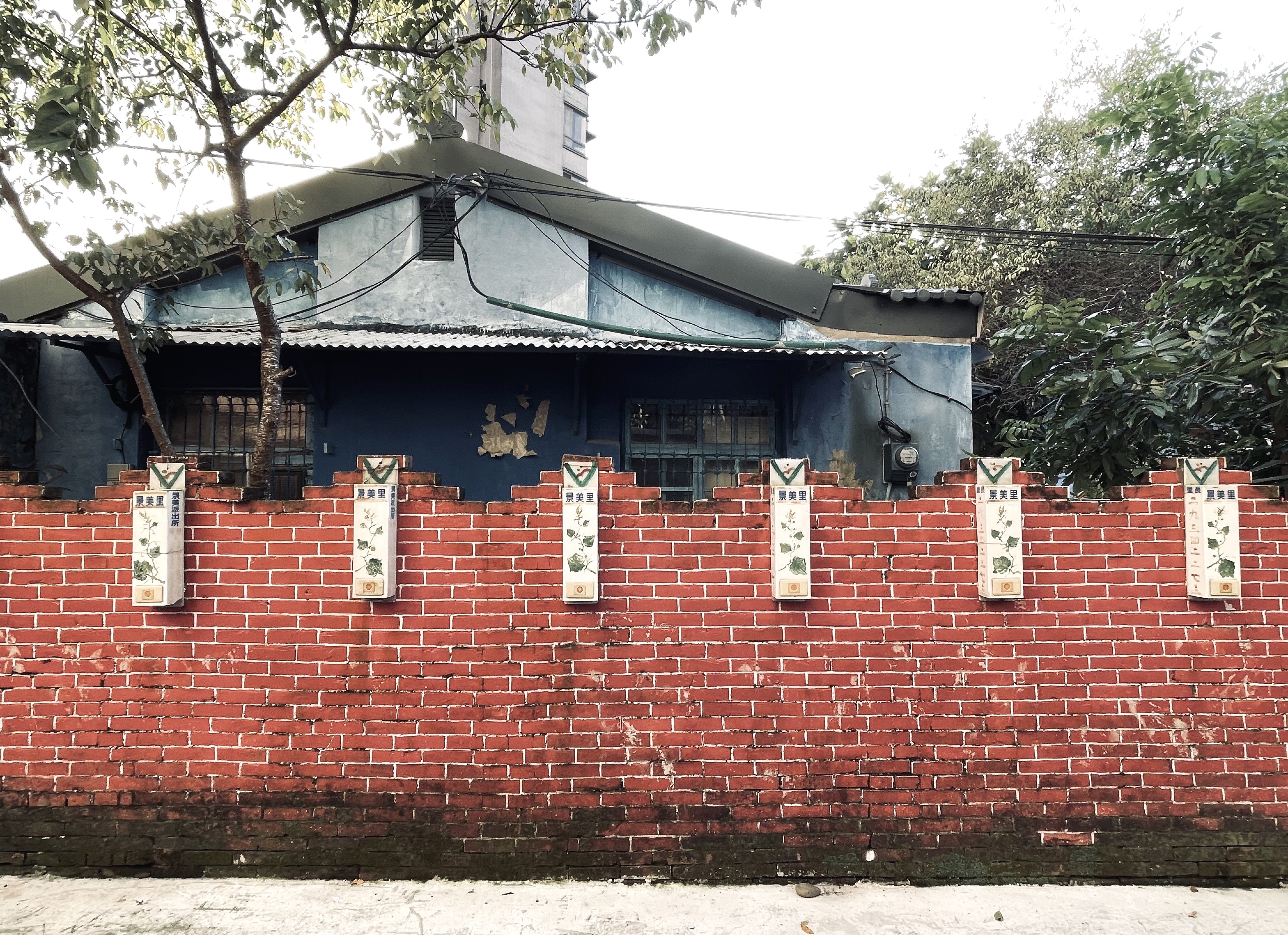
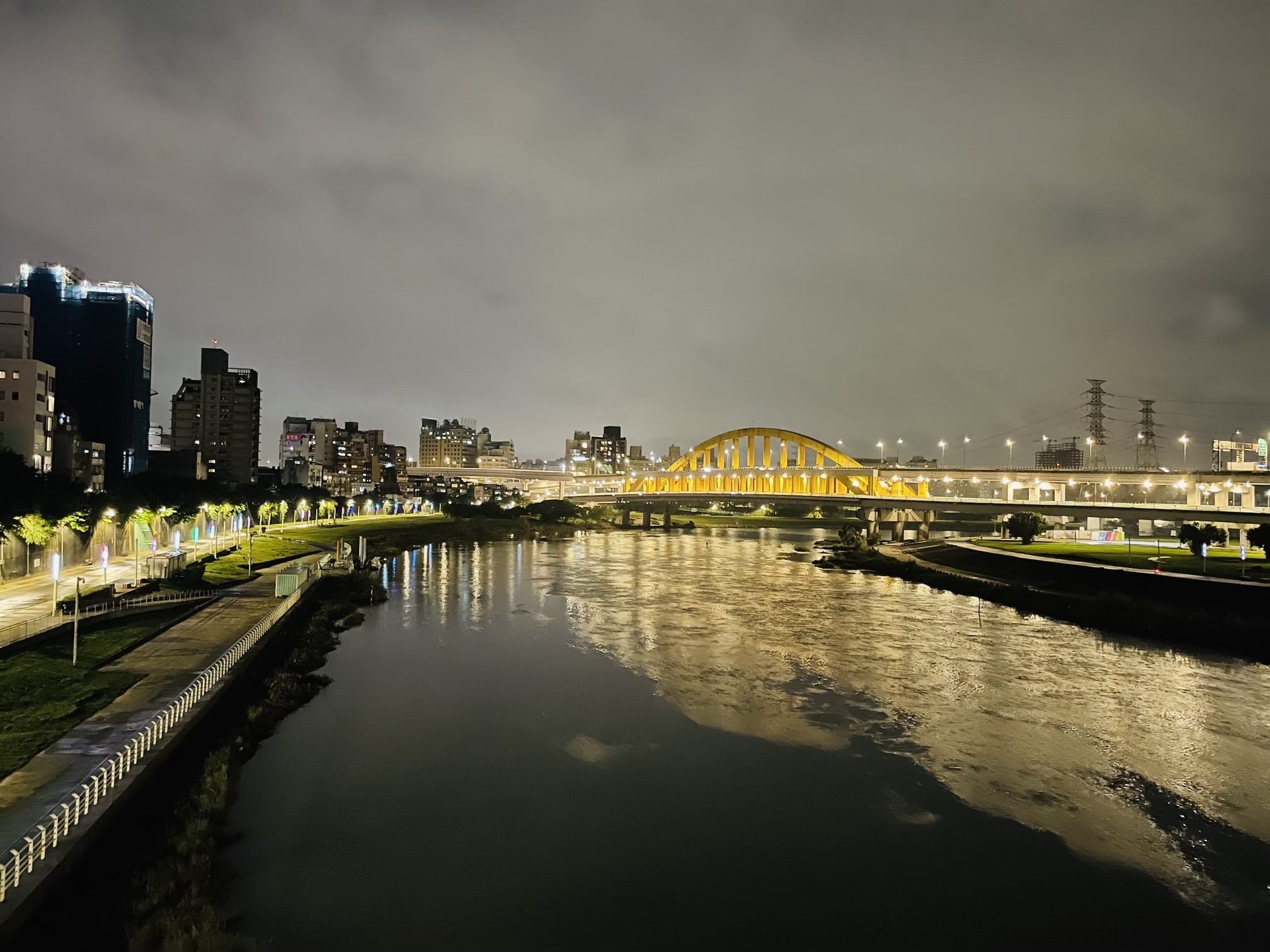
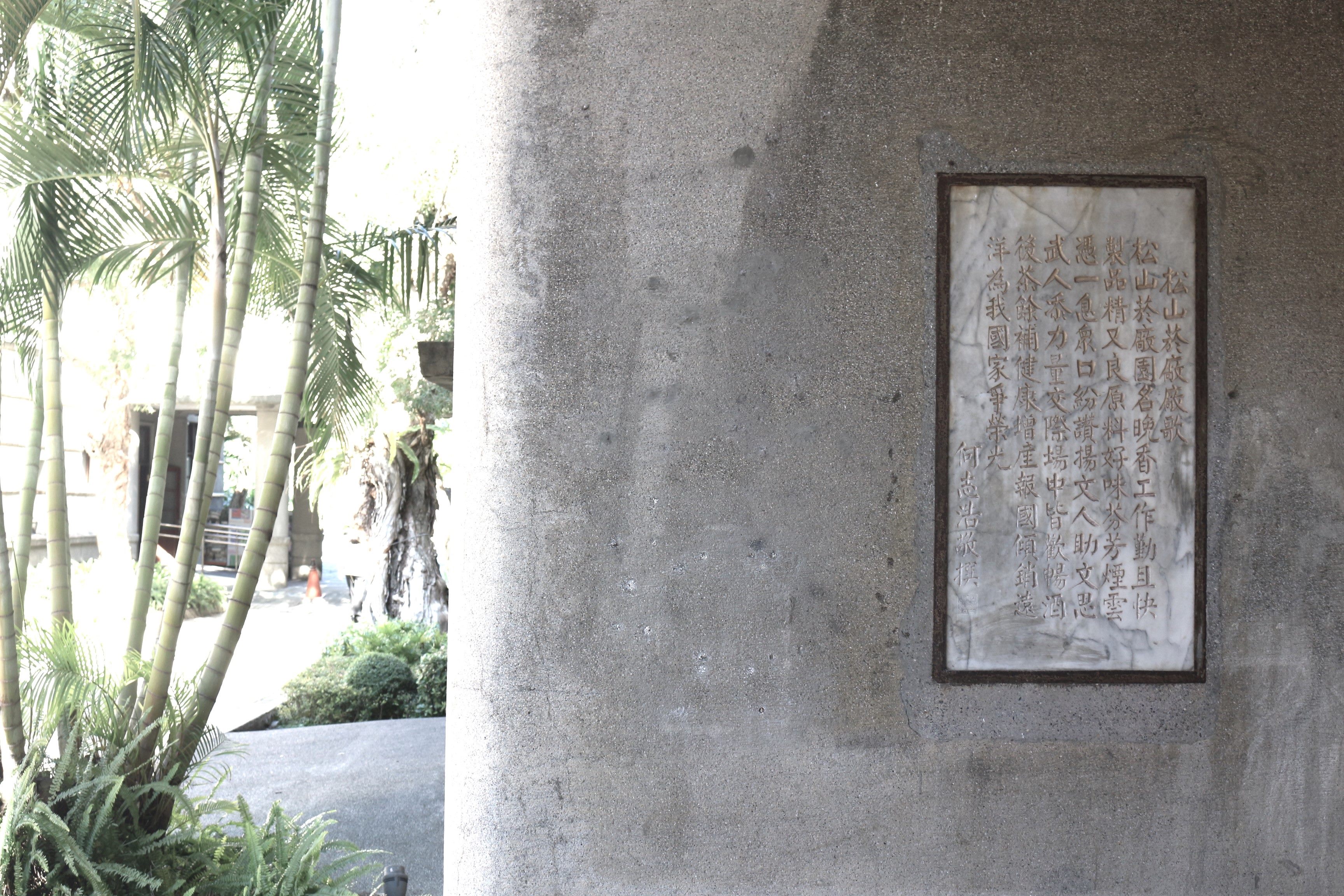
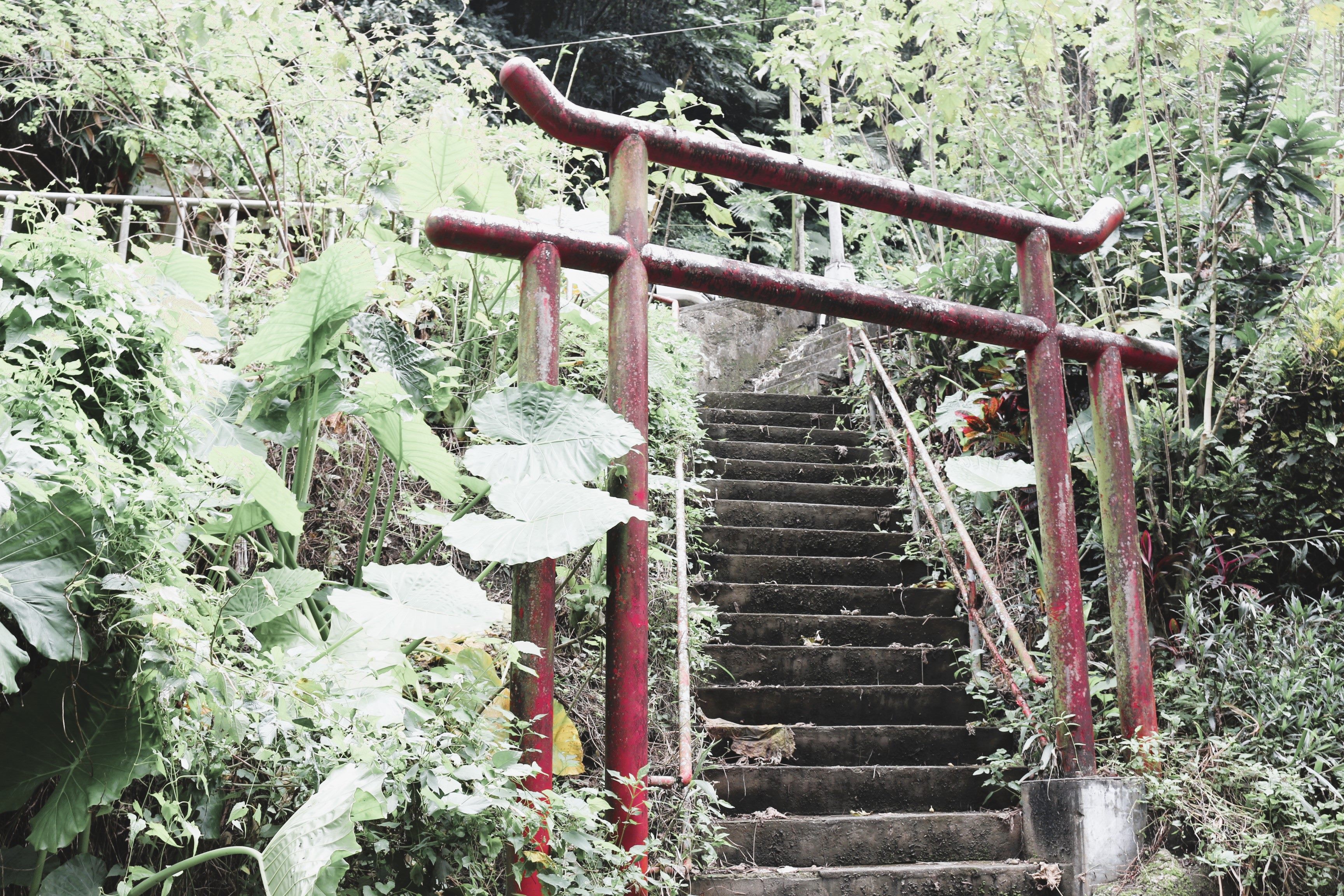
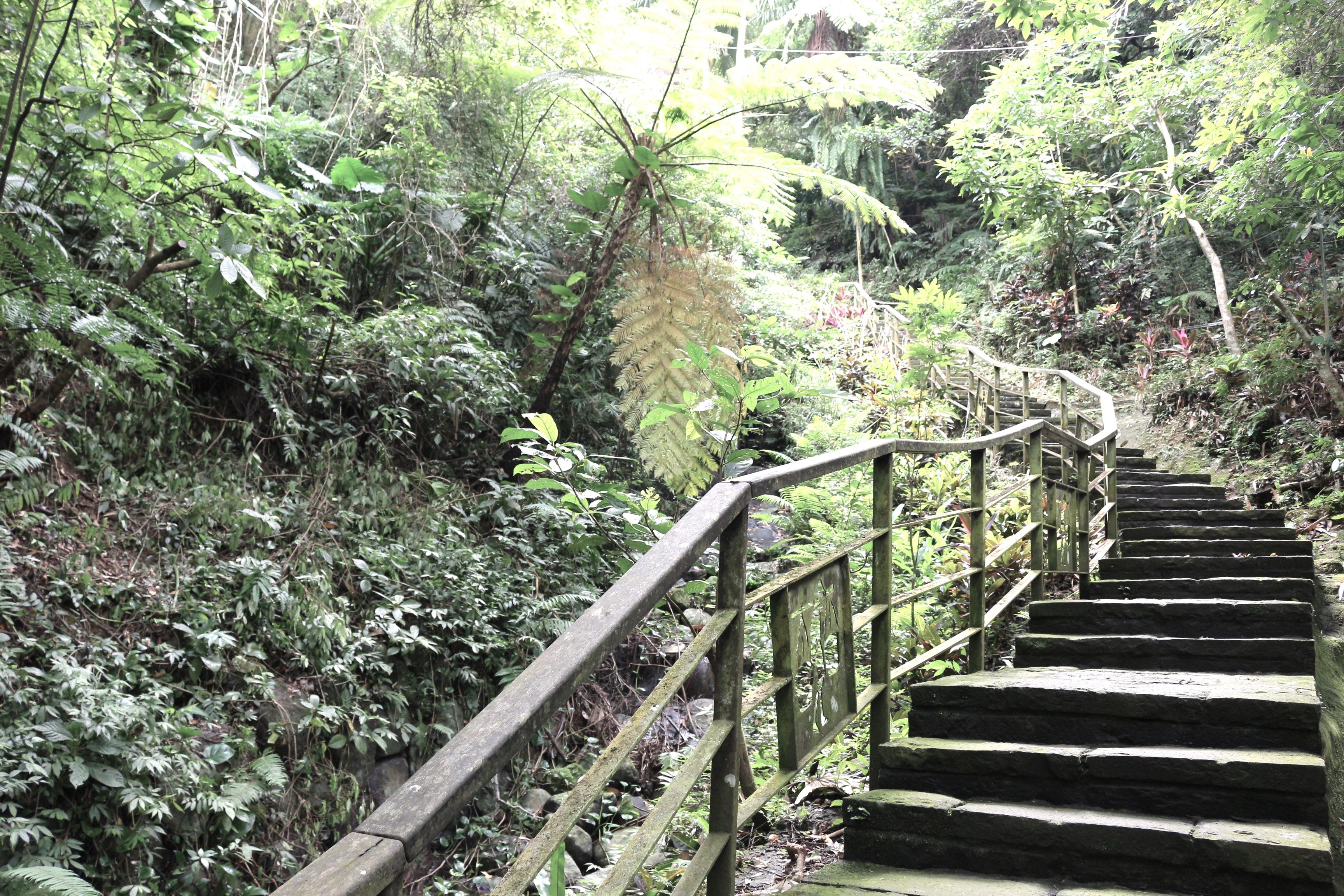
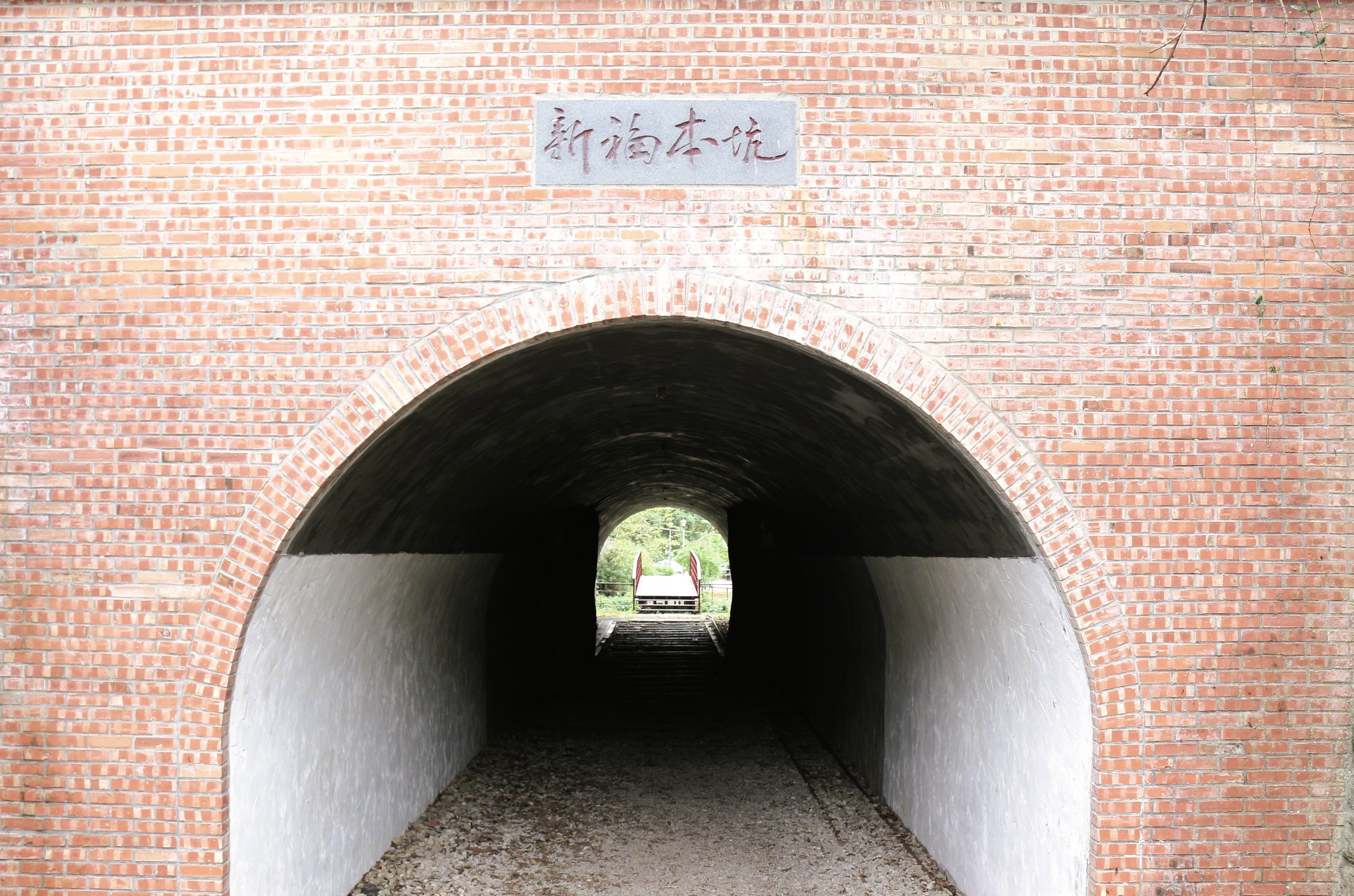
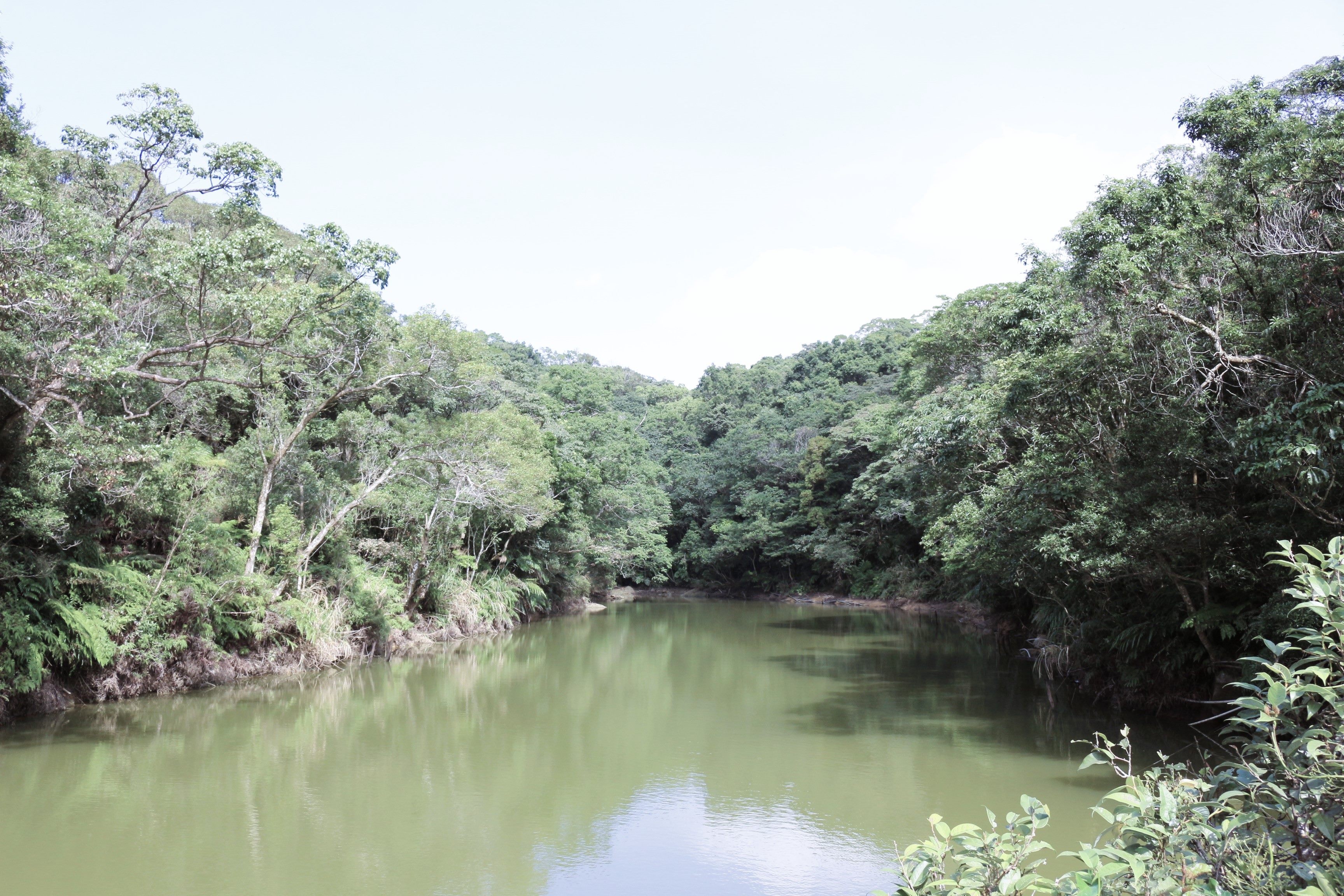
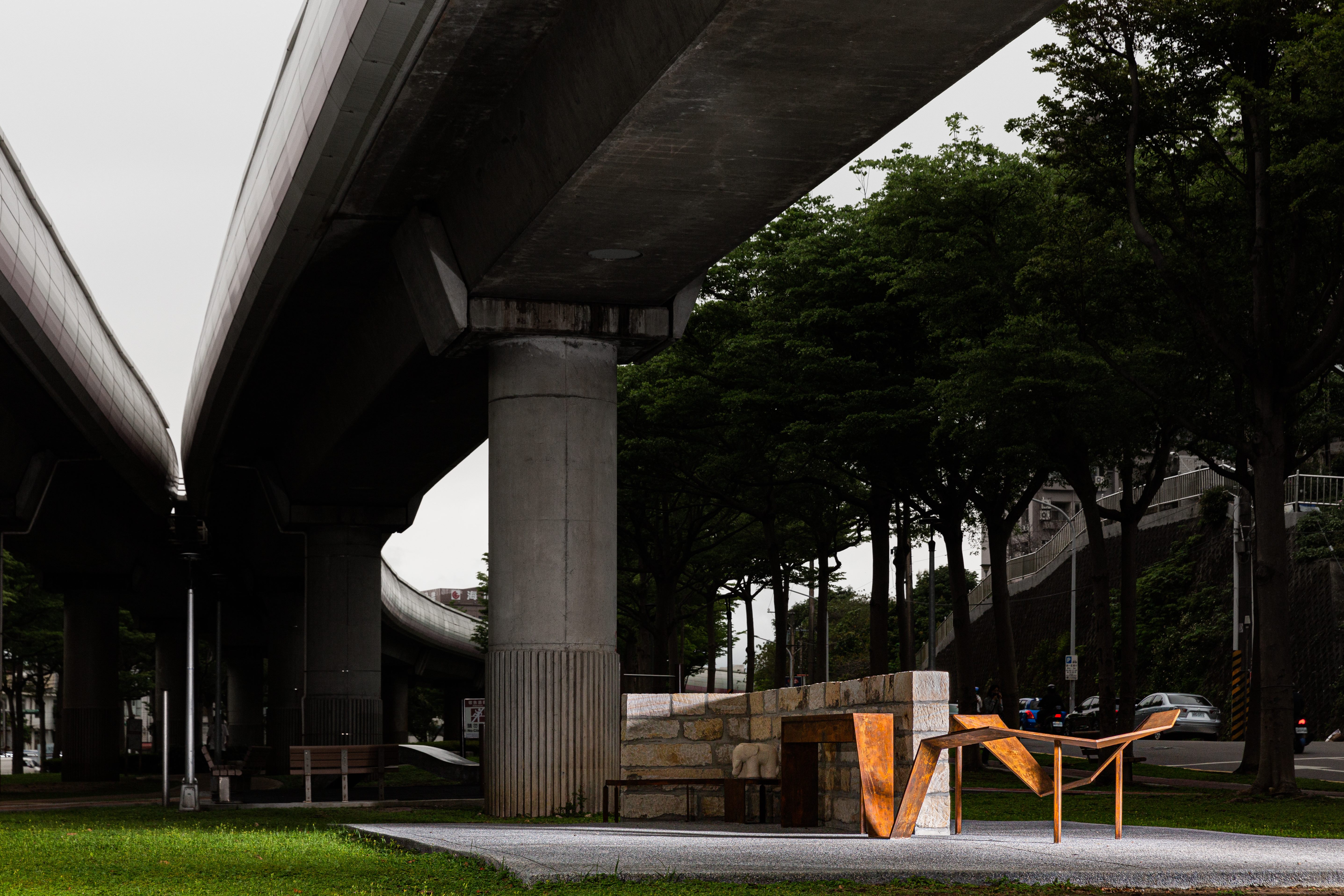

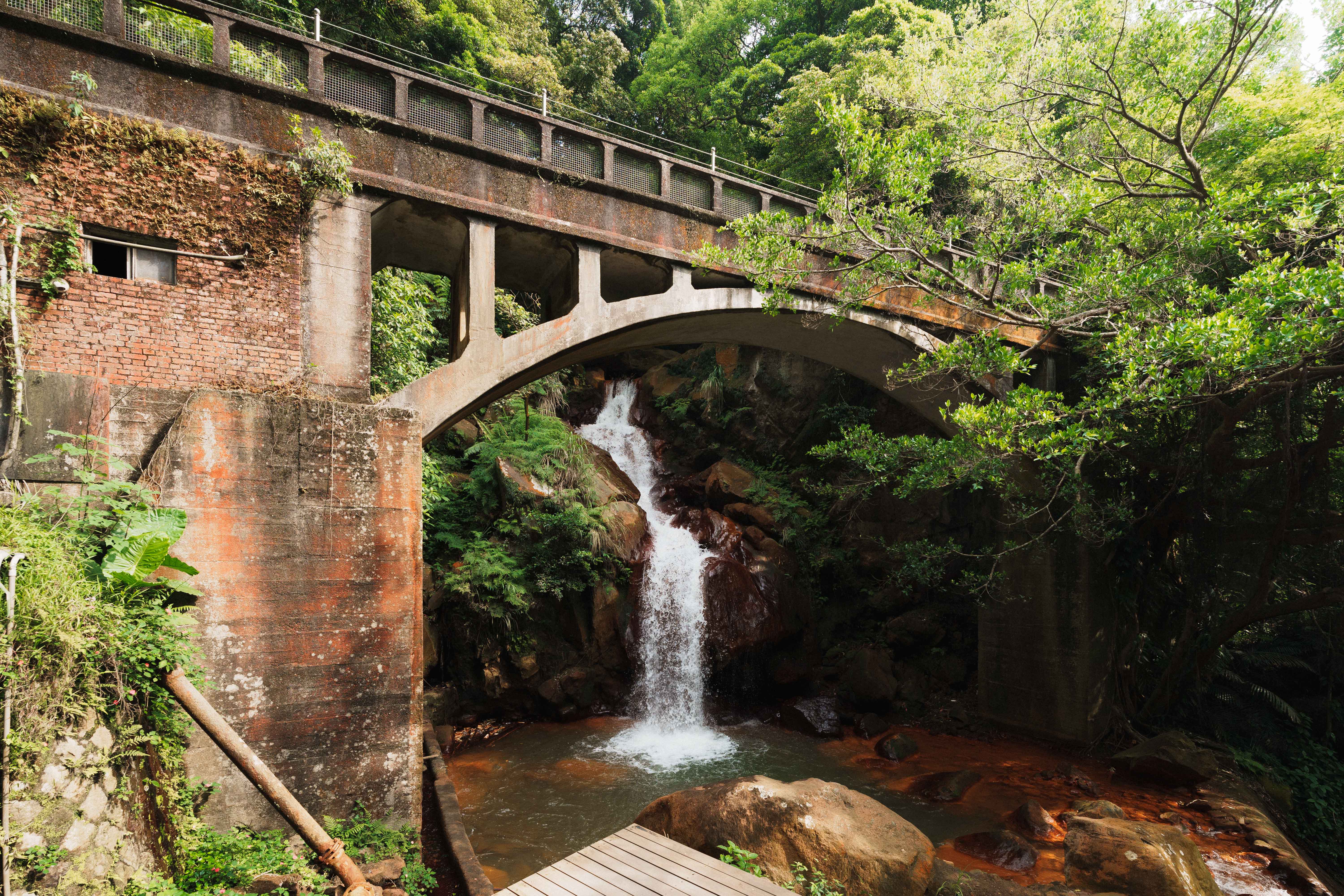
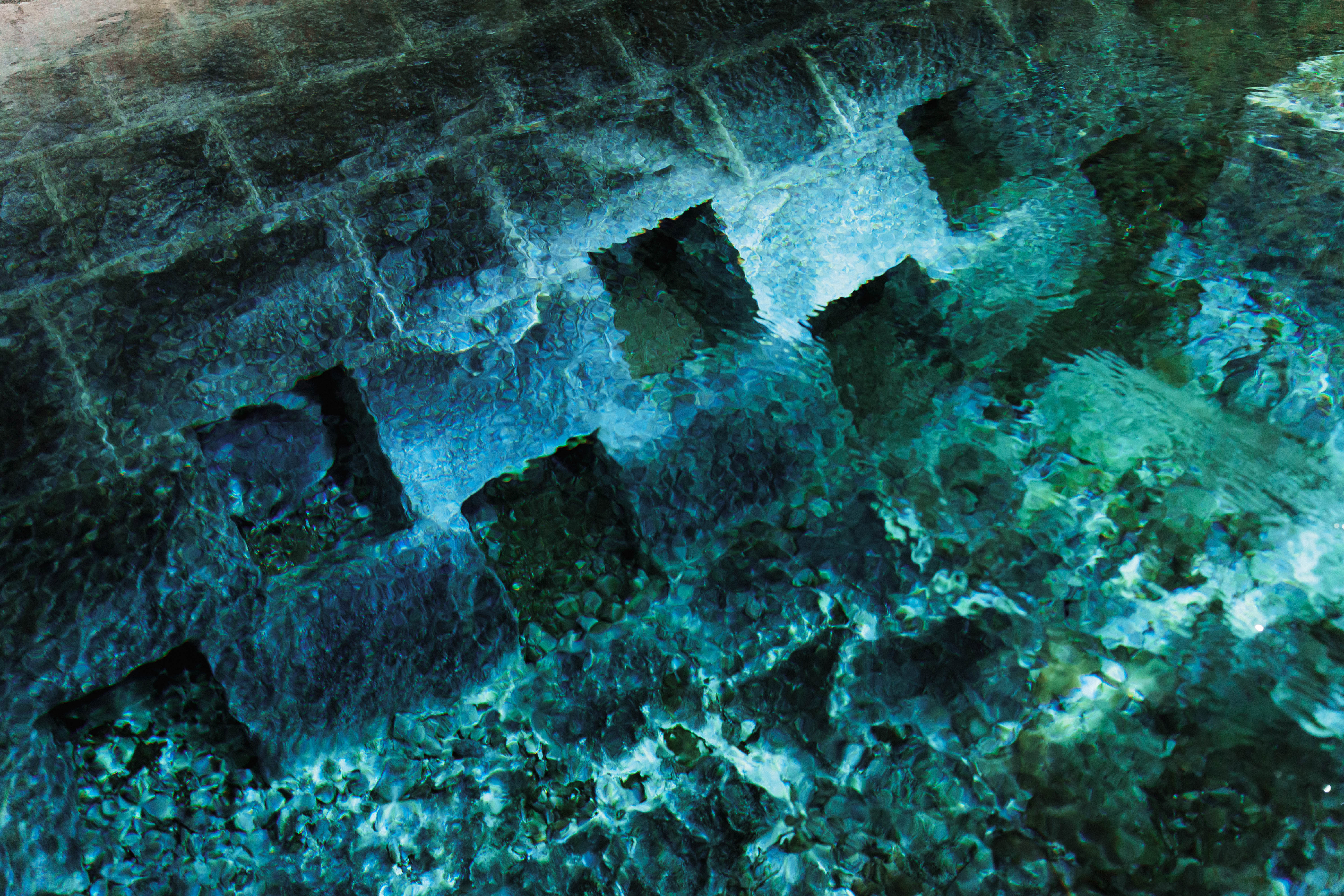
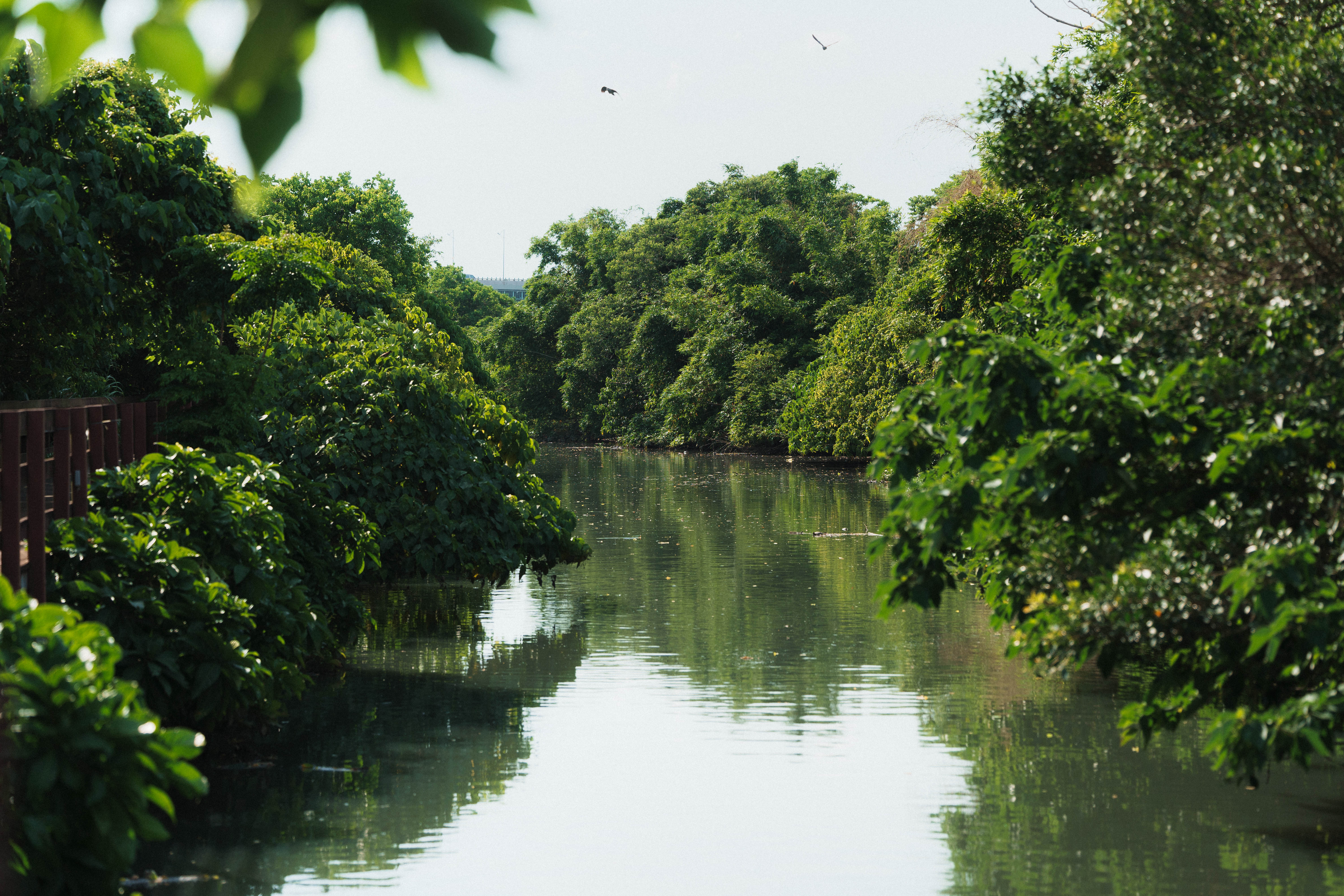

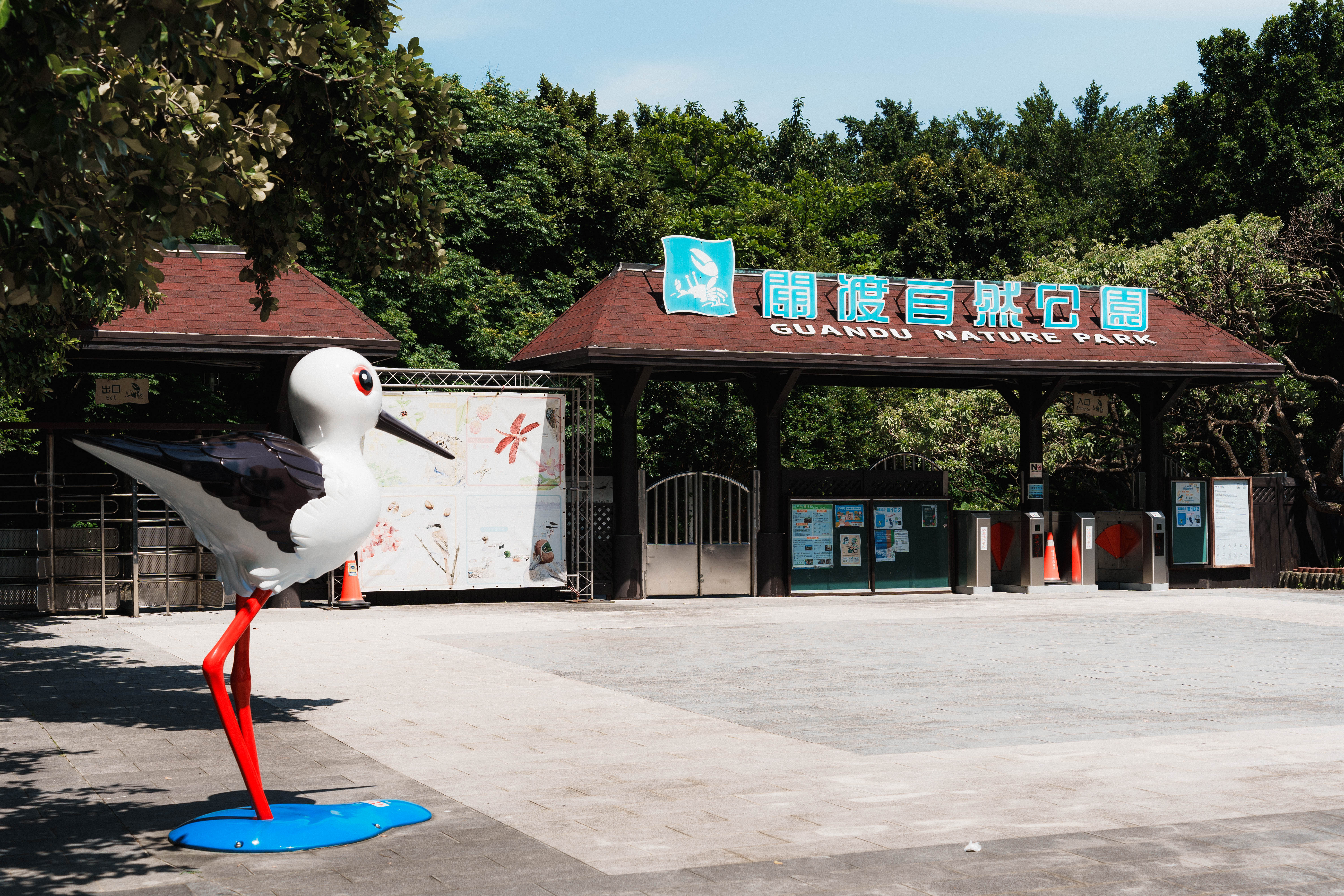
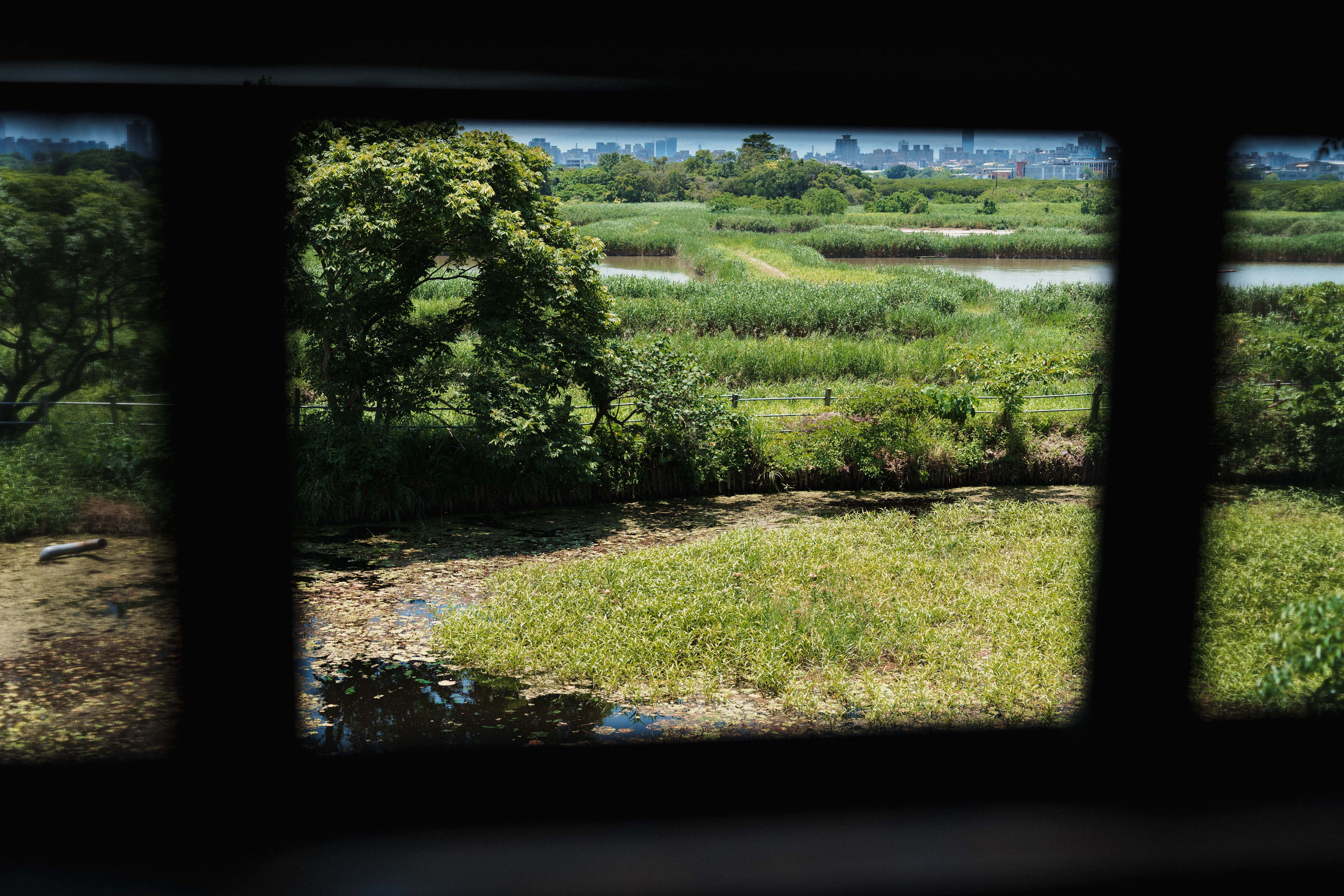
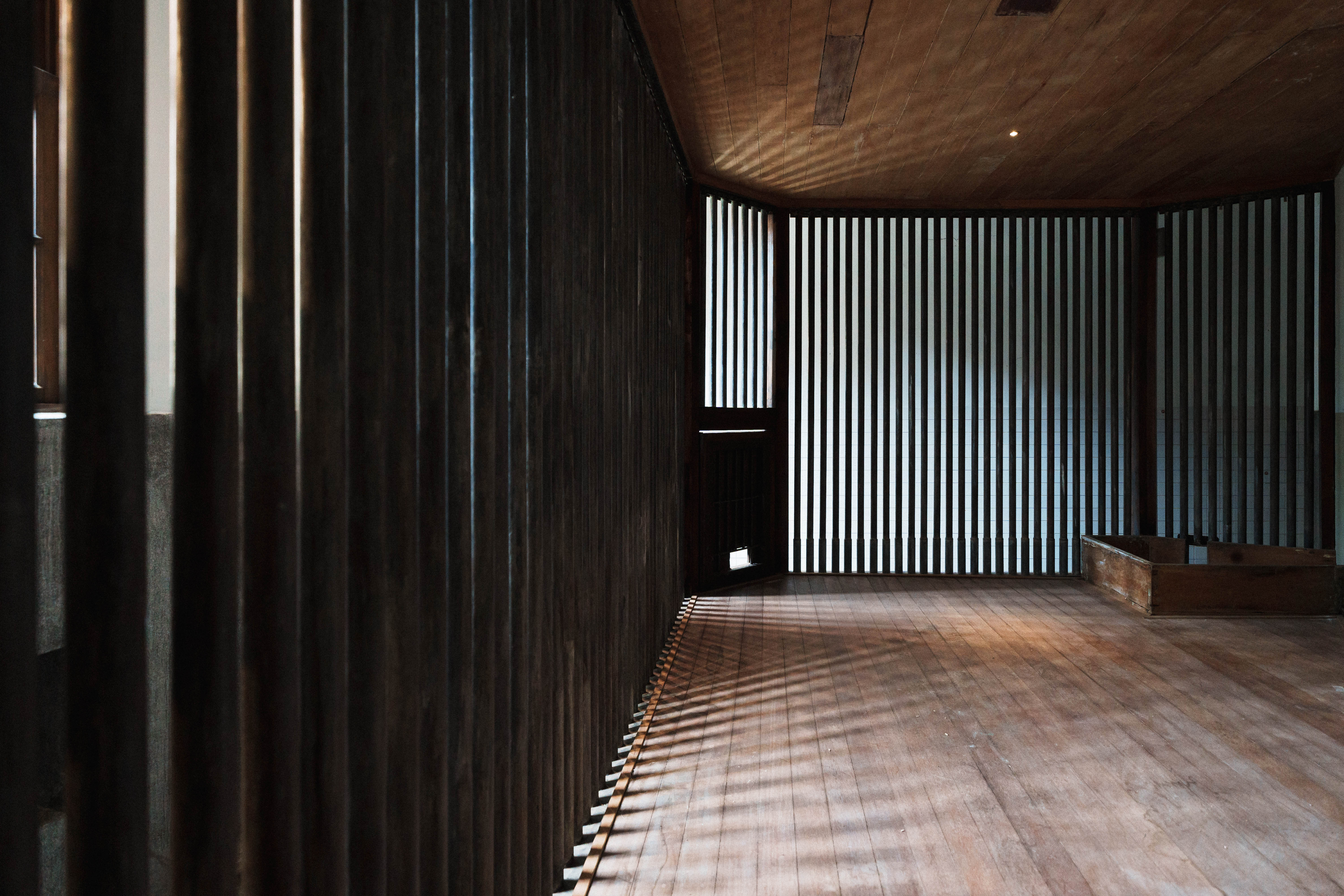
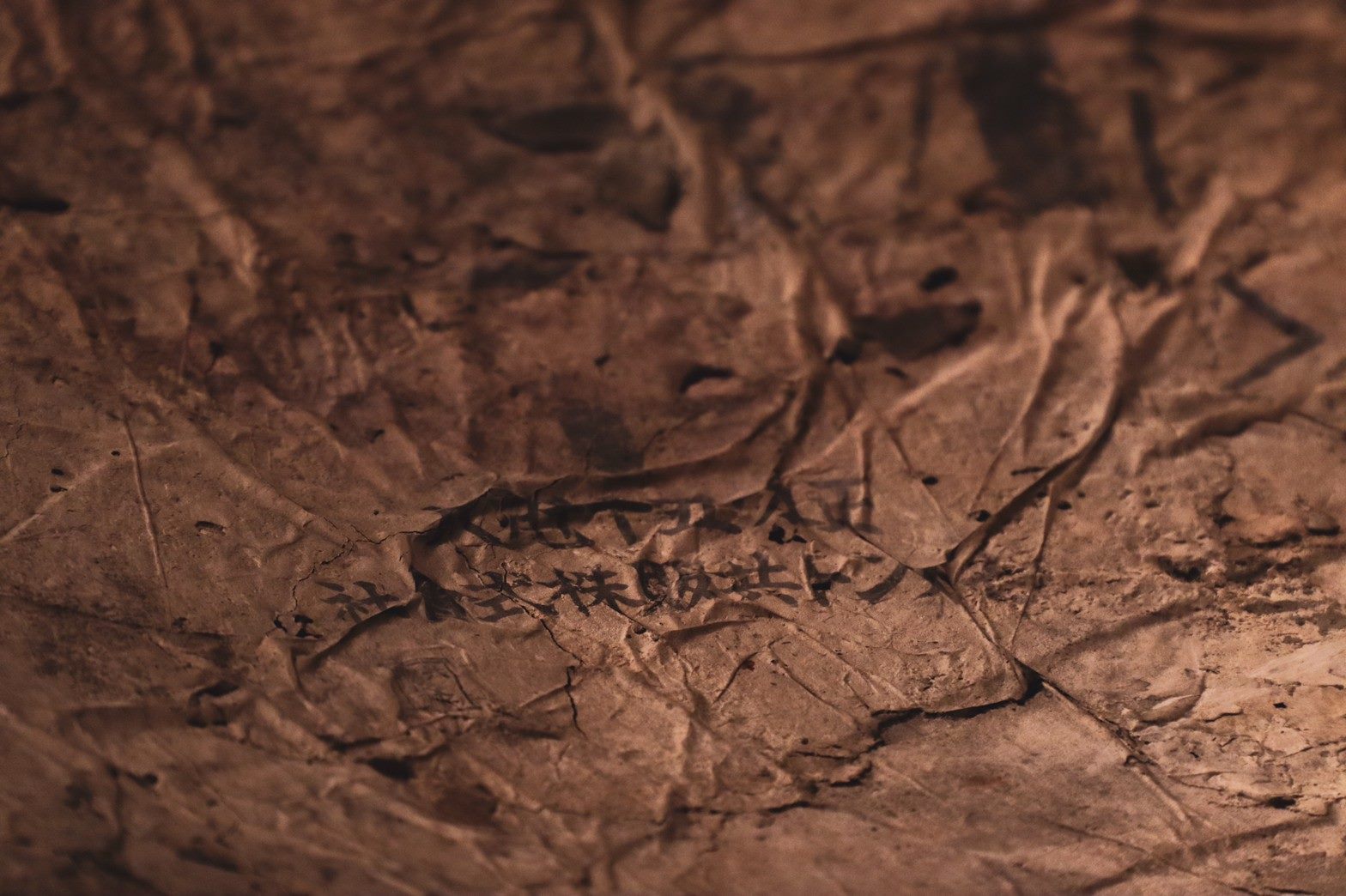
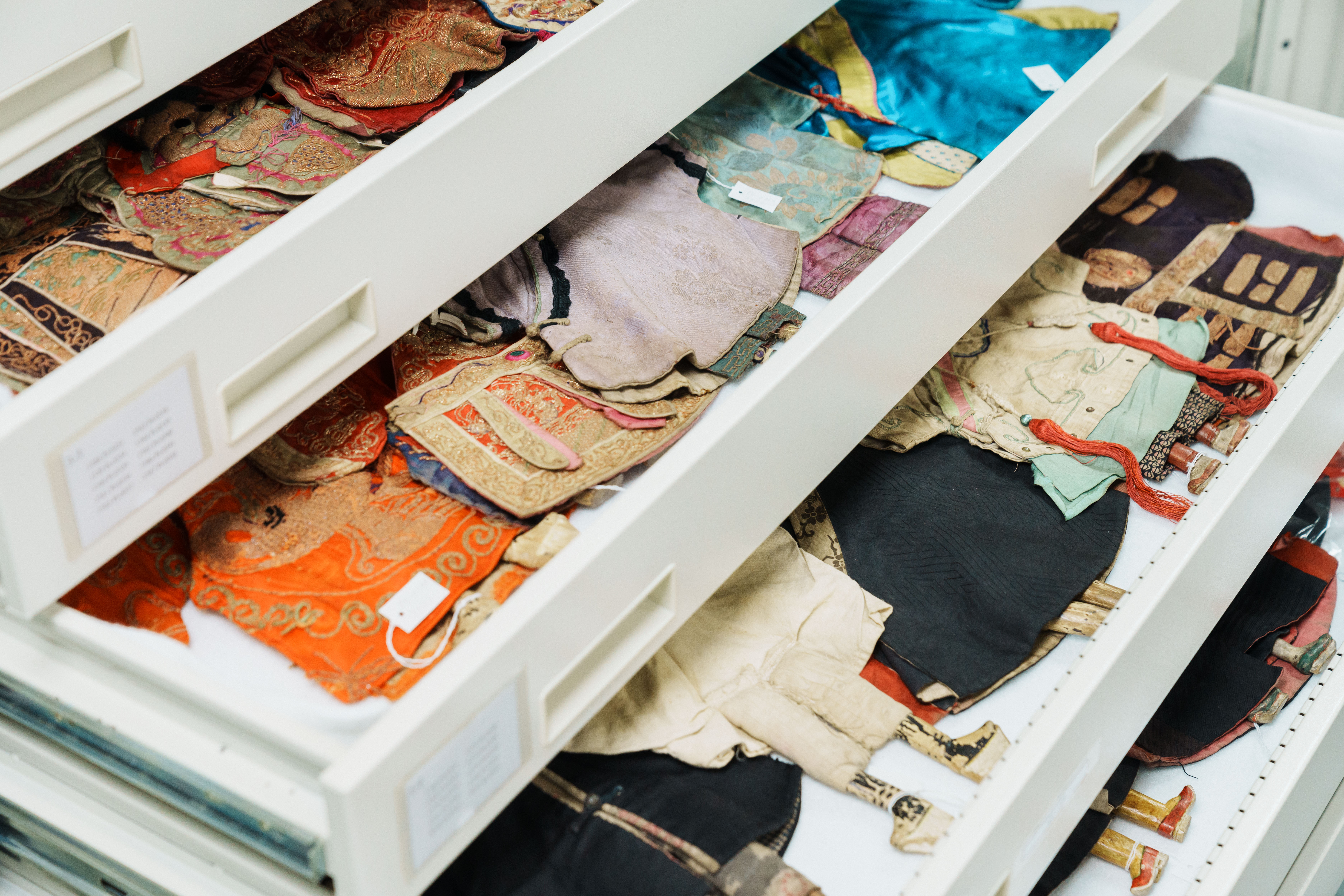
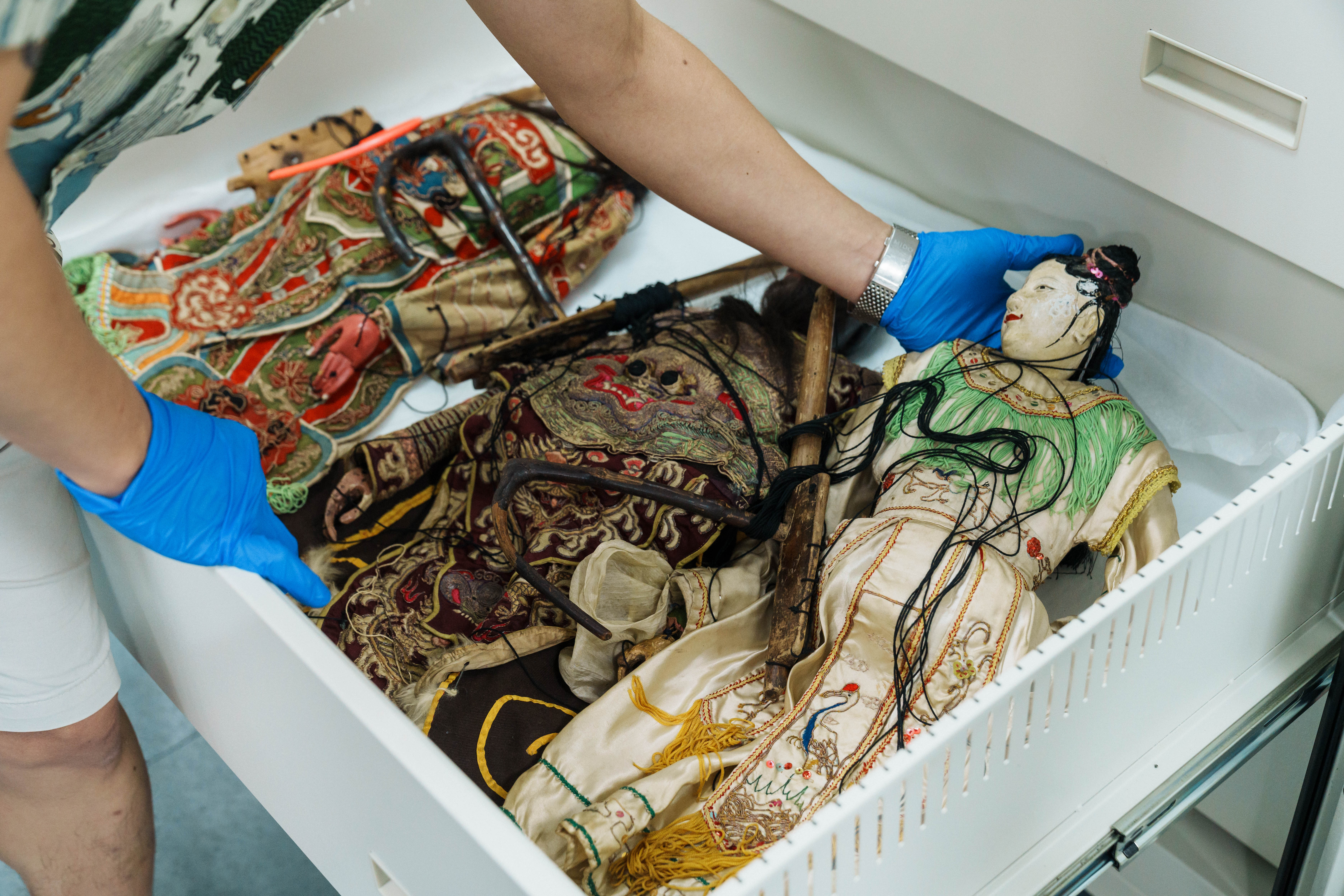
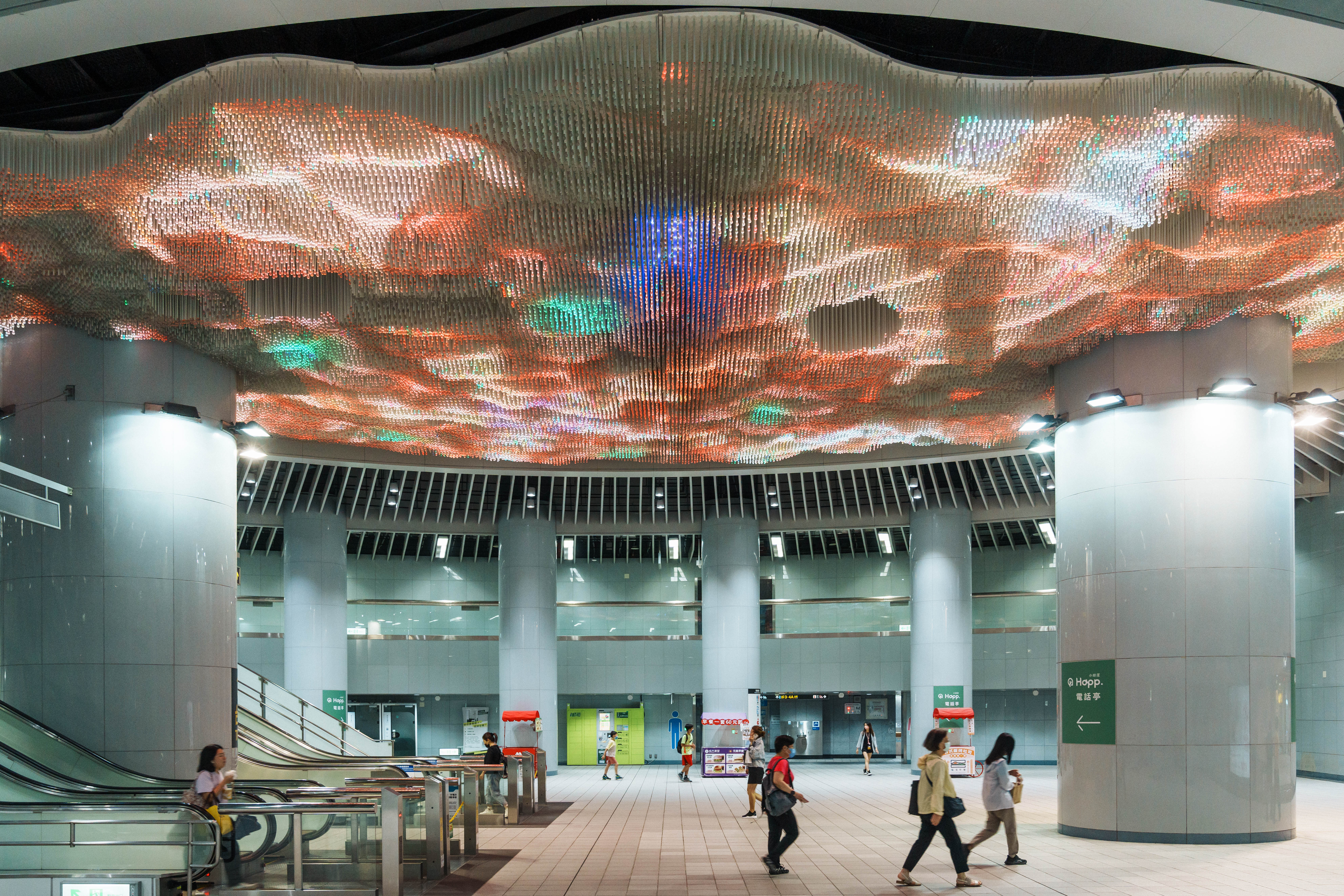
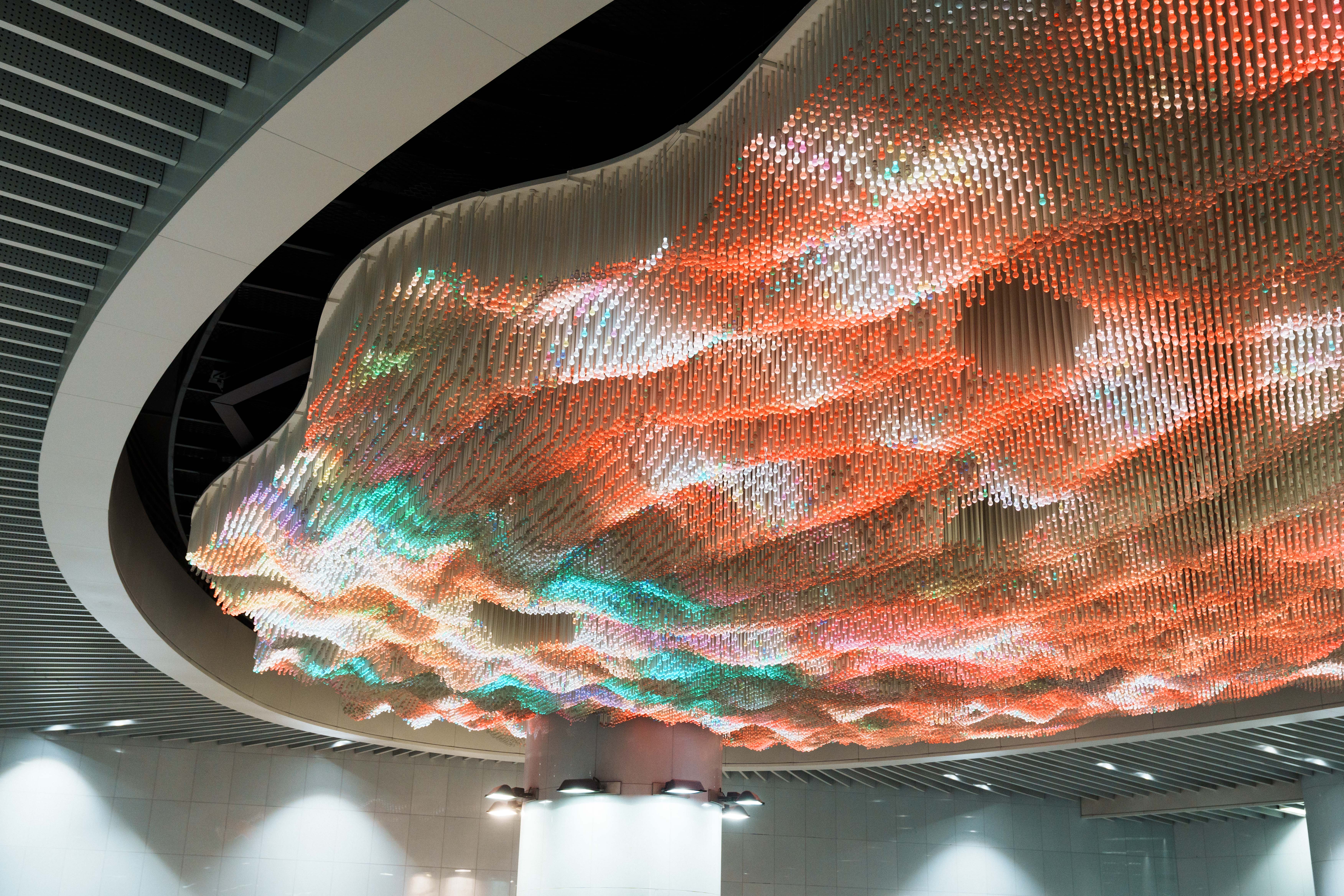
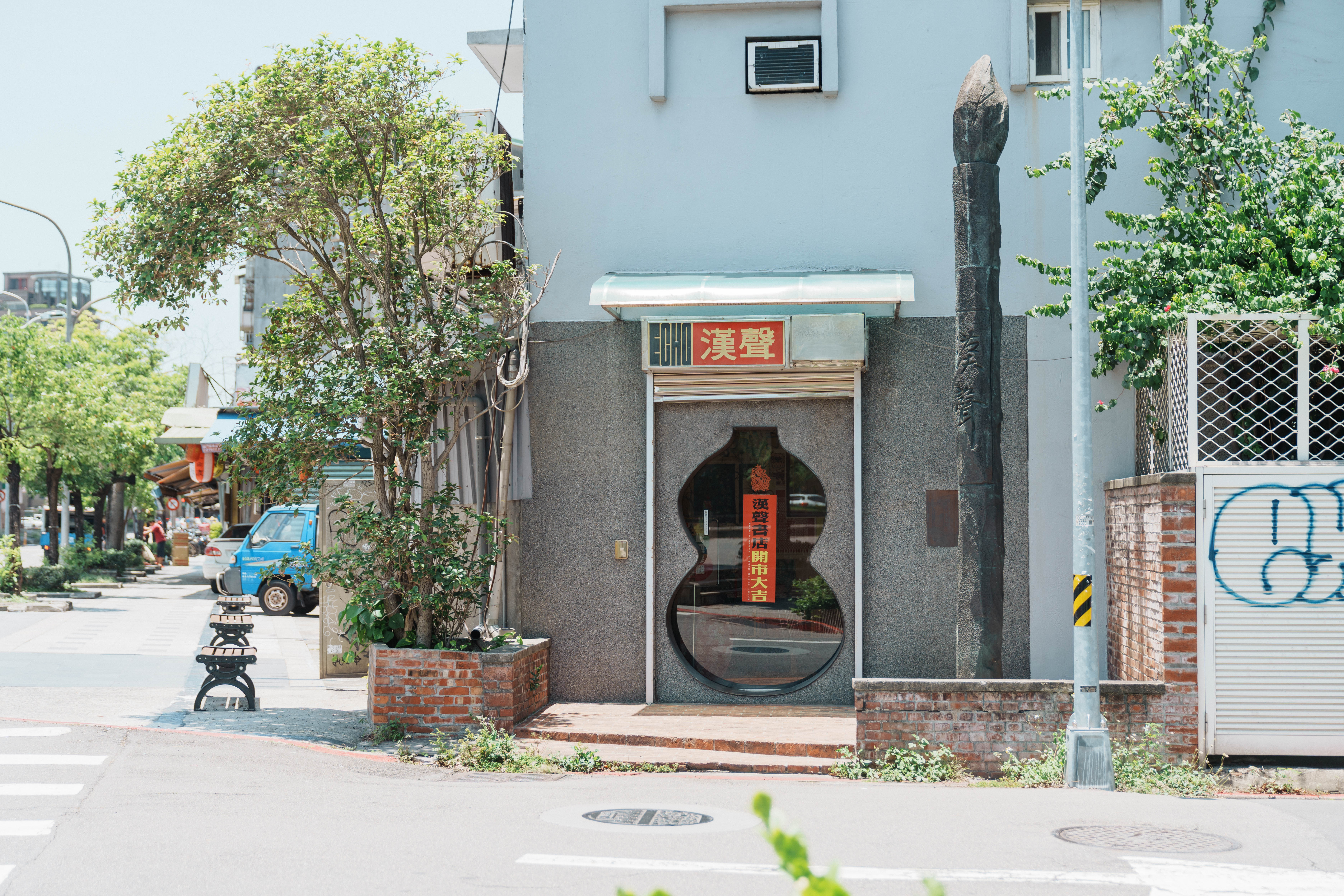
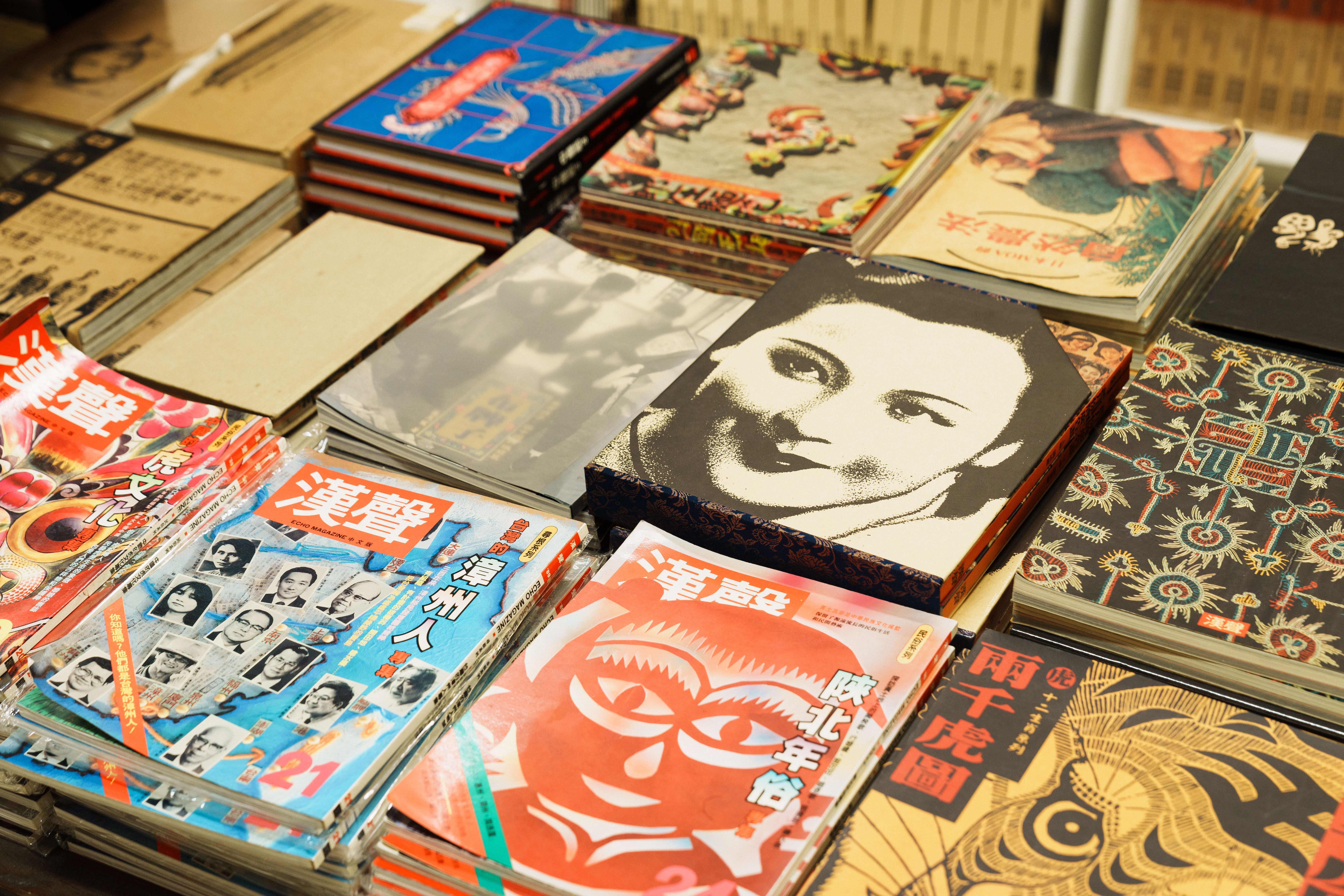
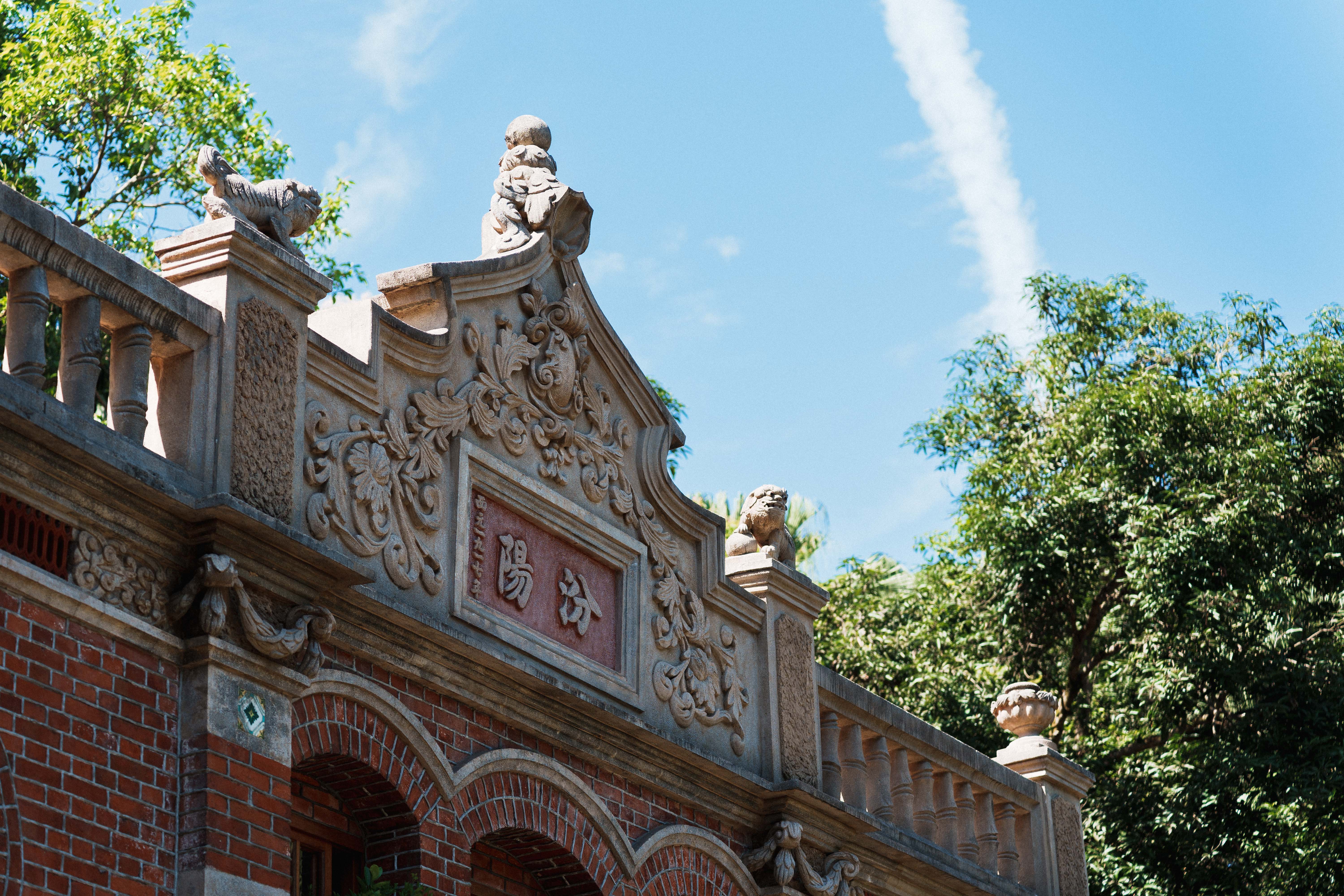
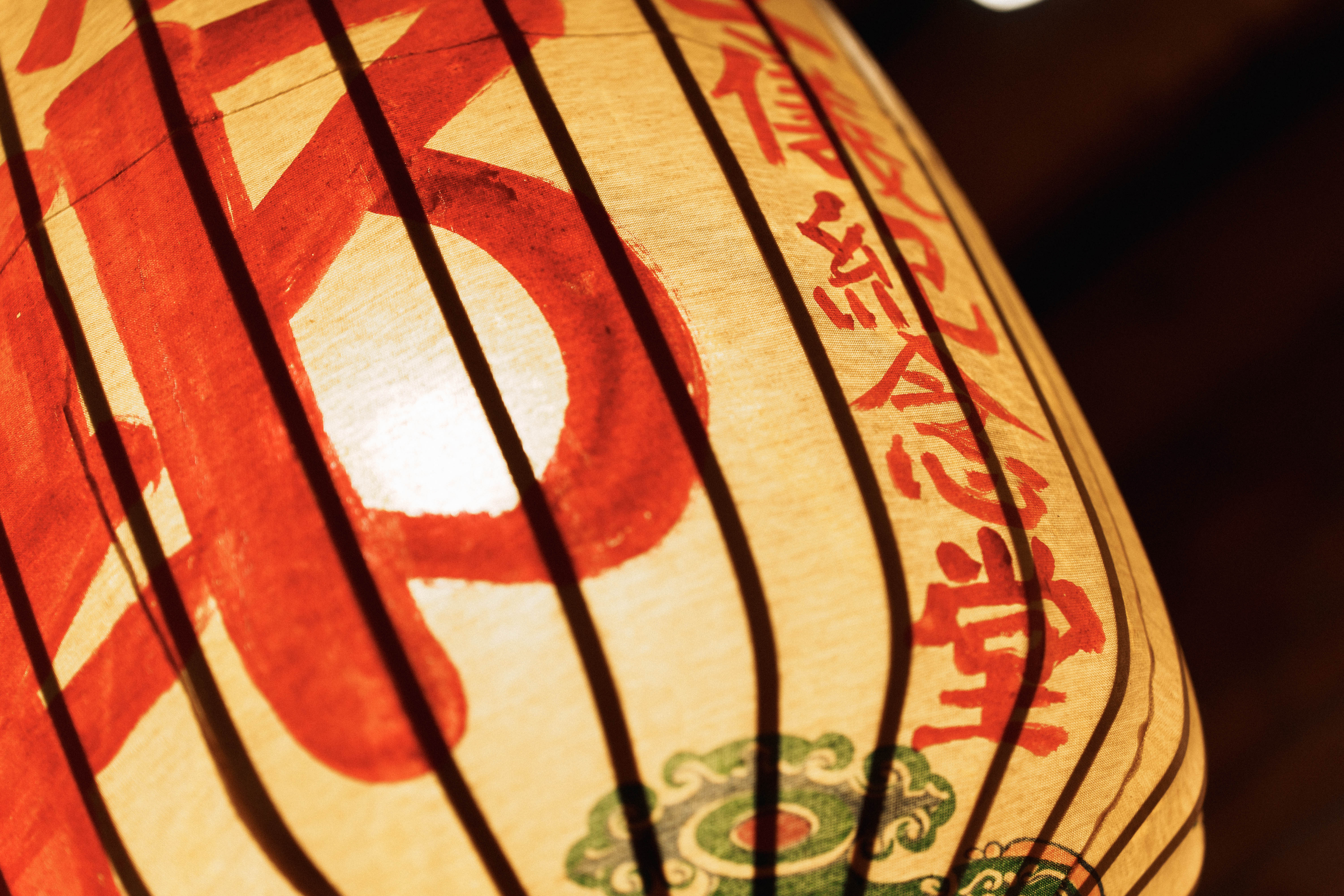
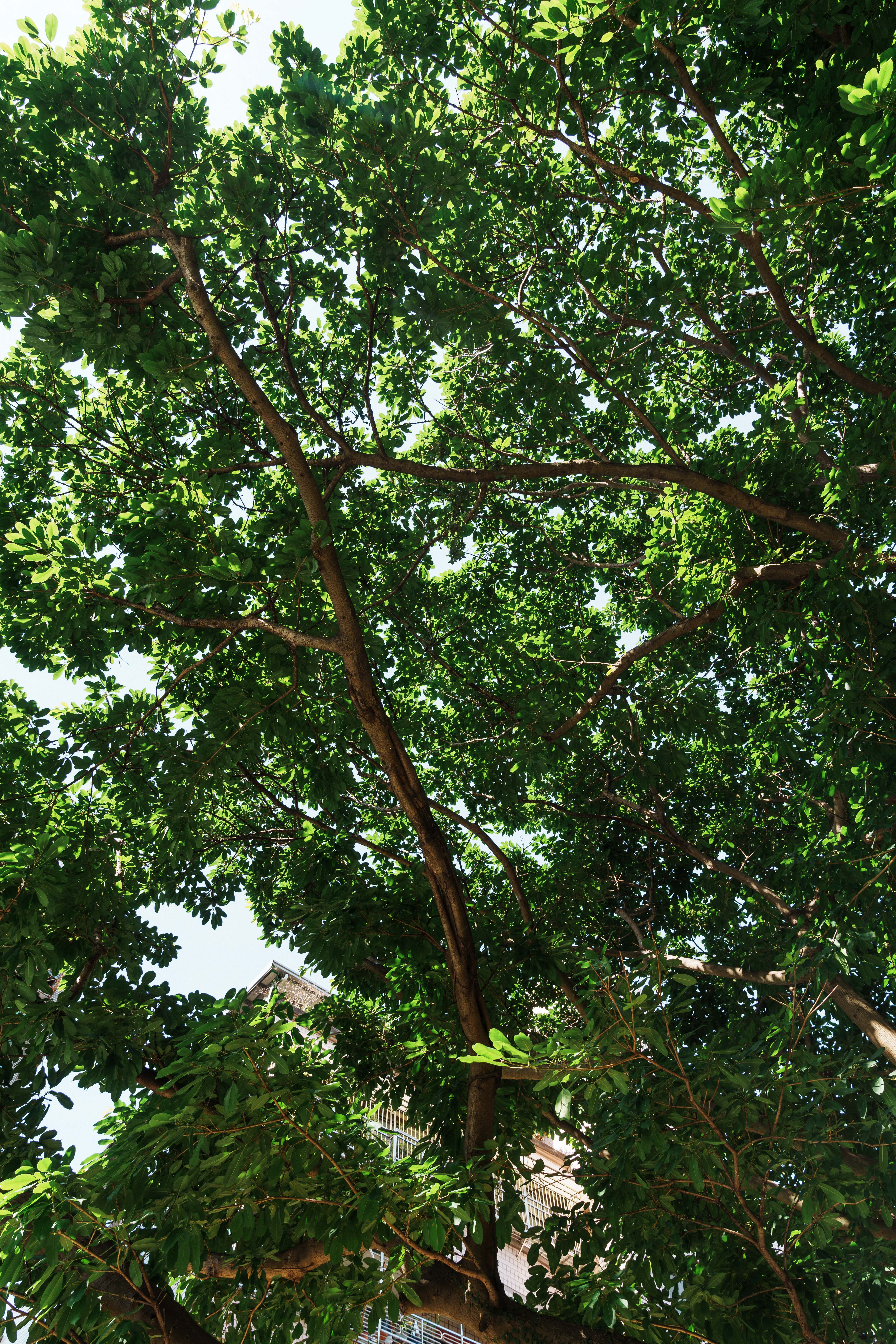
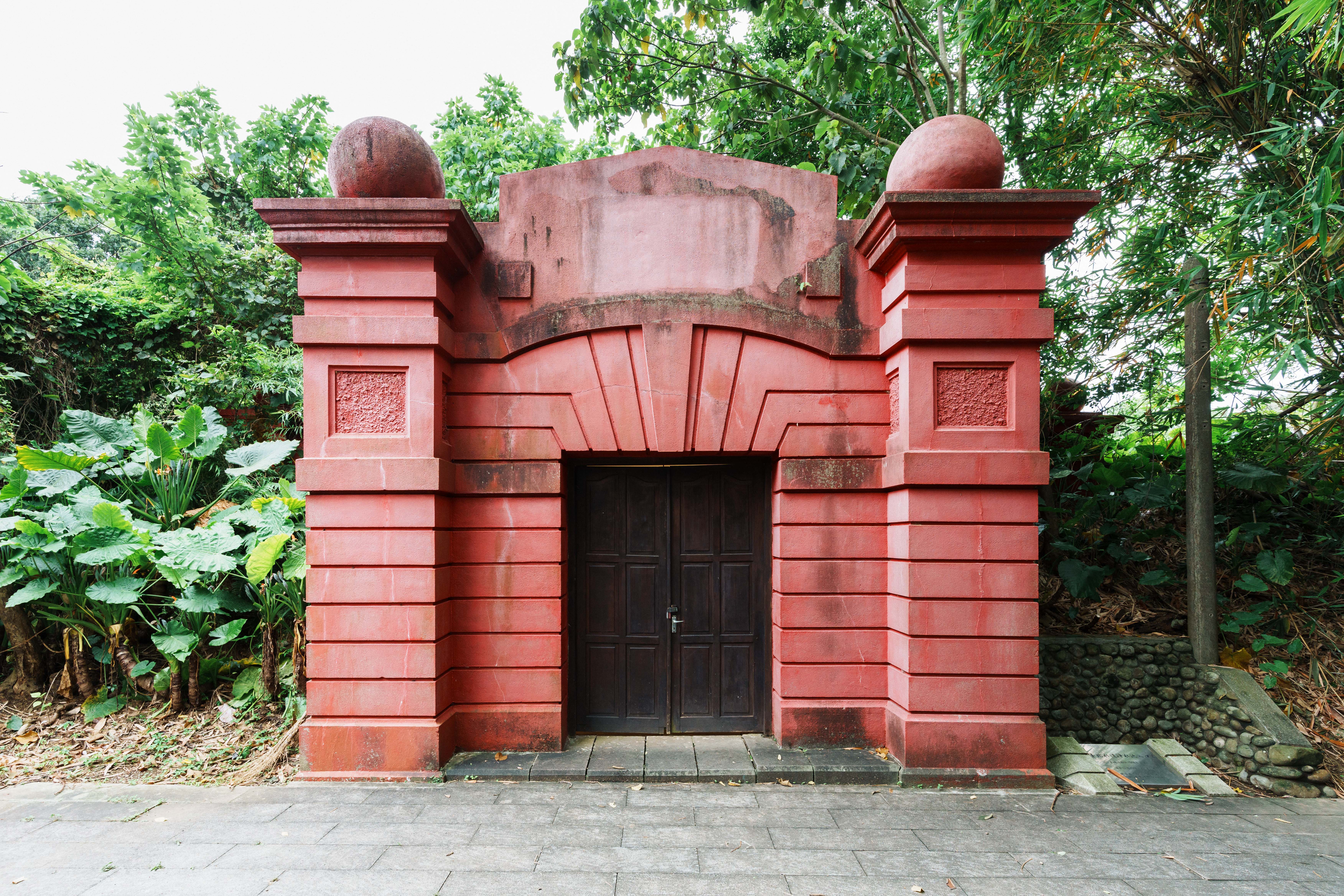


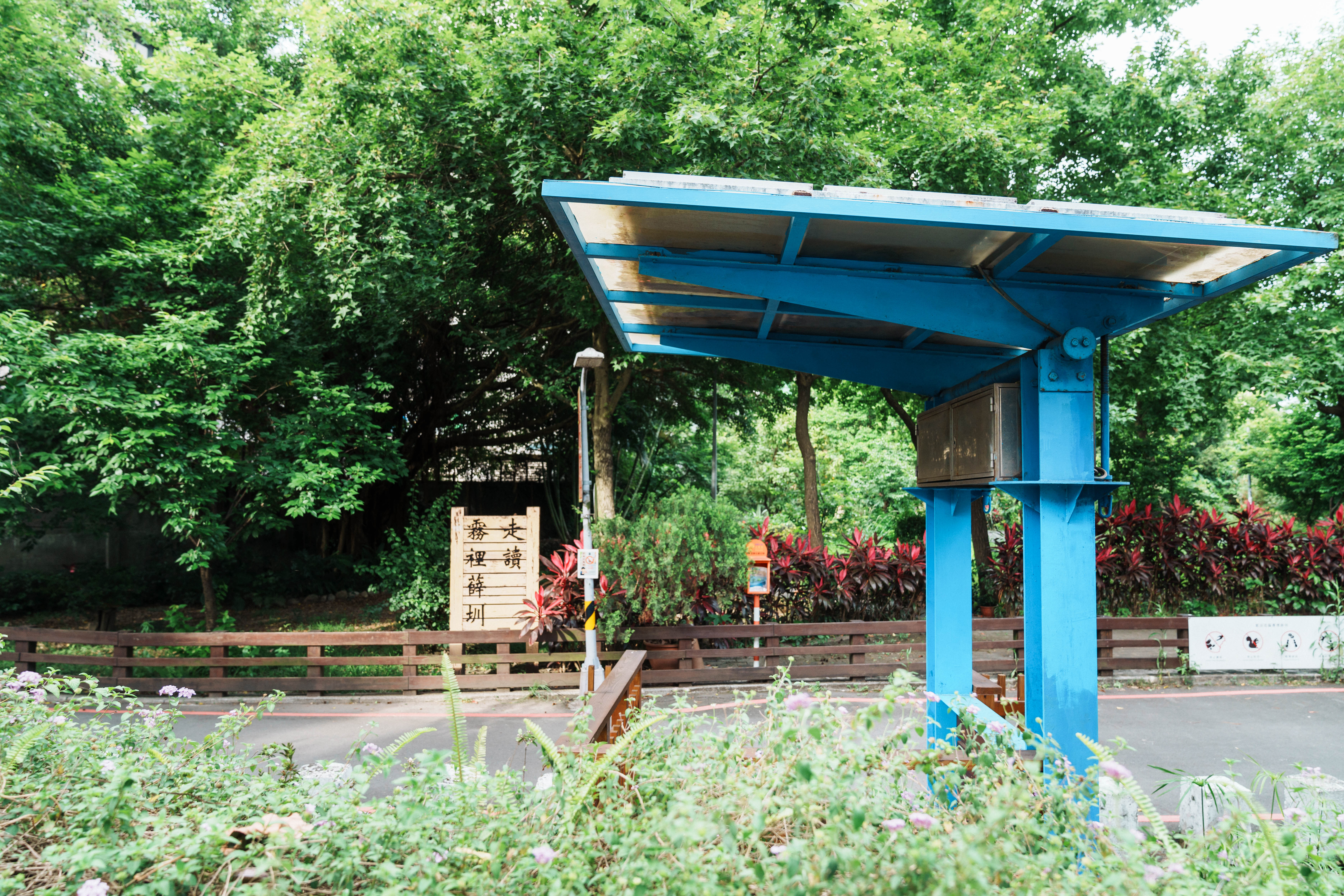
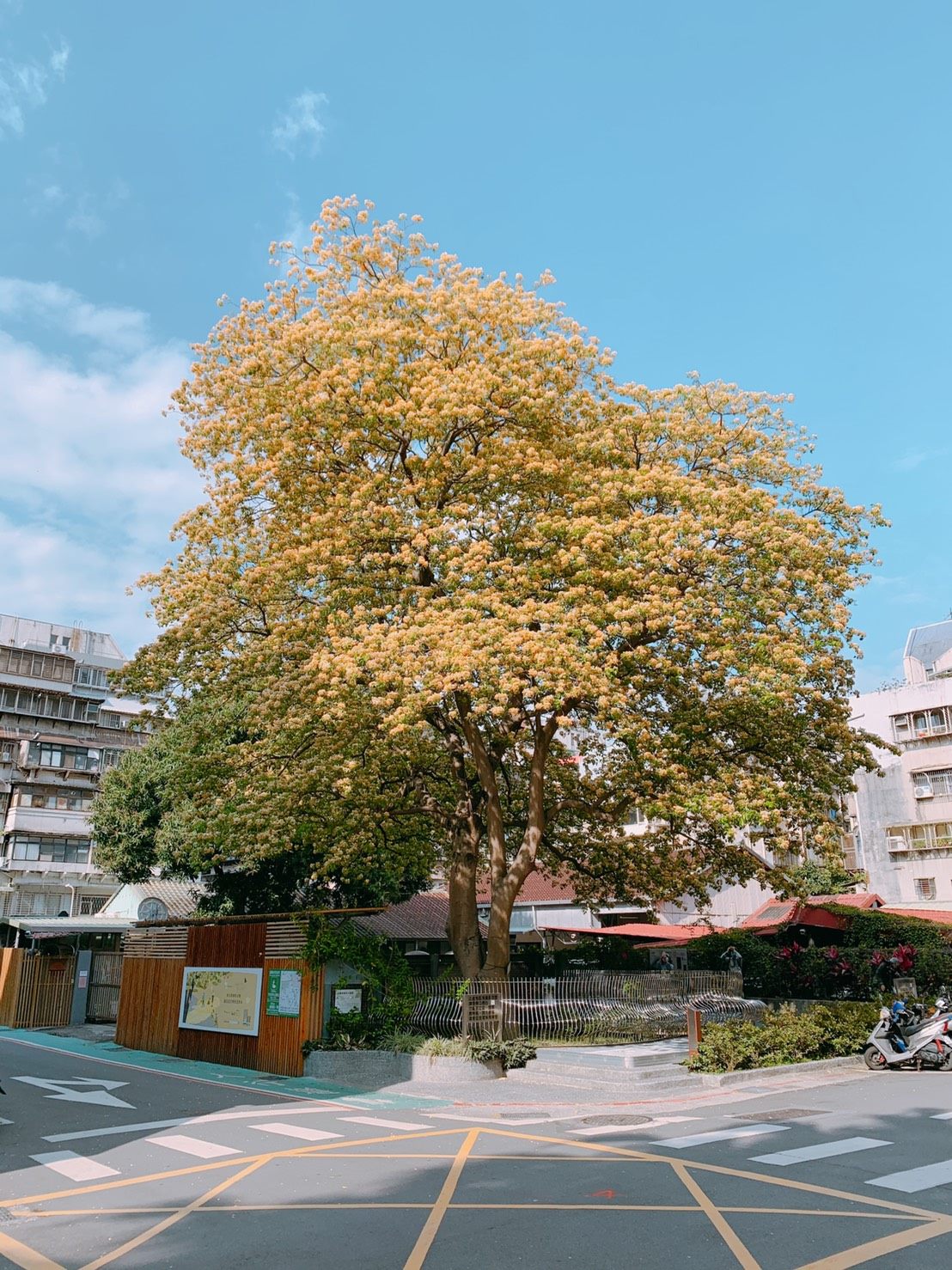
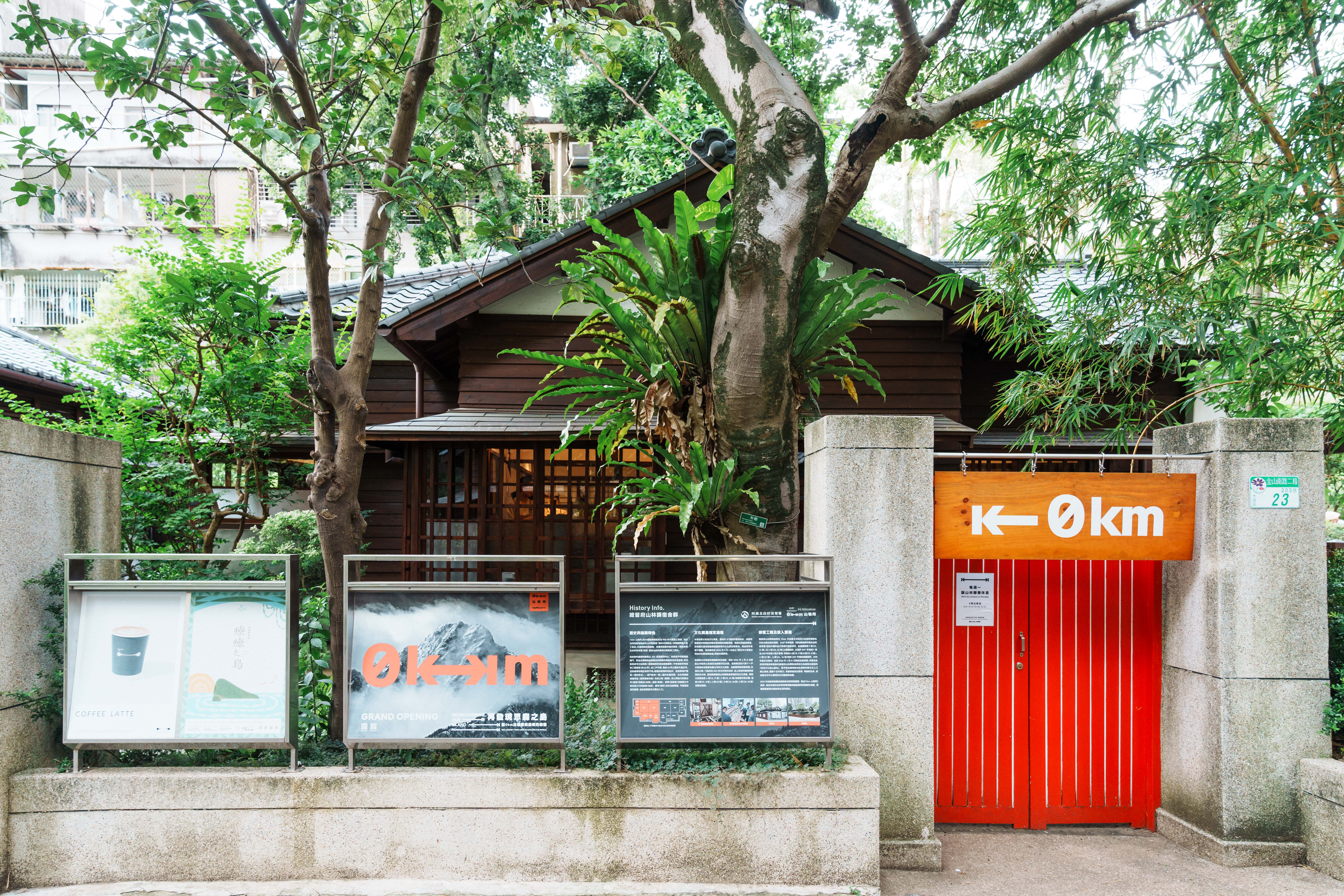

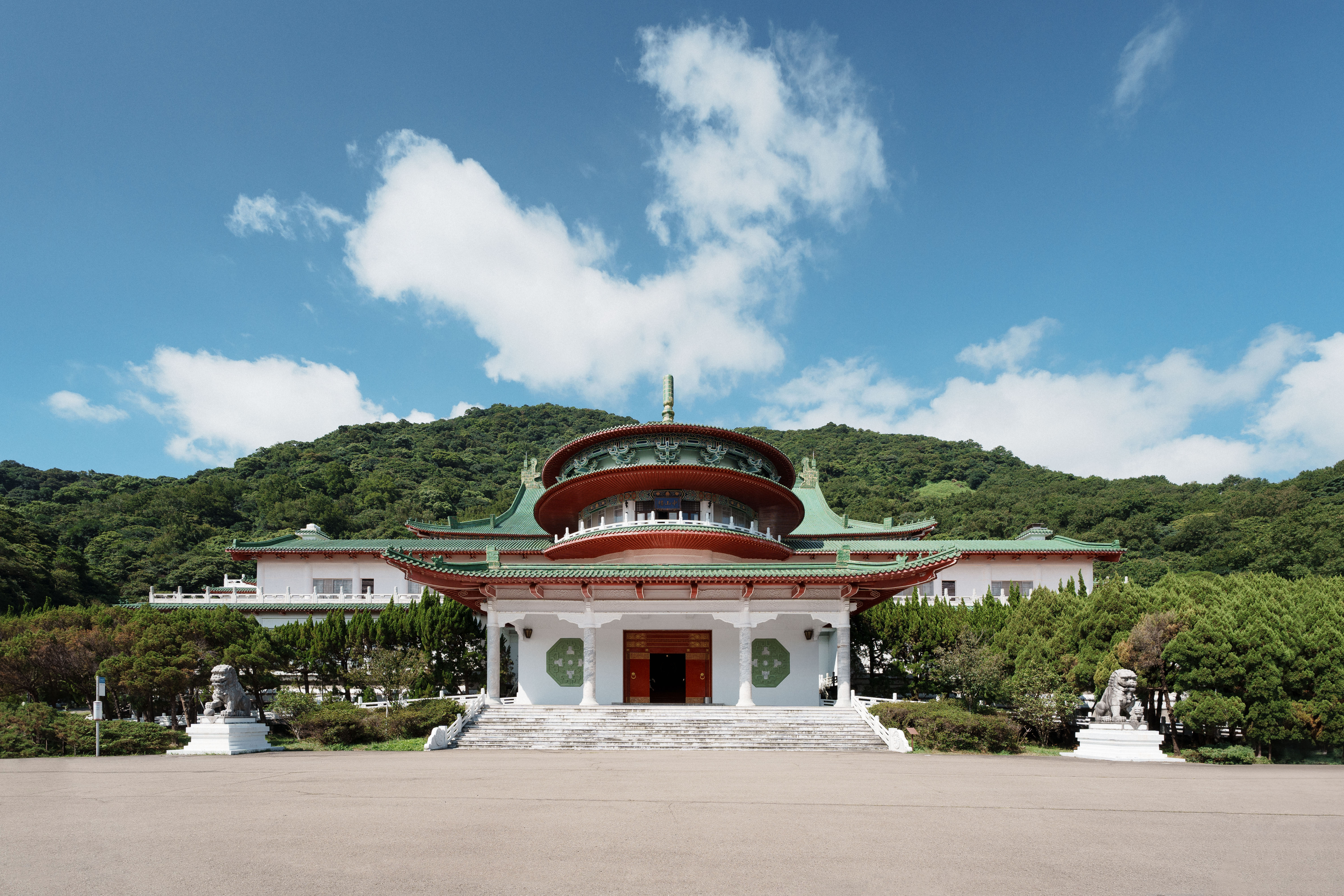
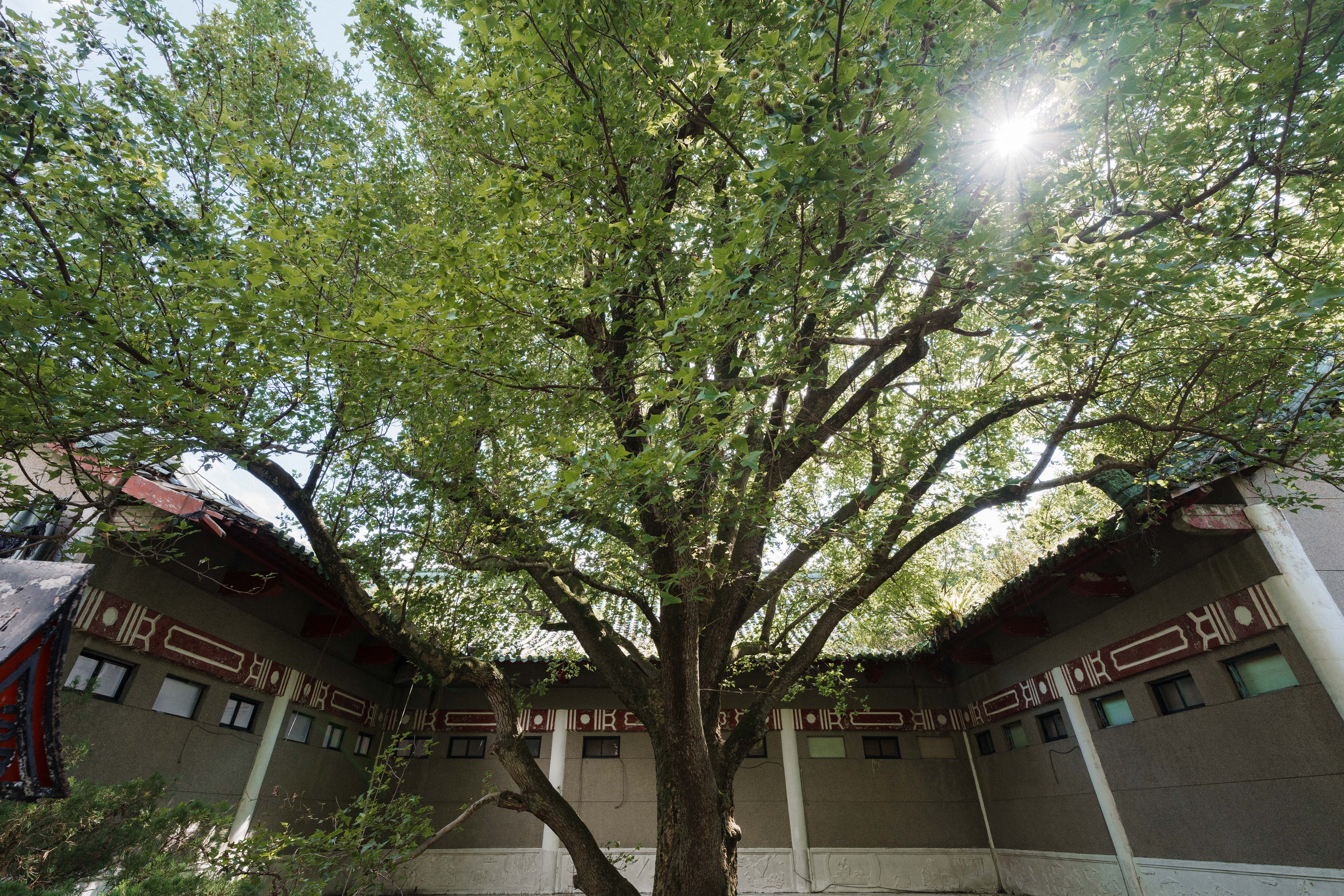

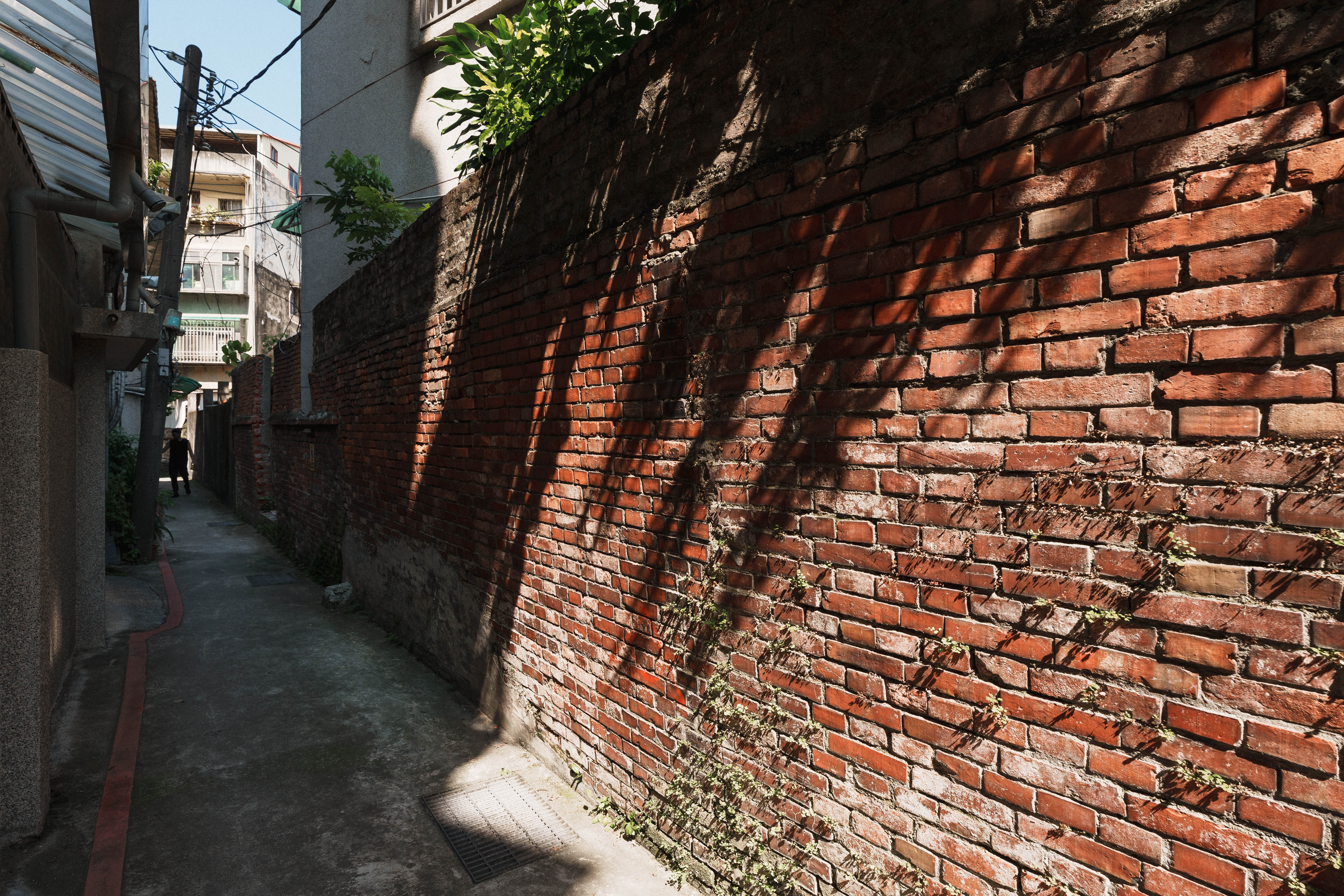
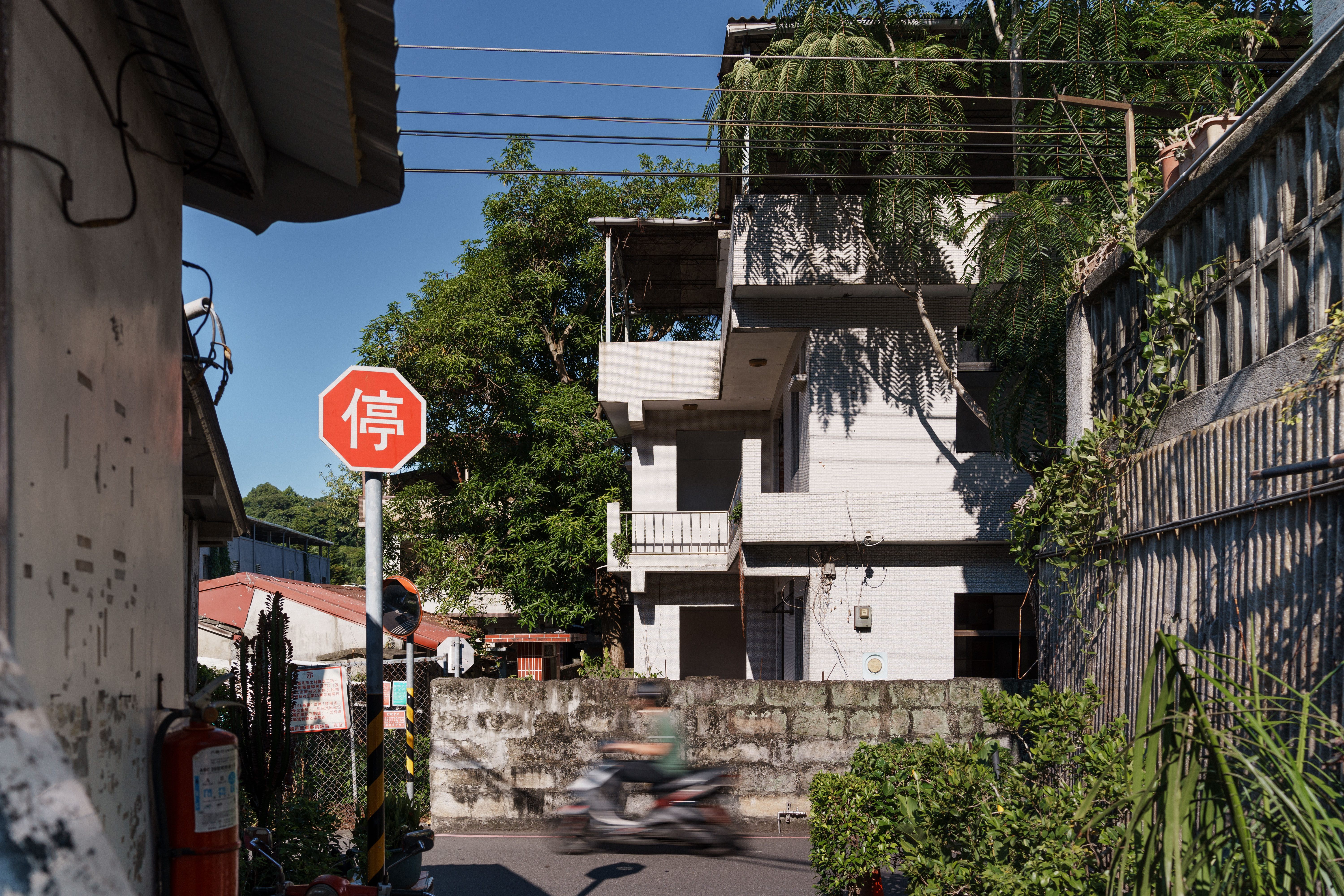
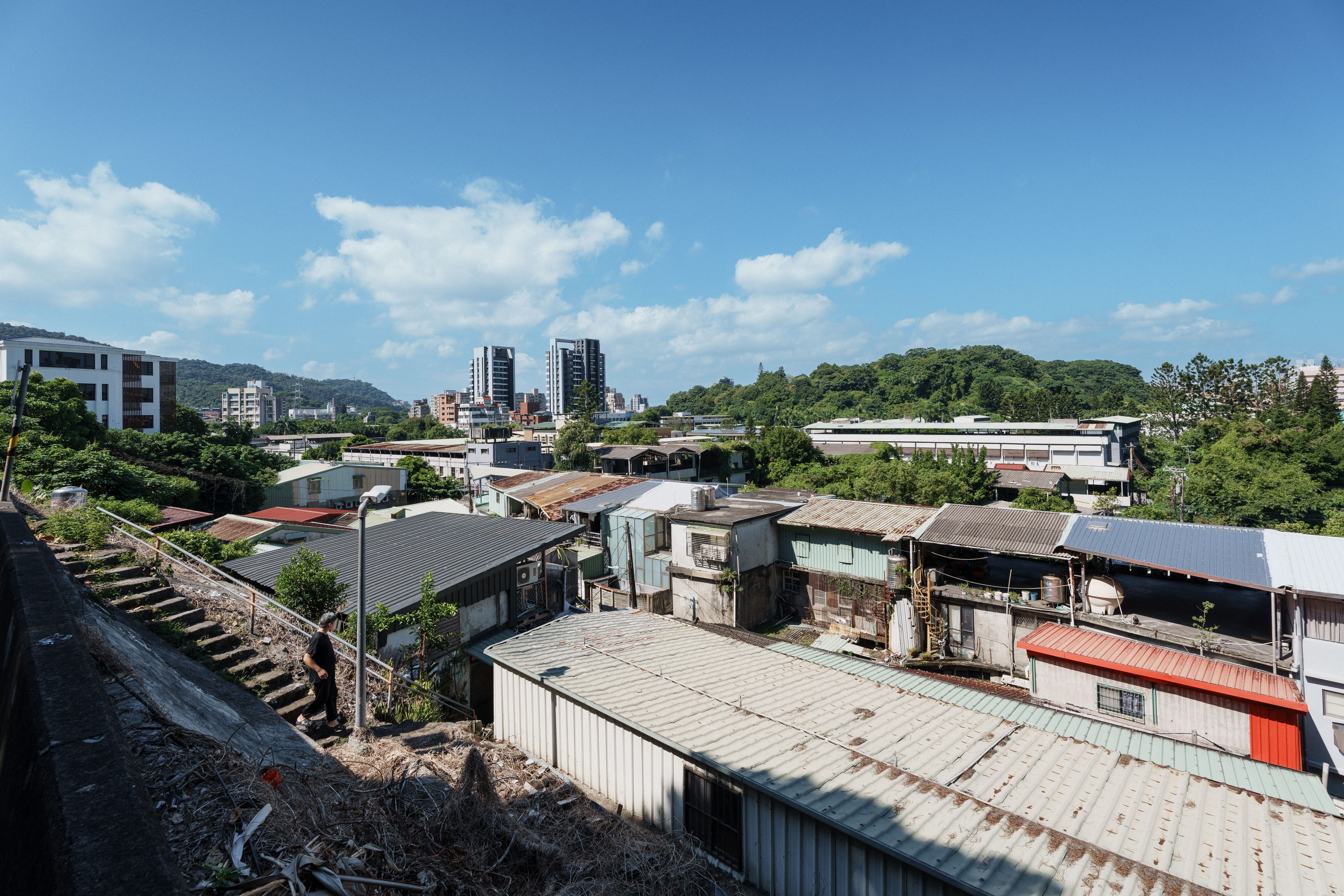
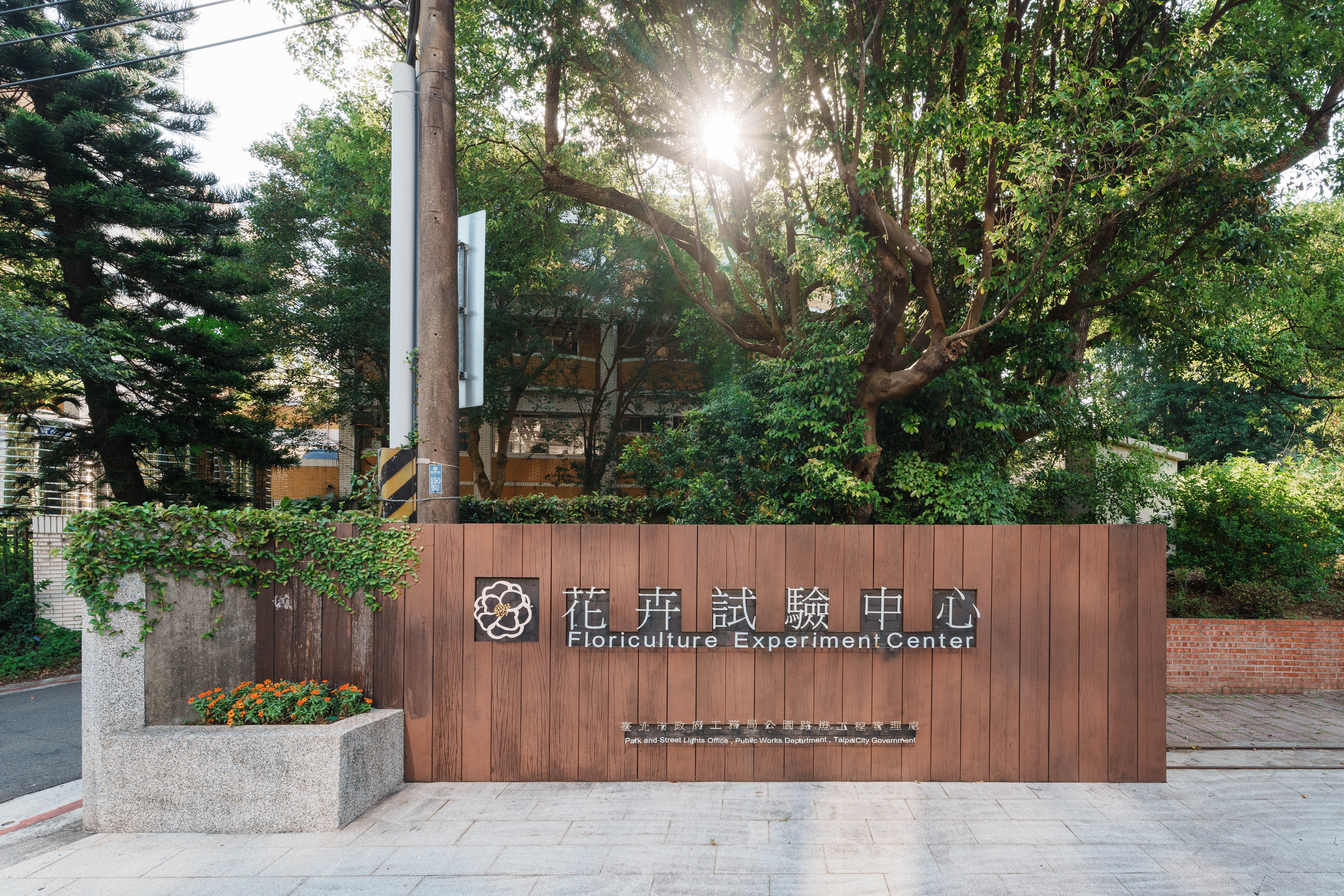
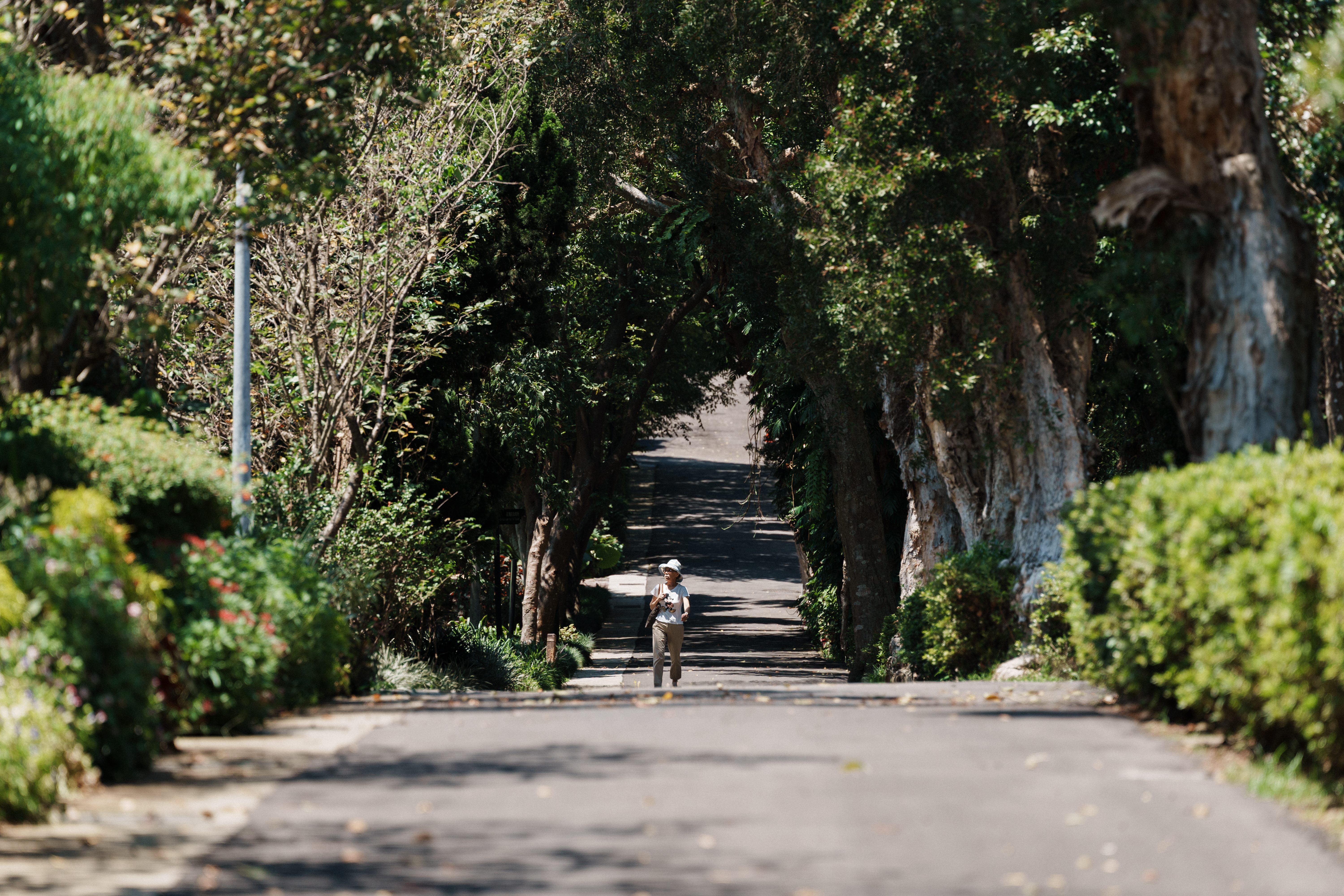

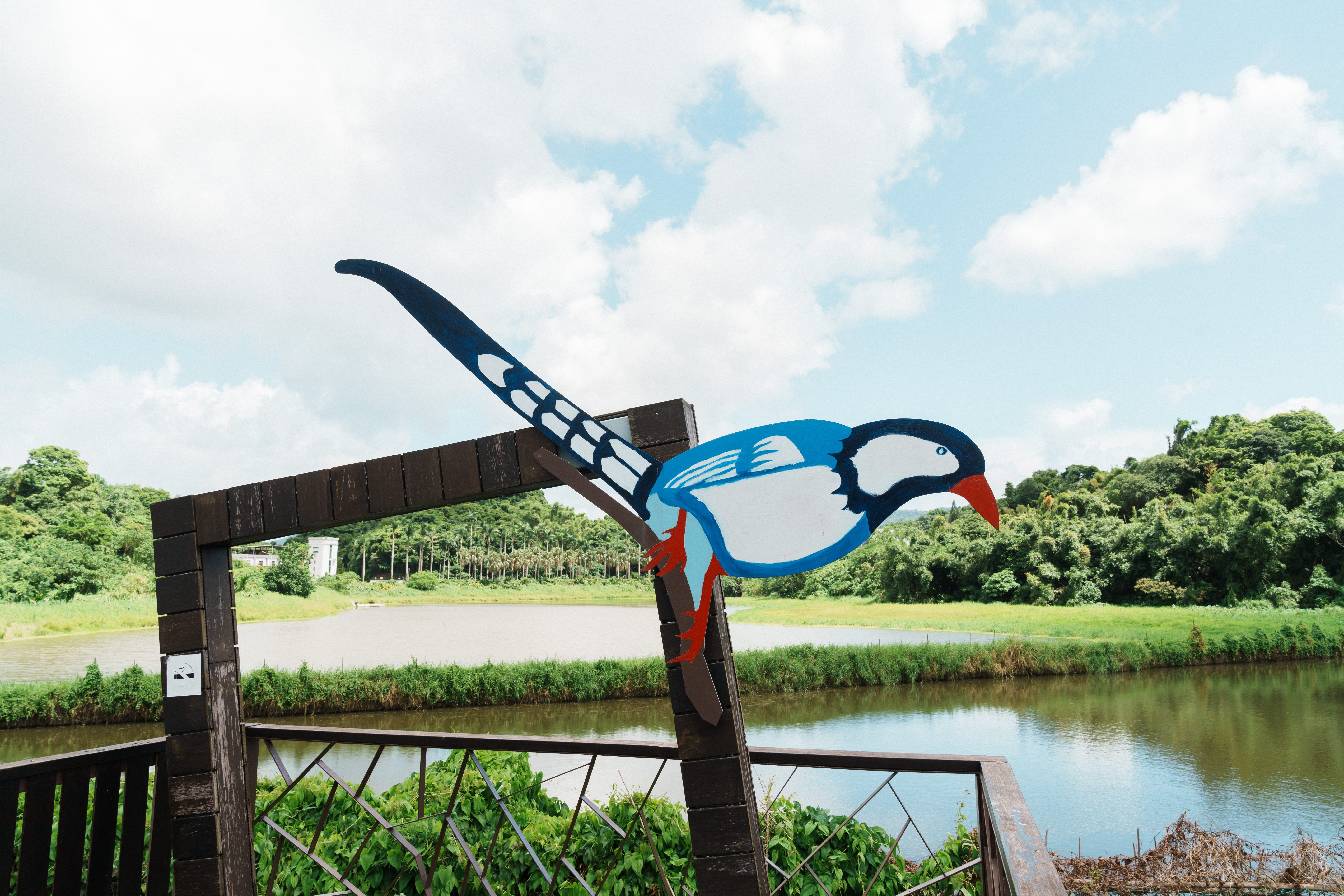

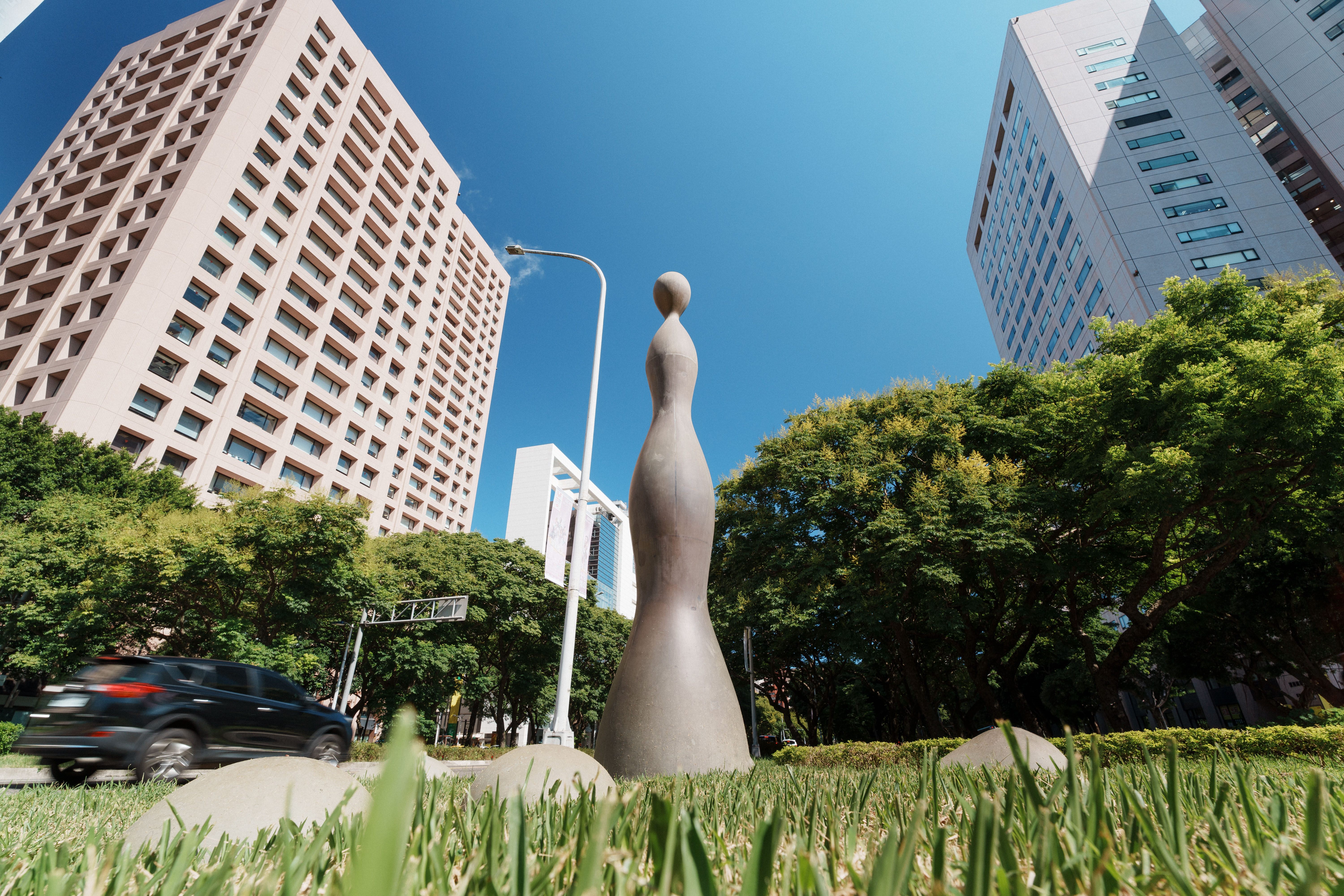
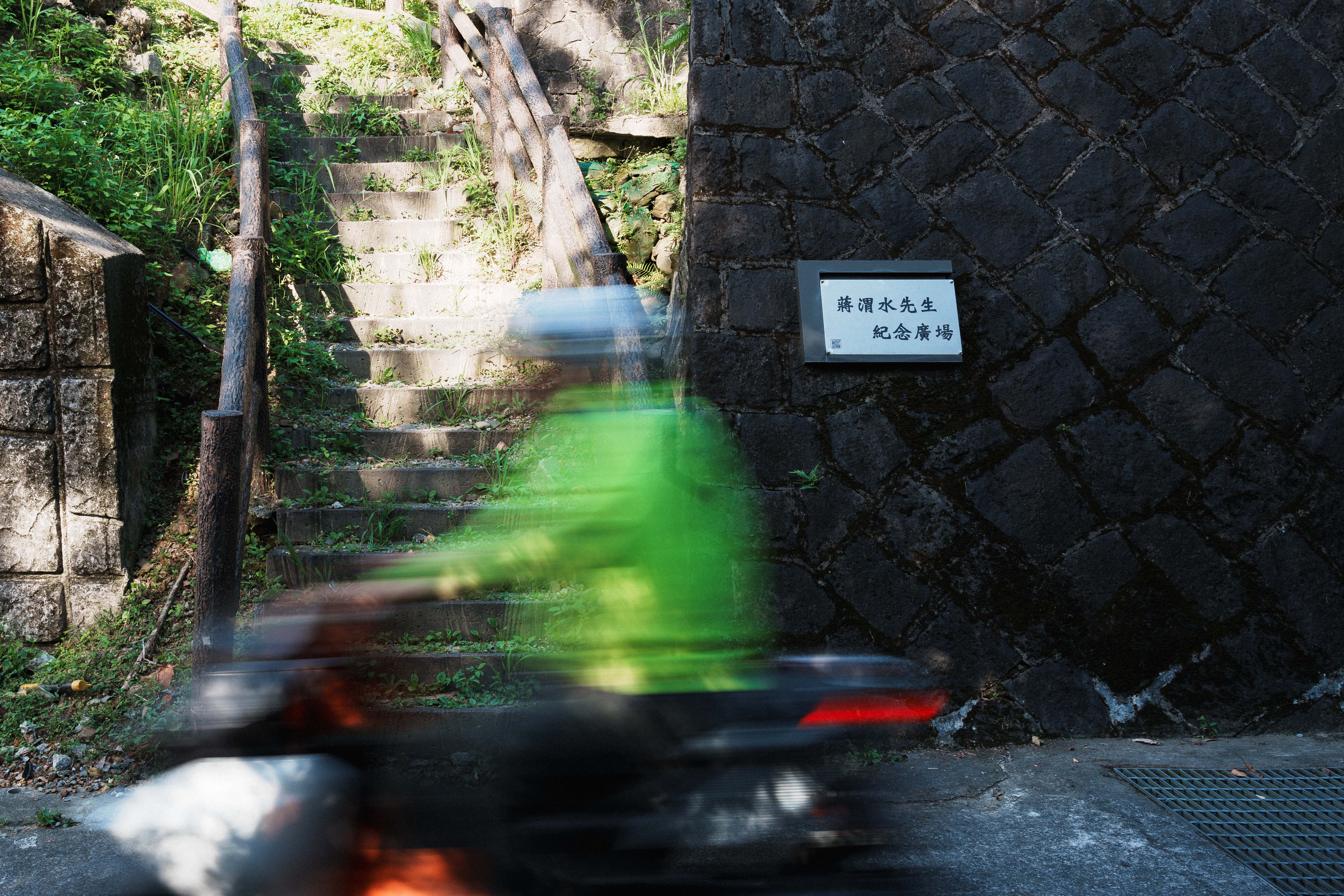
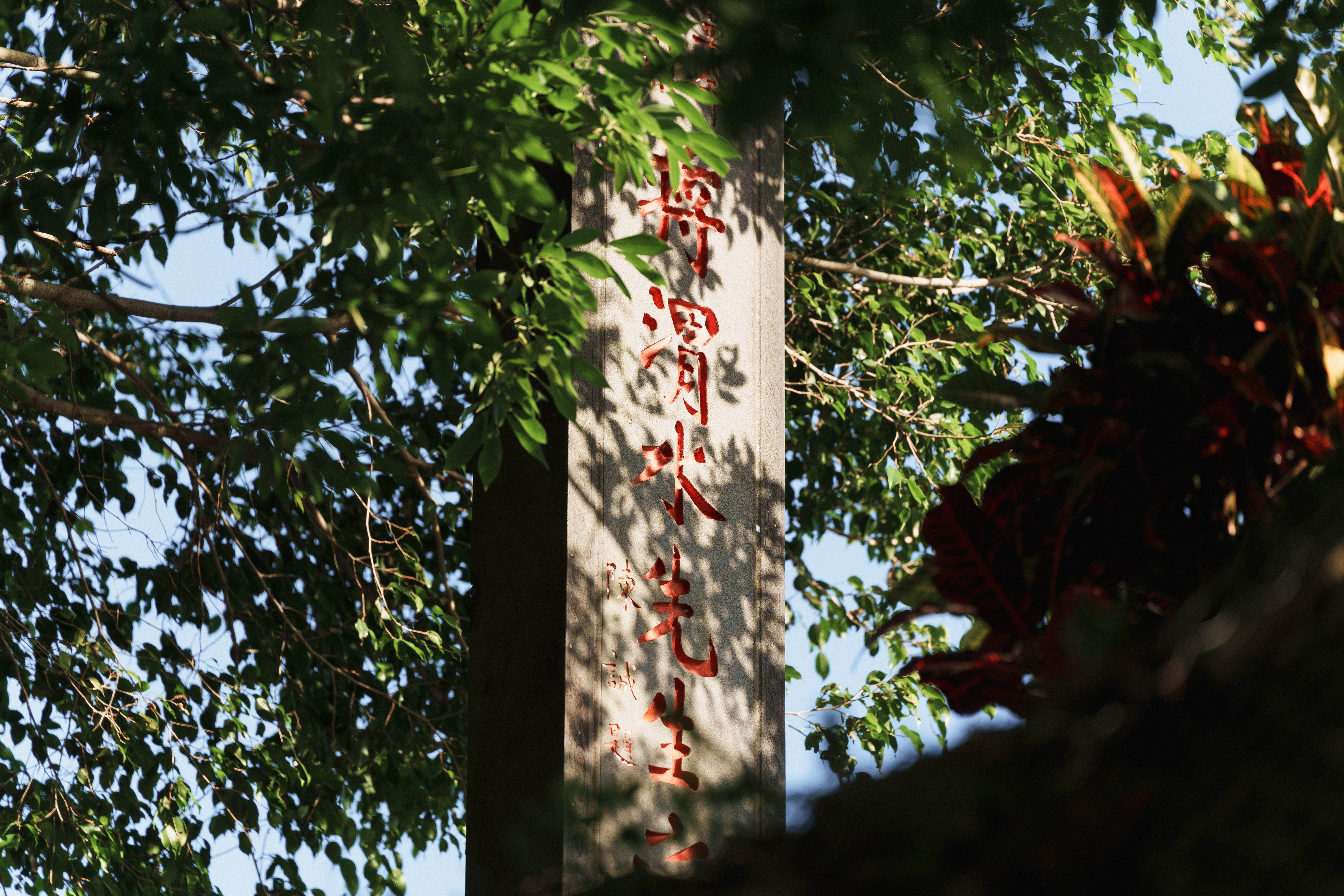


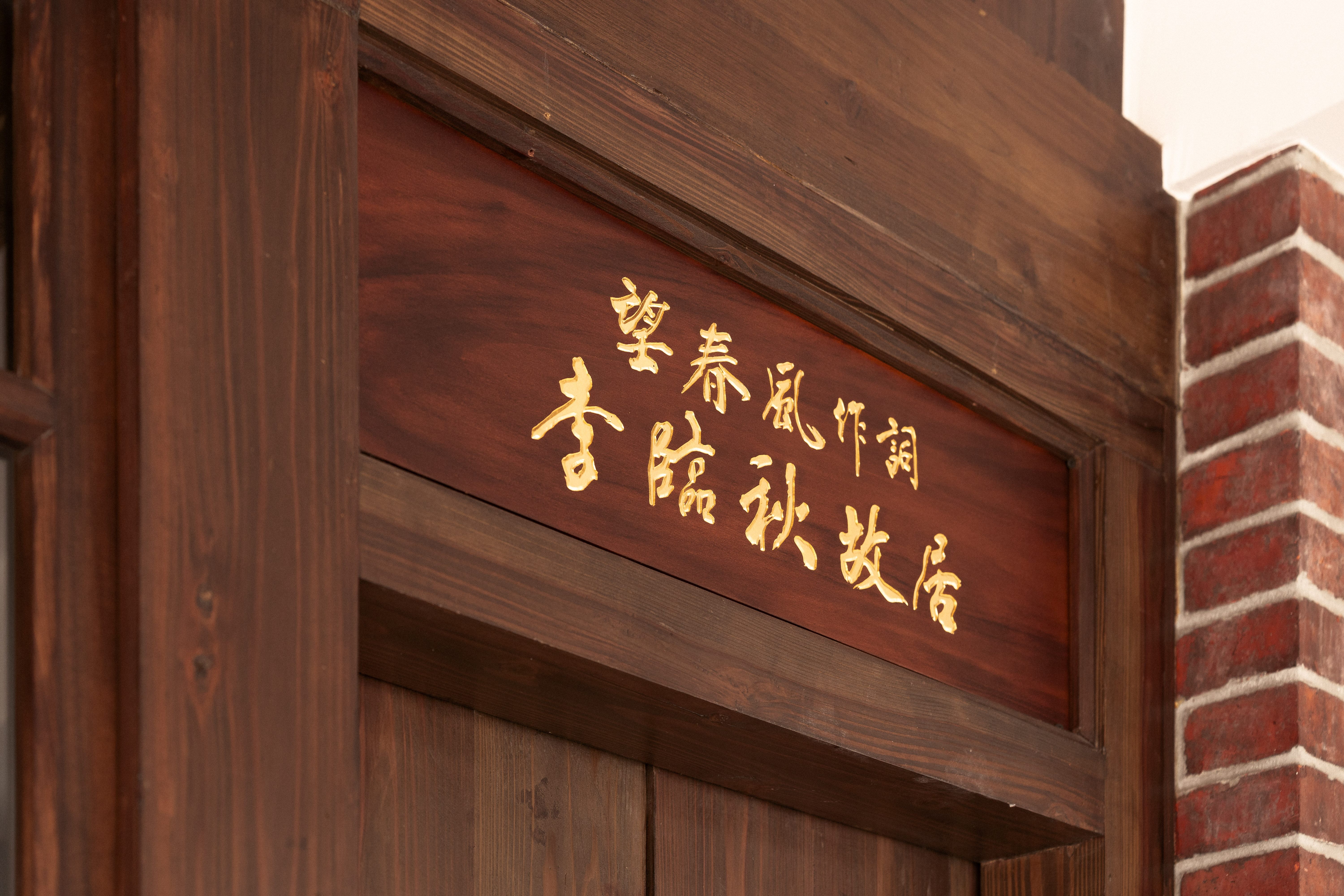
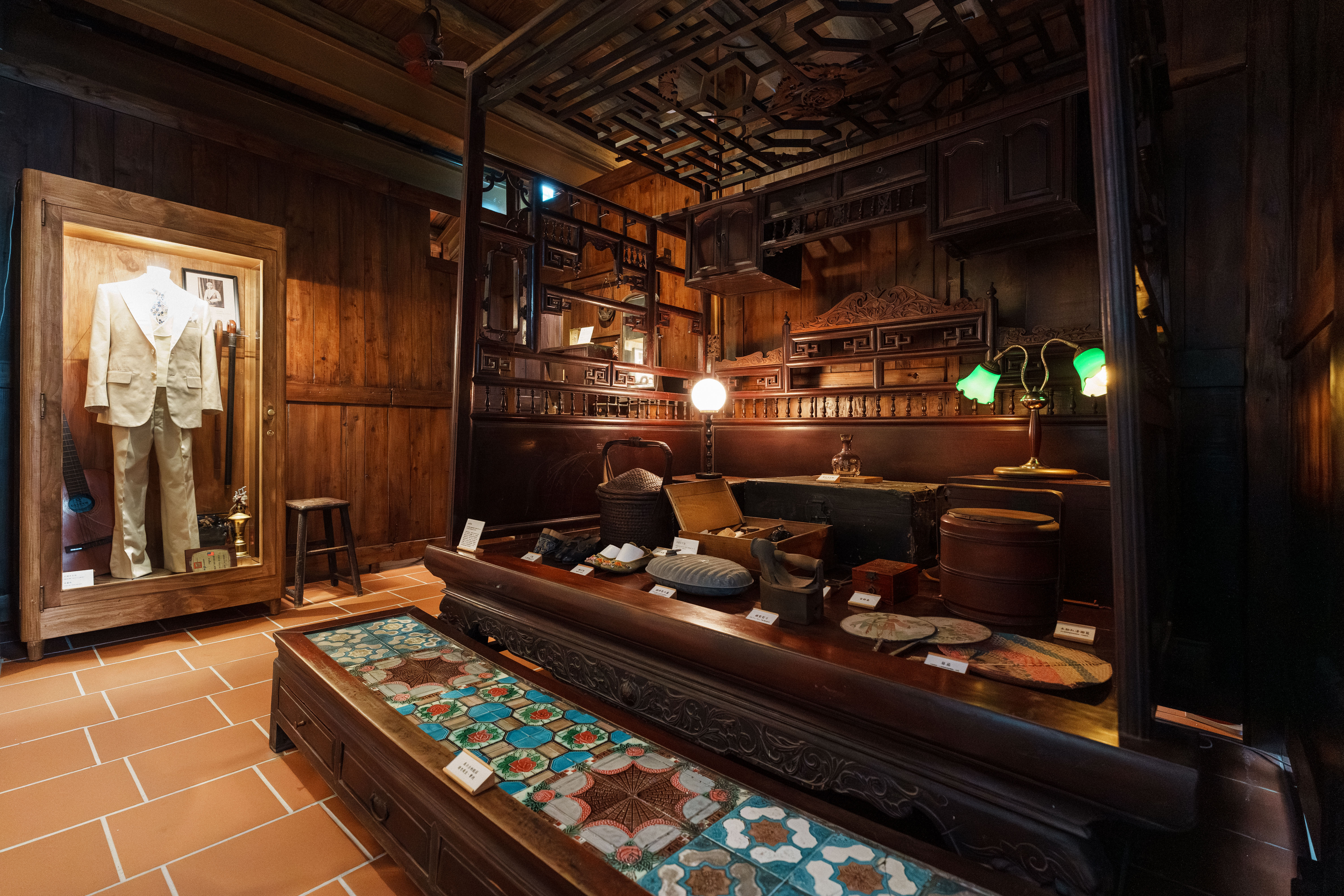
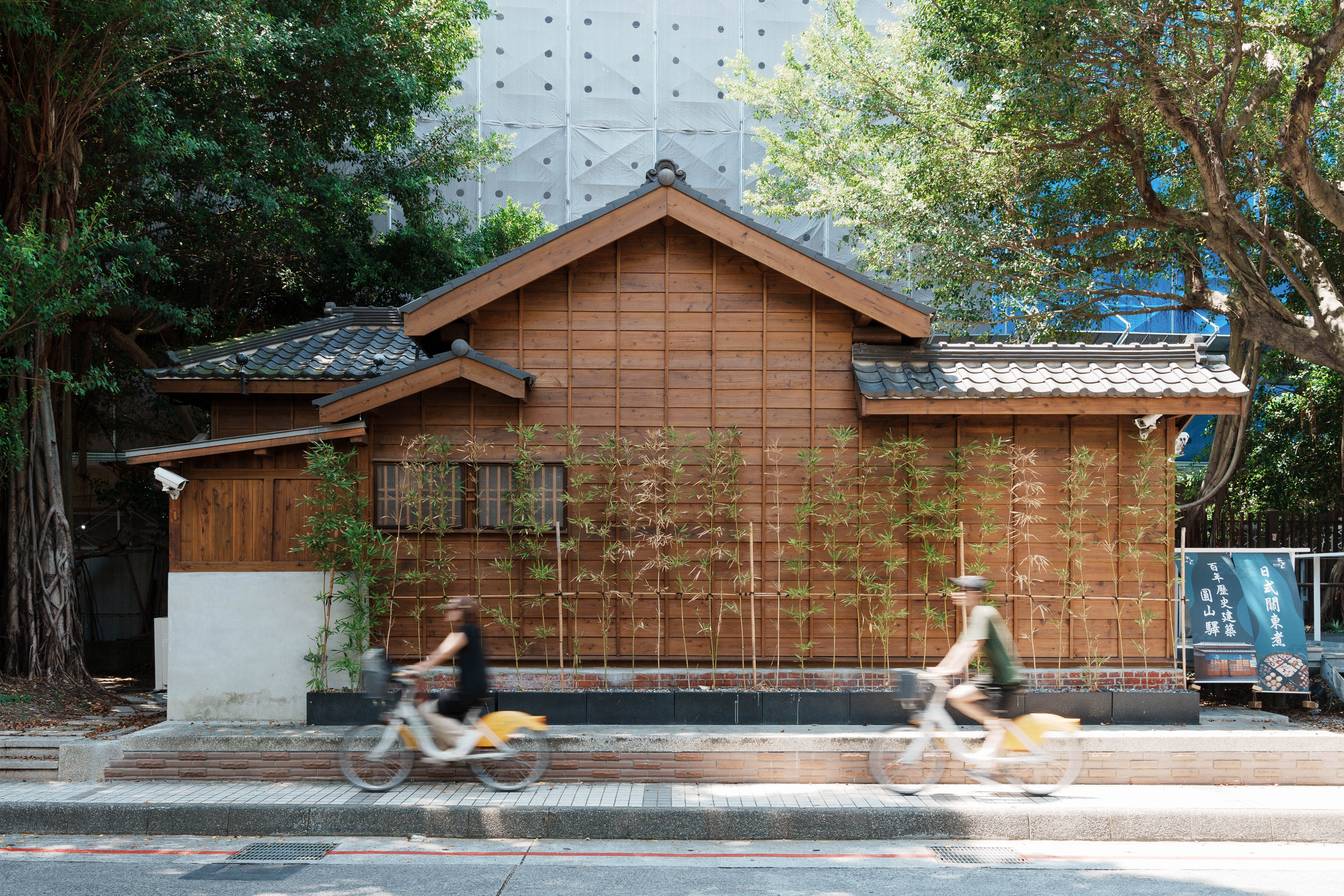
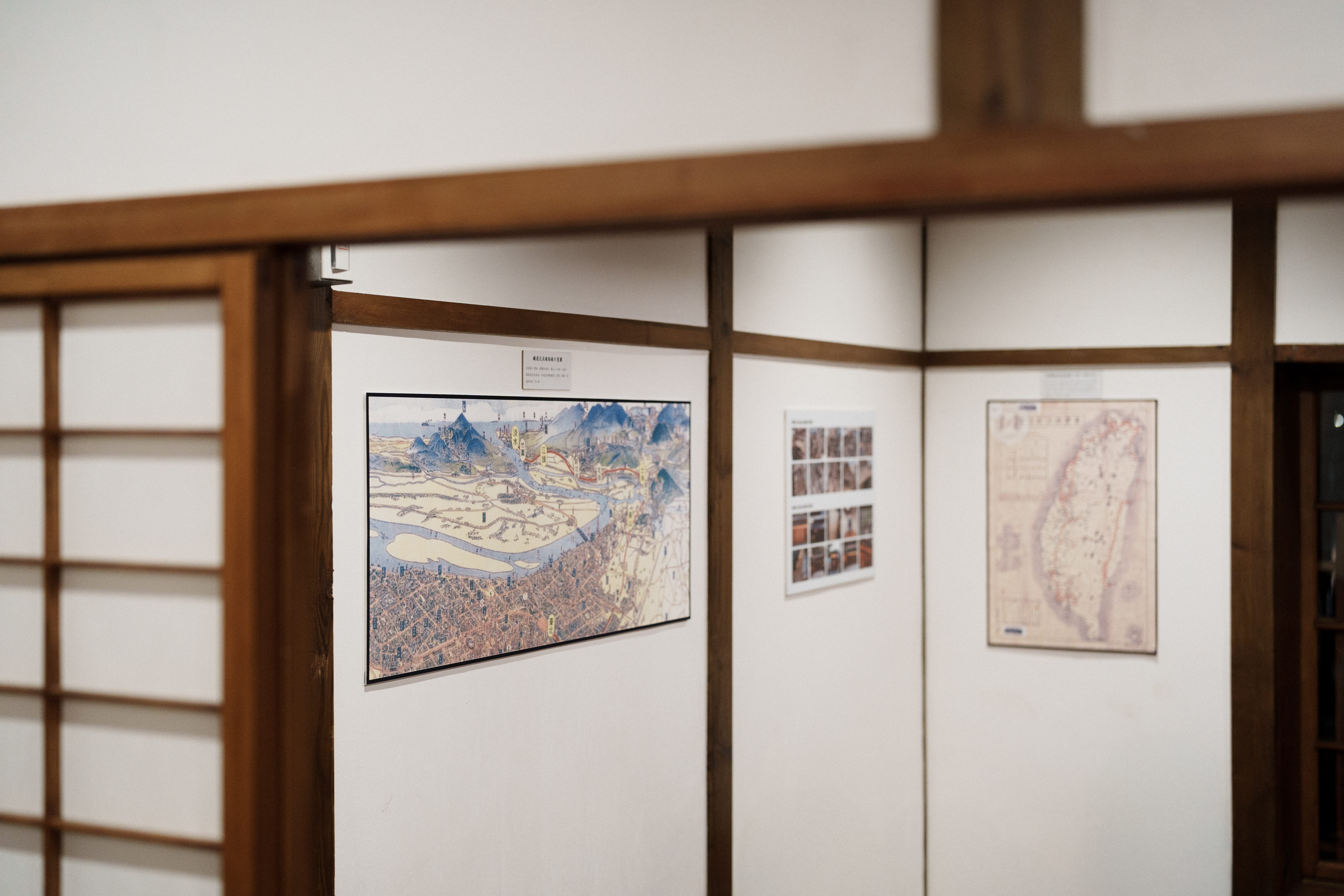
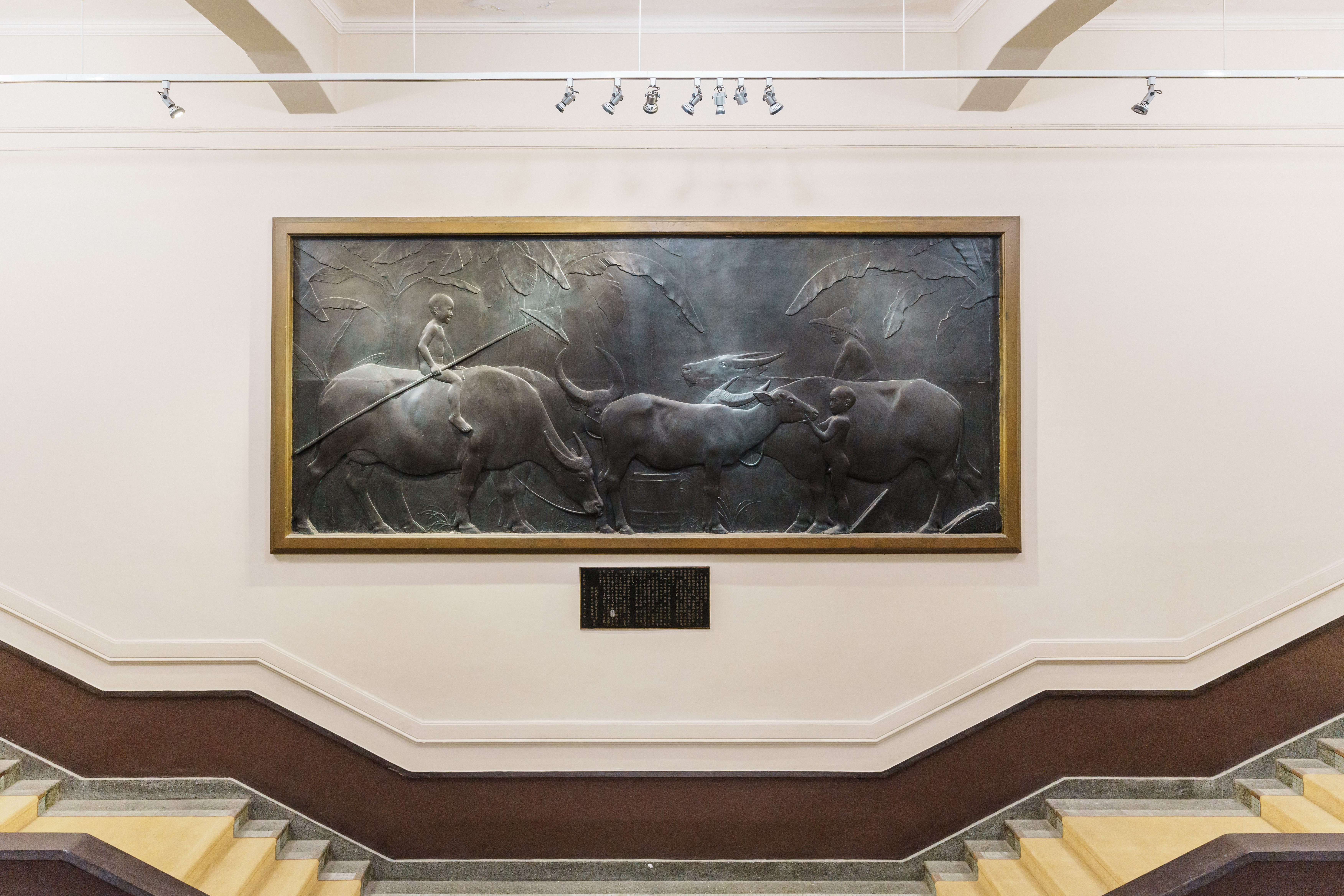

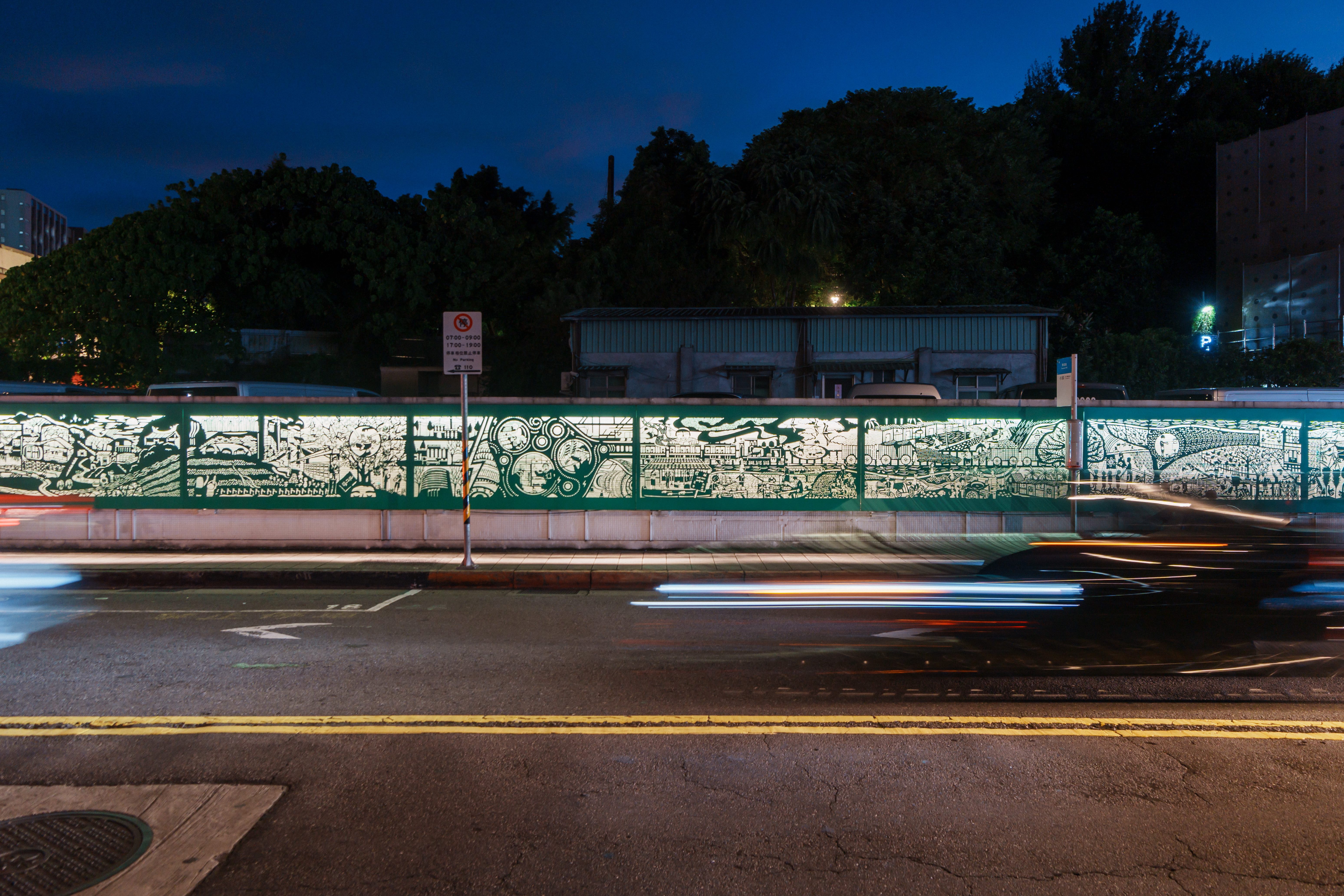
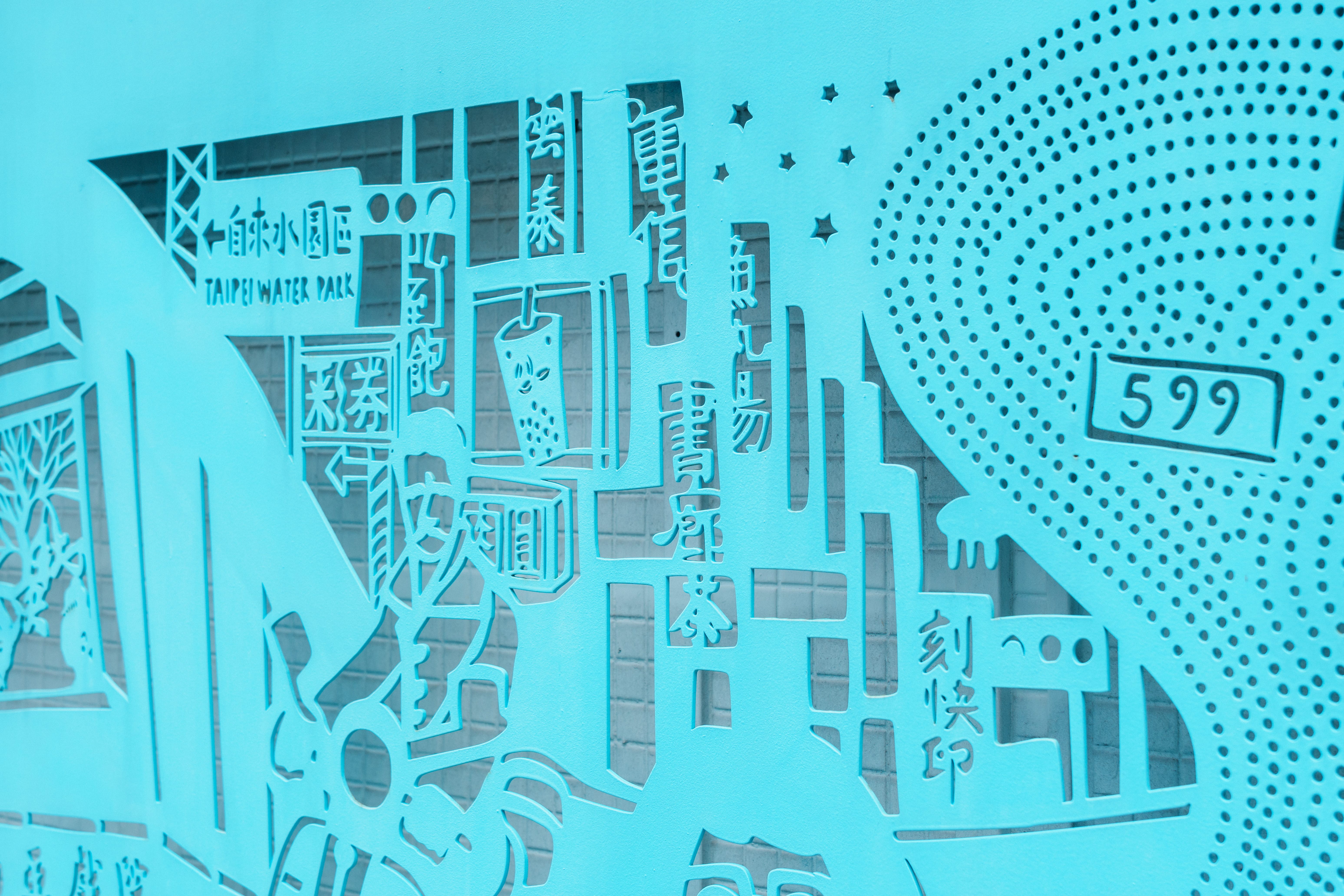

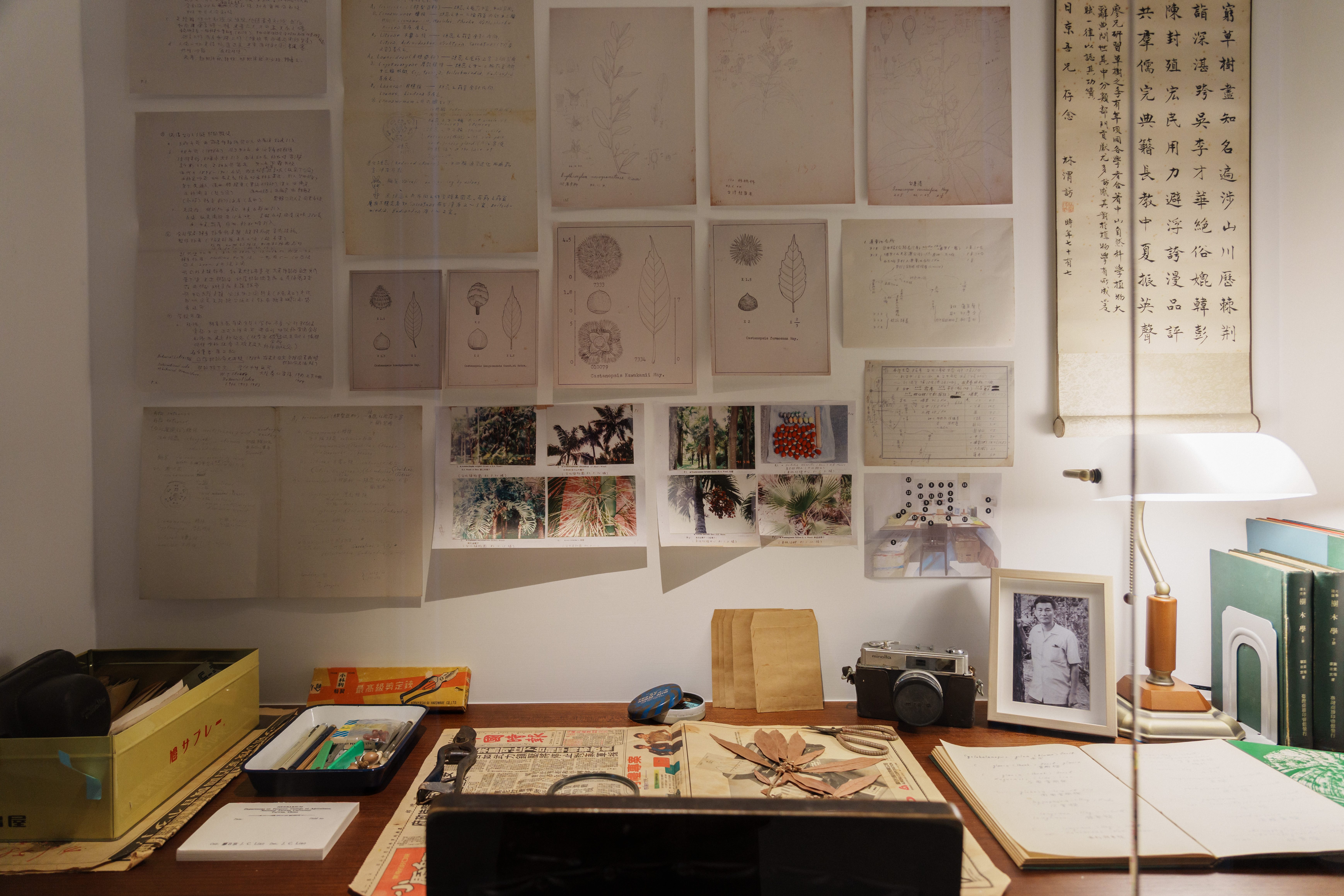




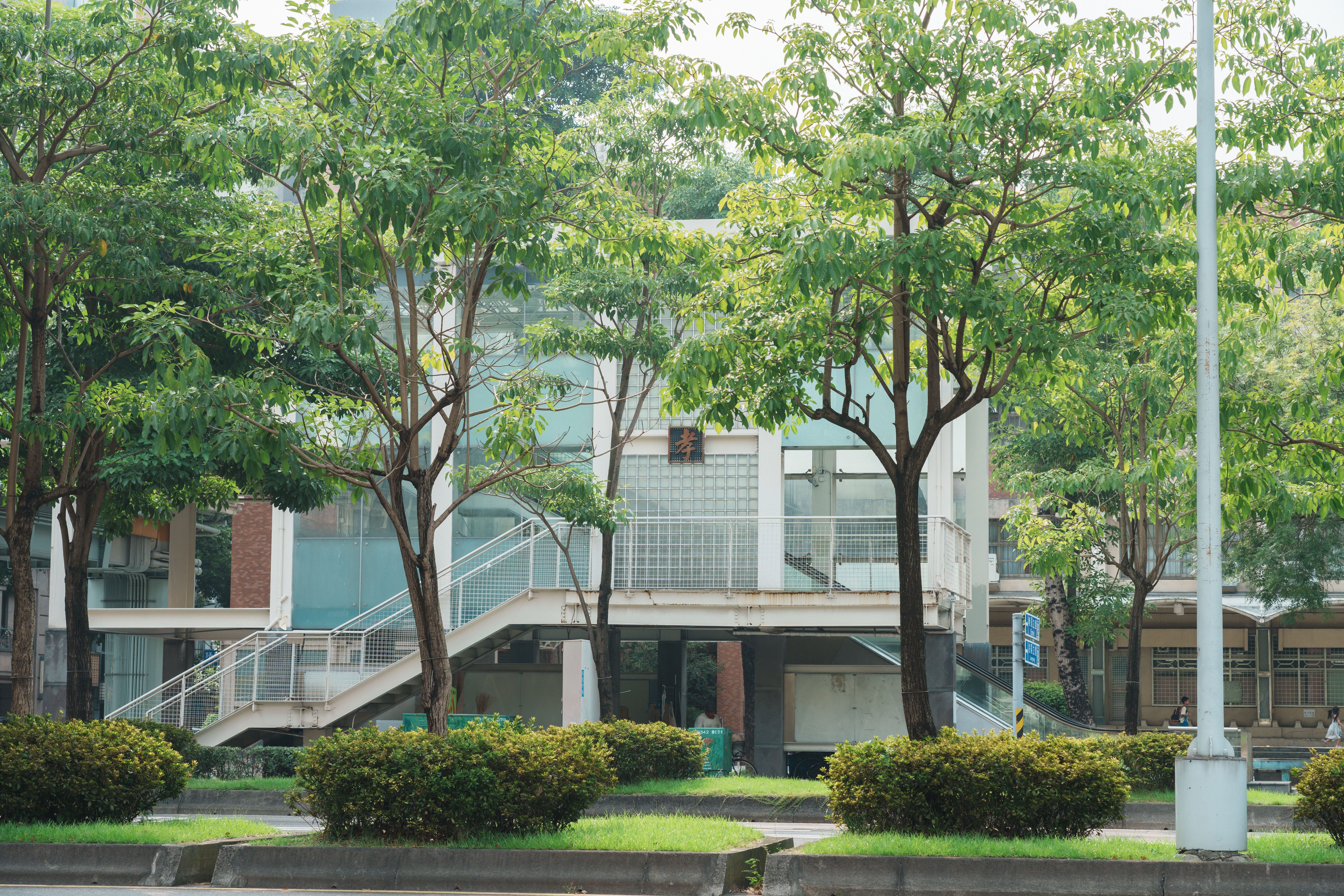
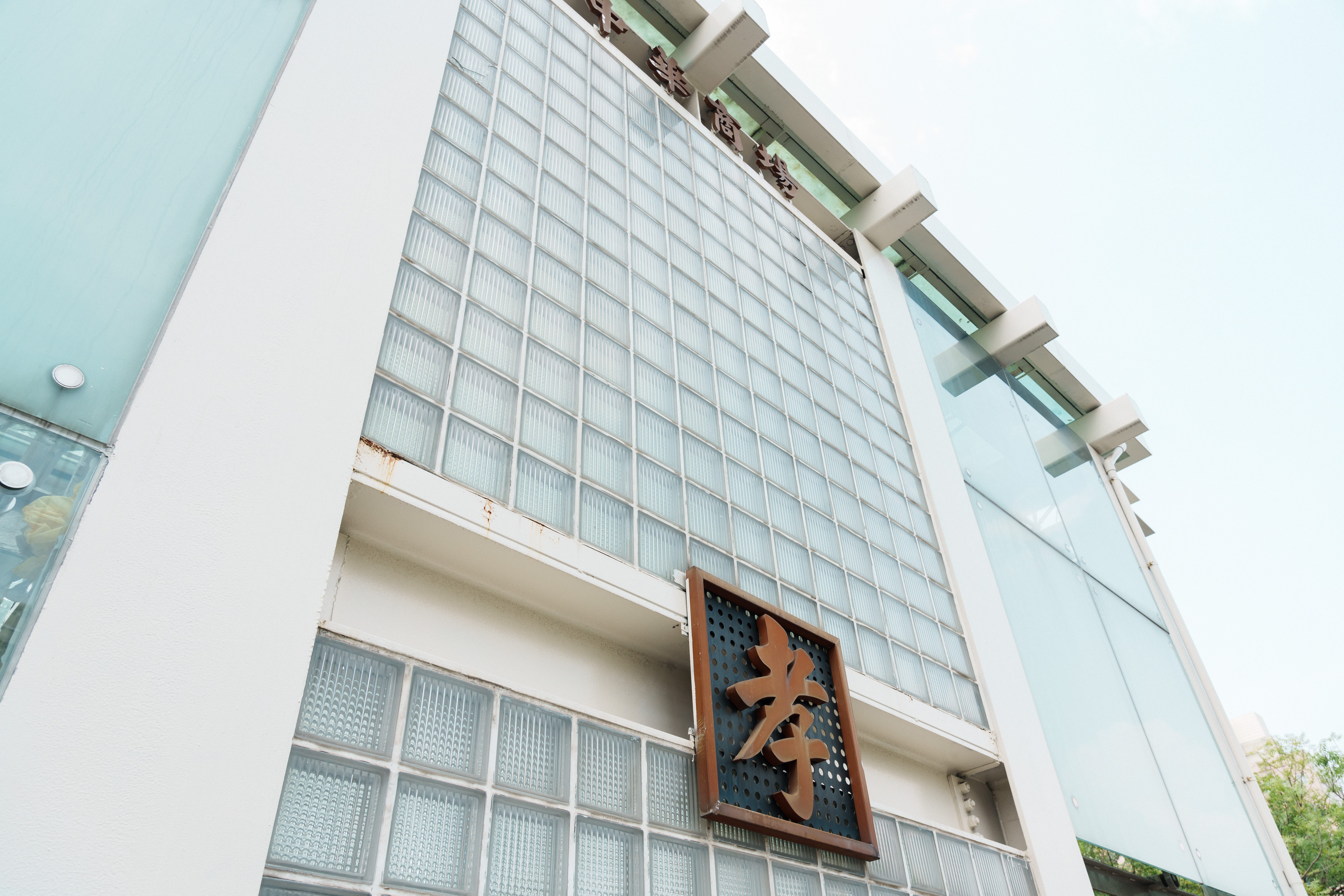
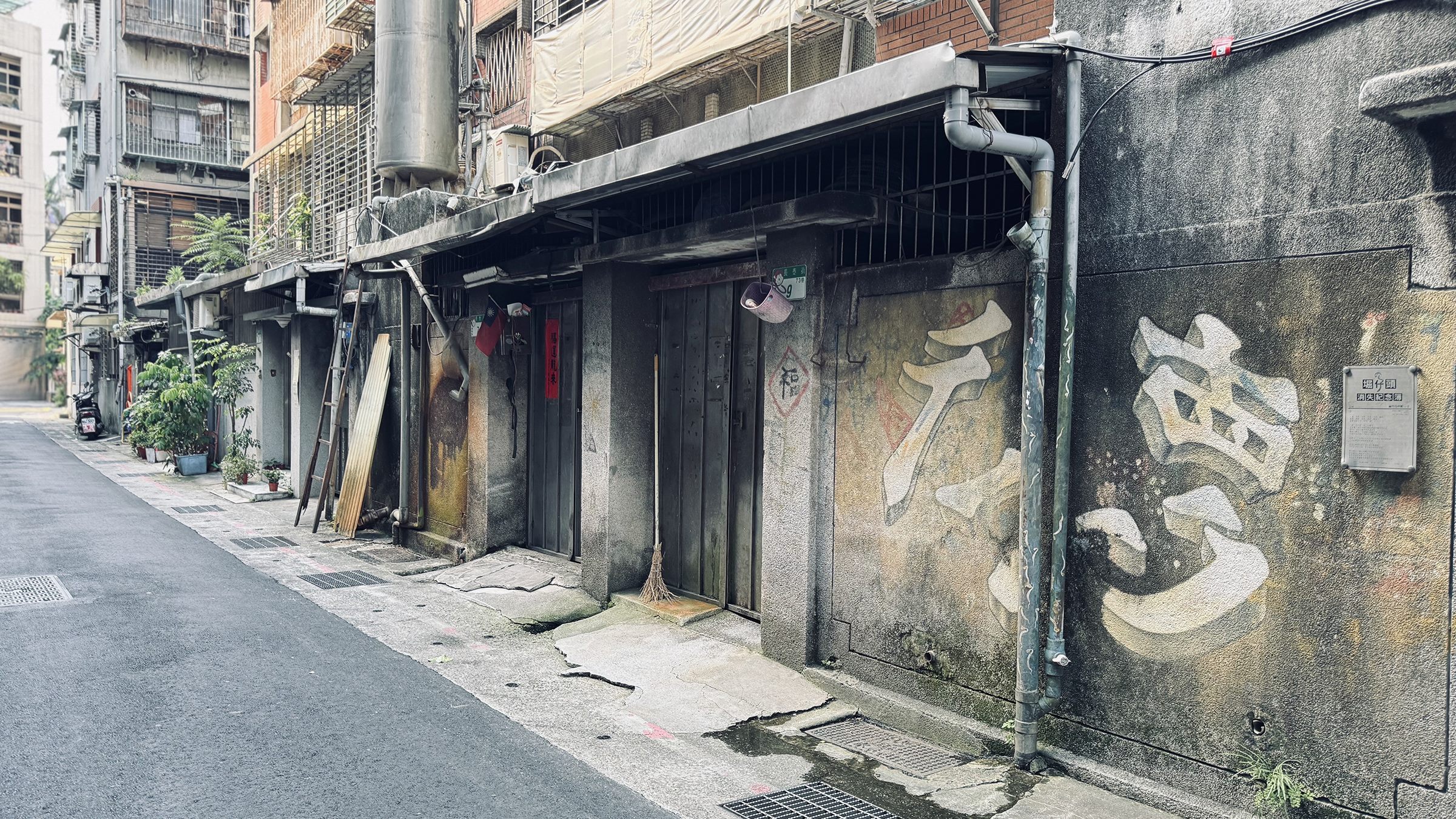

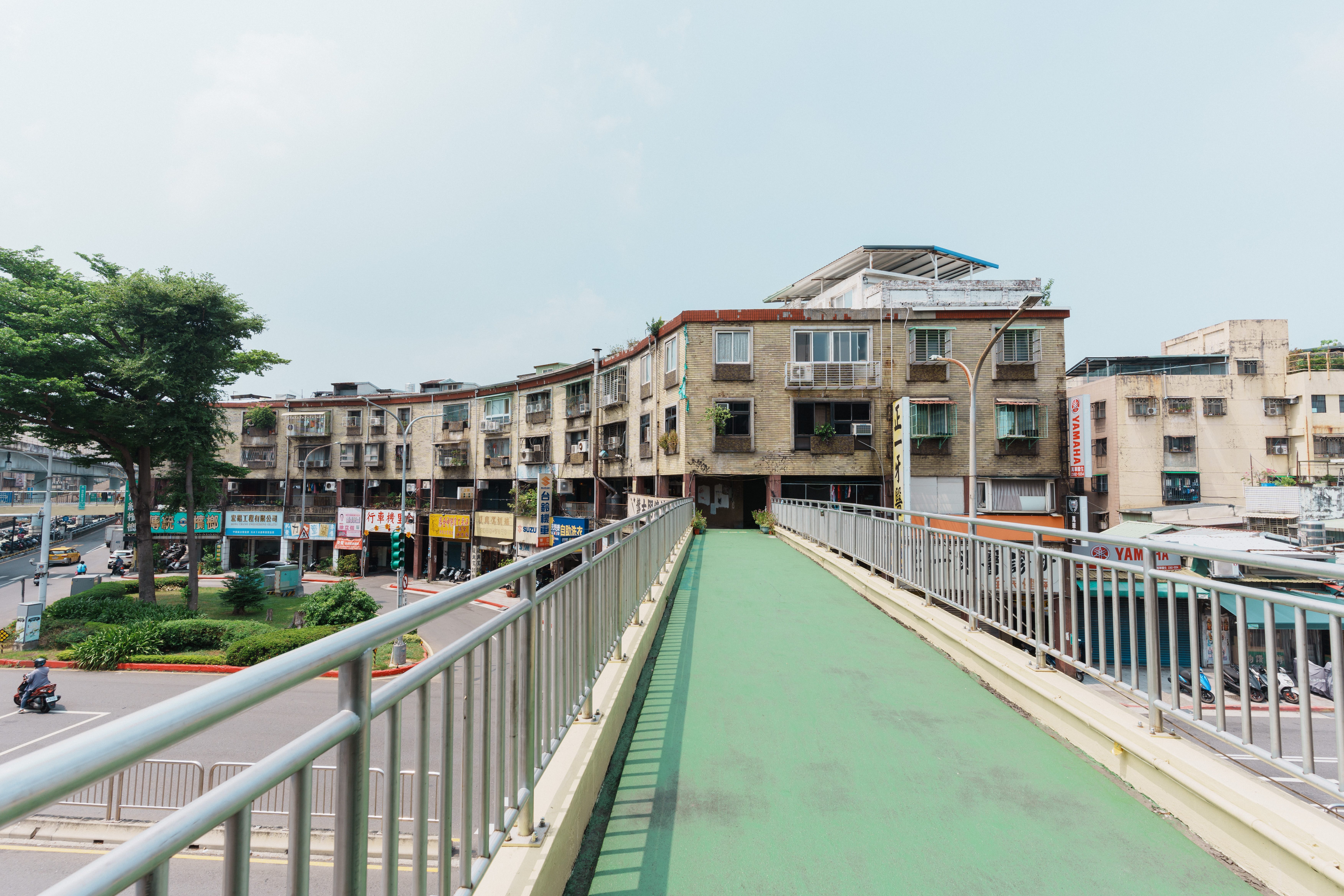
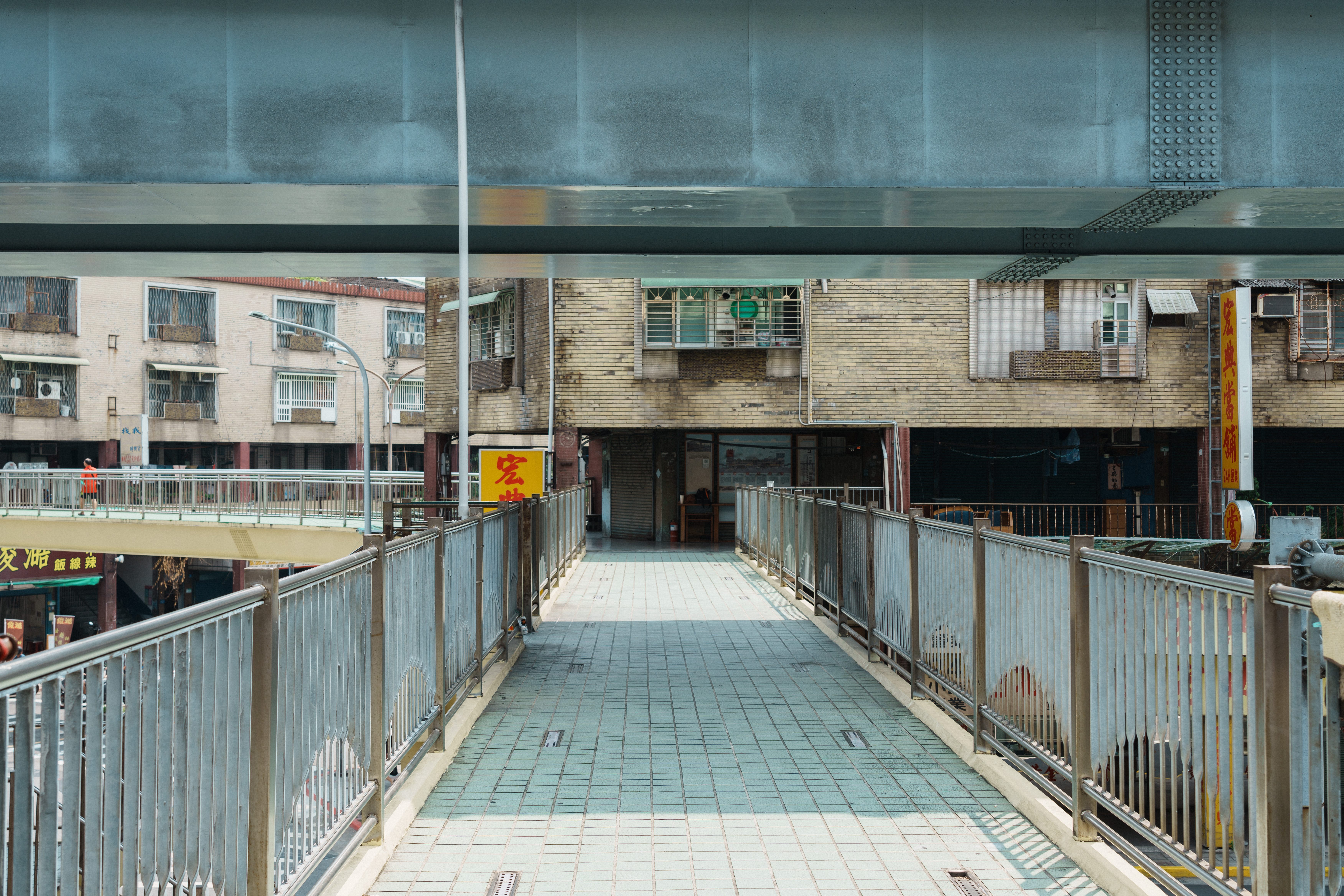
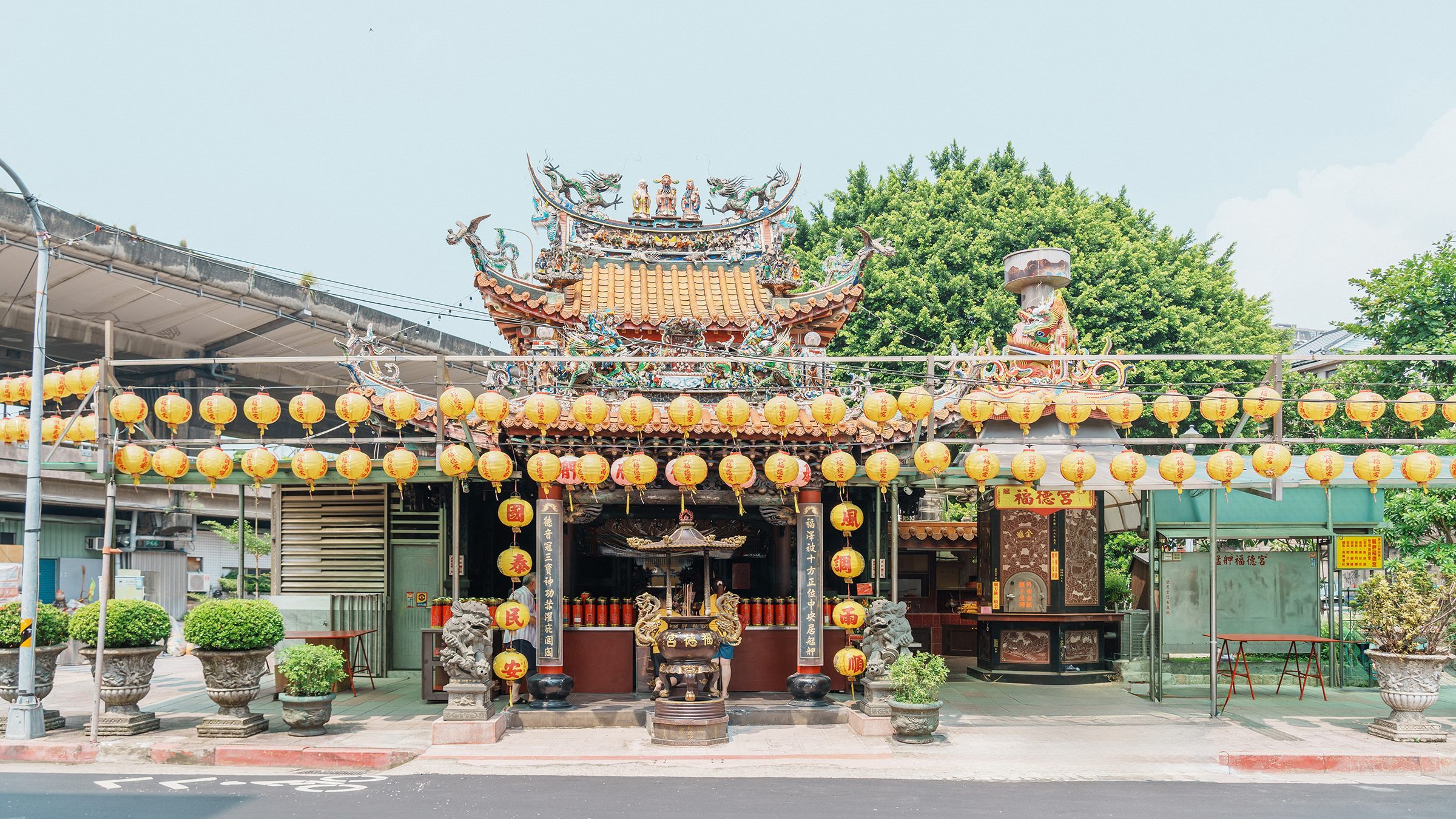
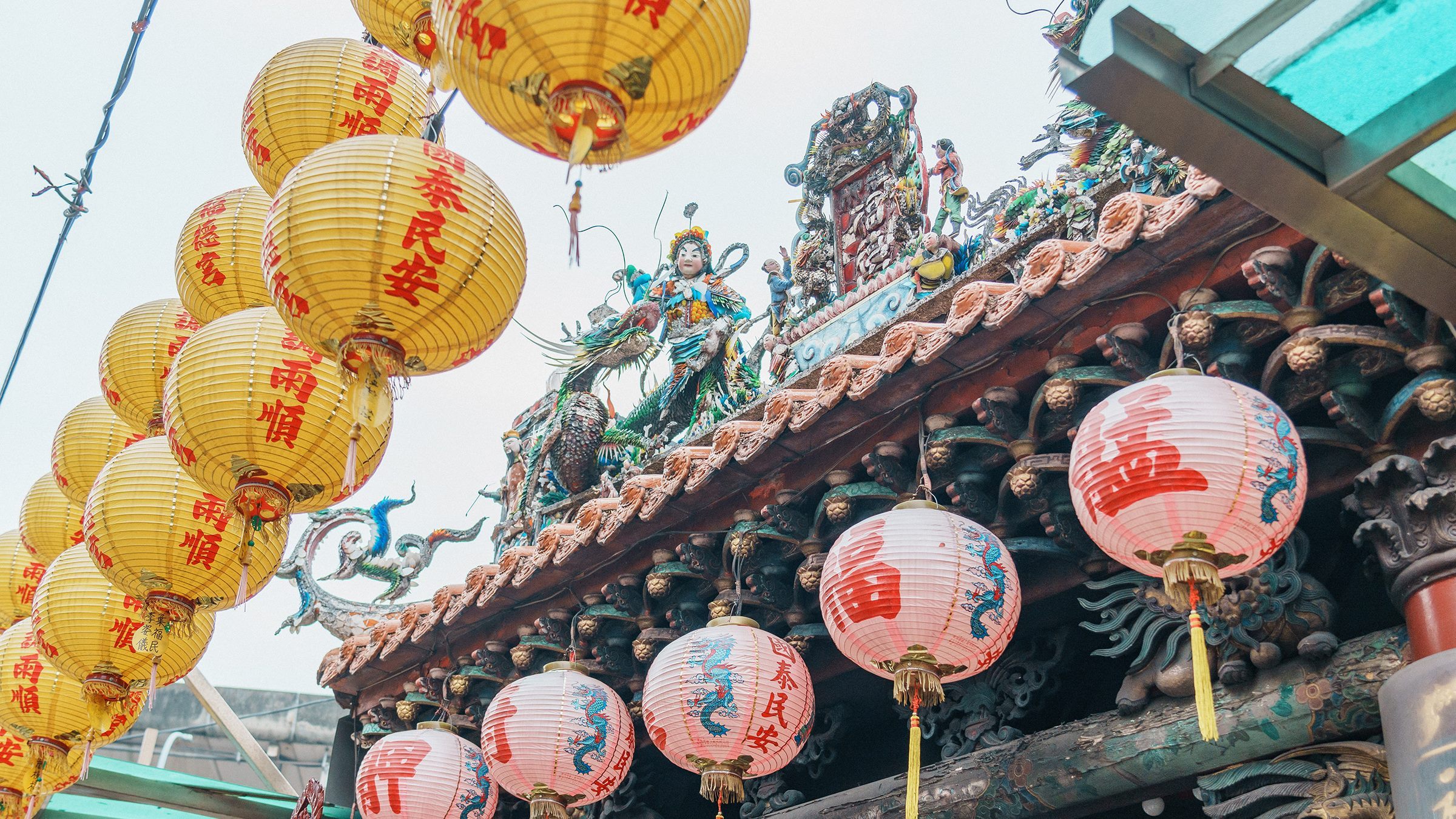

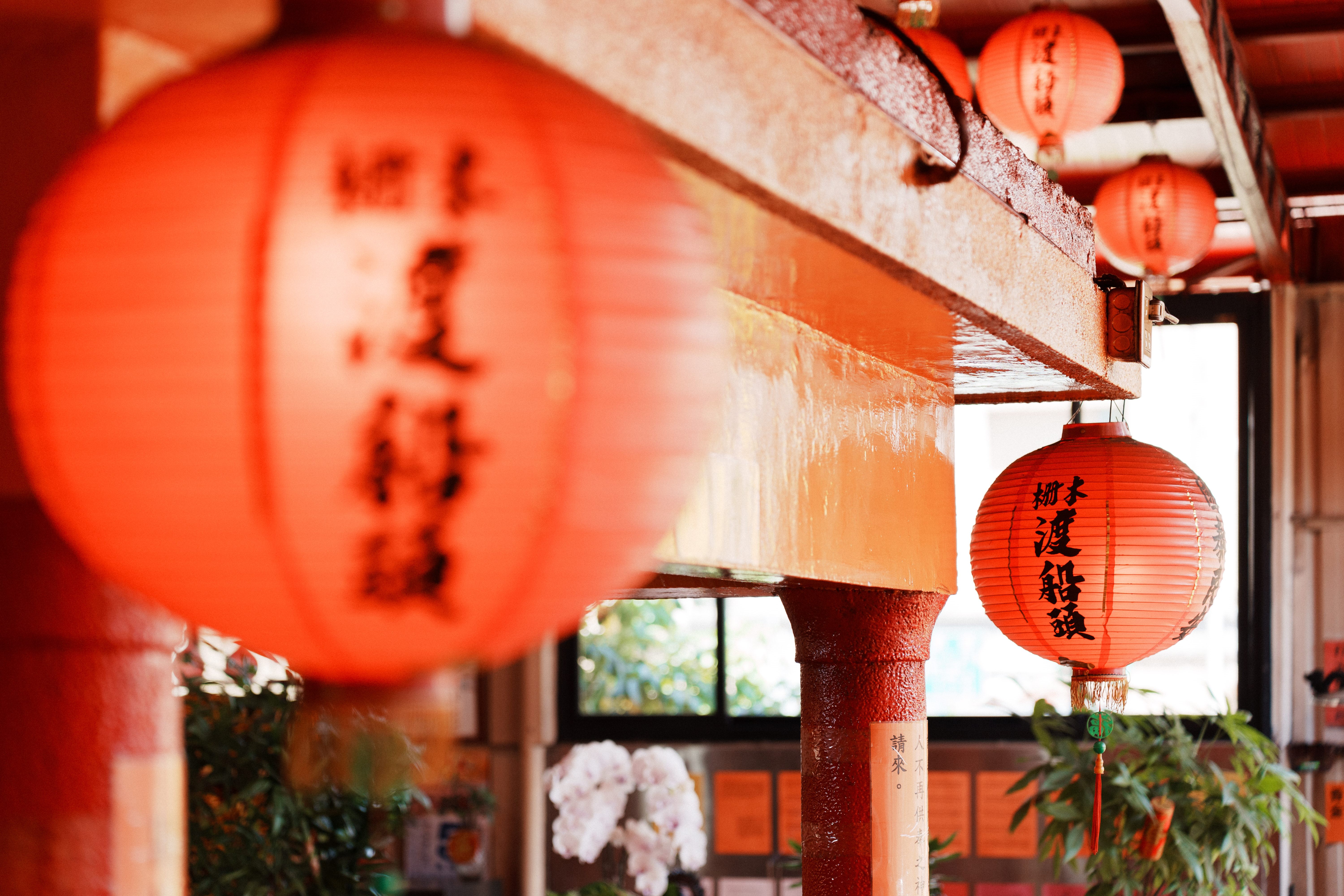

![我的E政府 [另開新視窗]](/images/egov.png)
